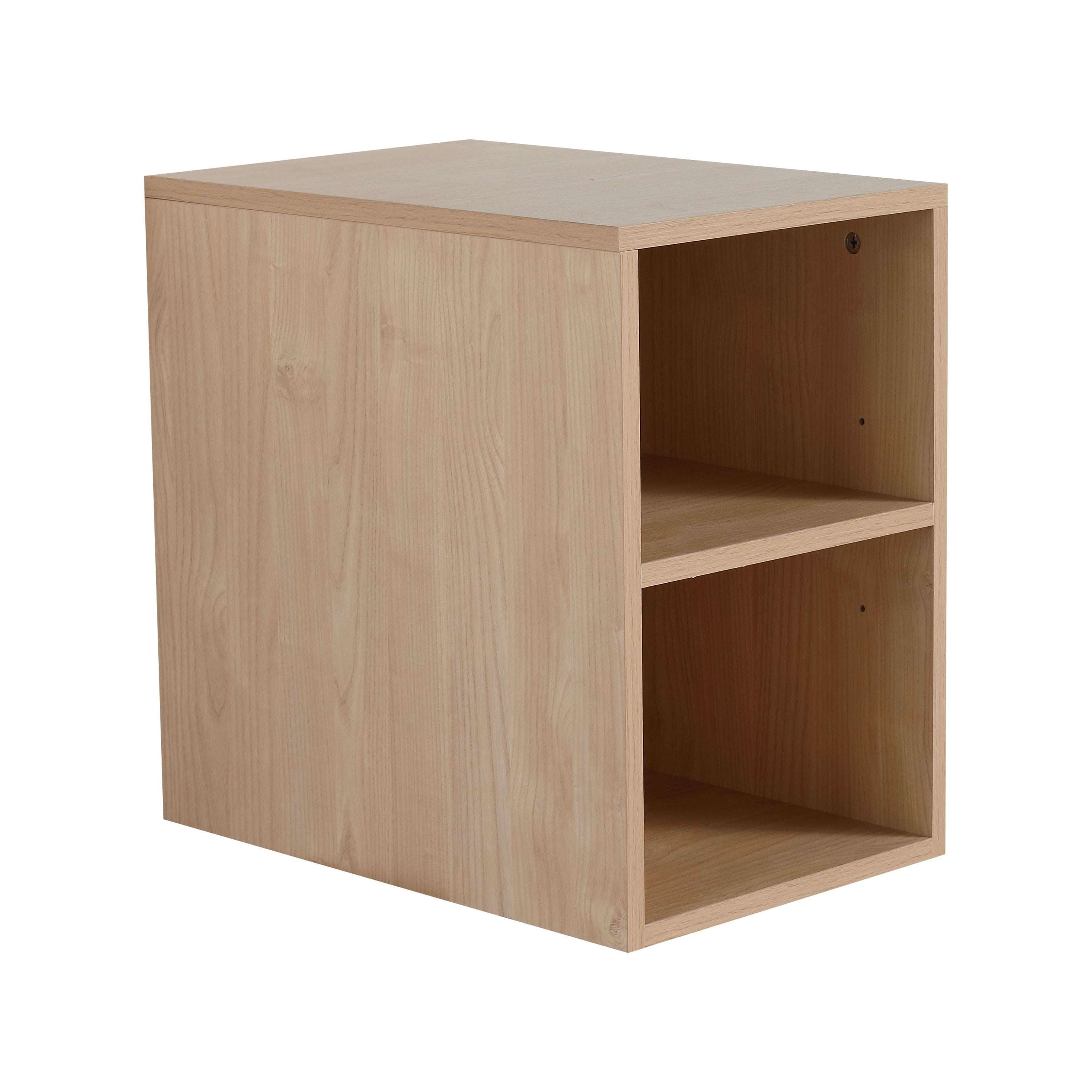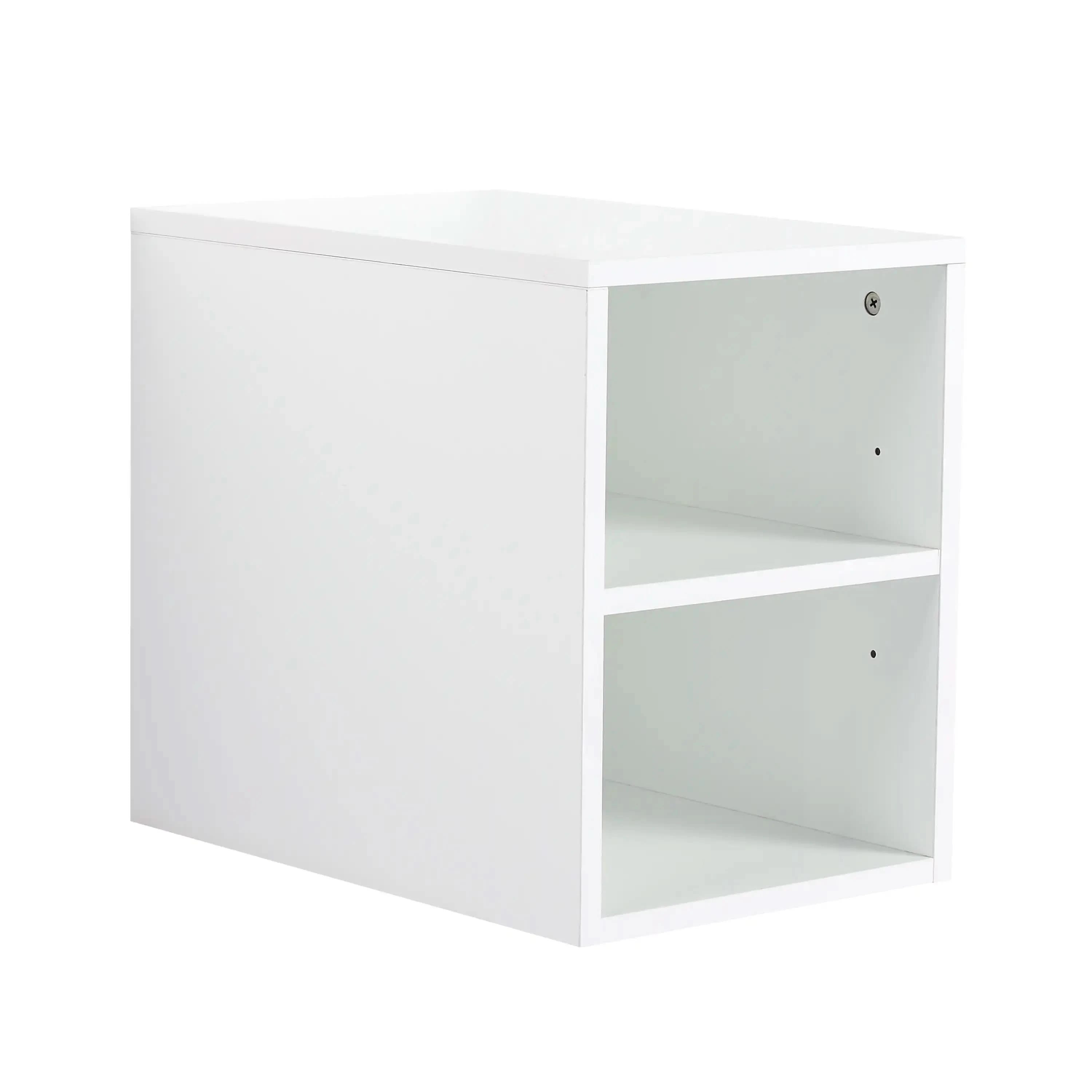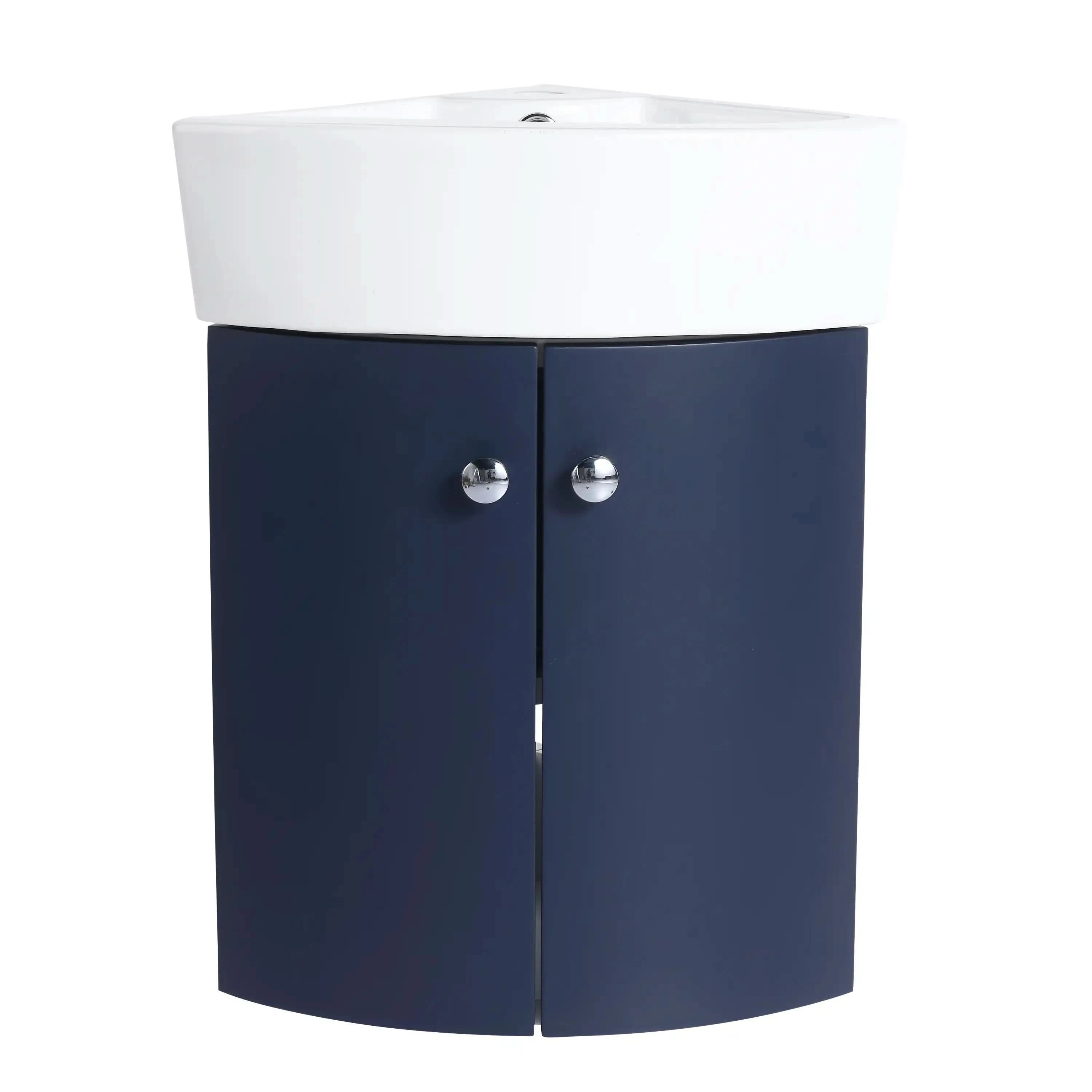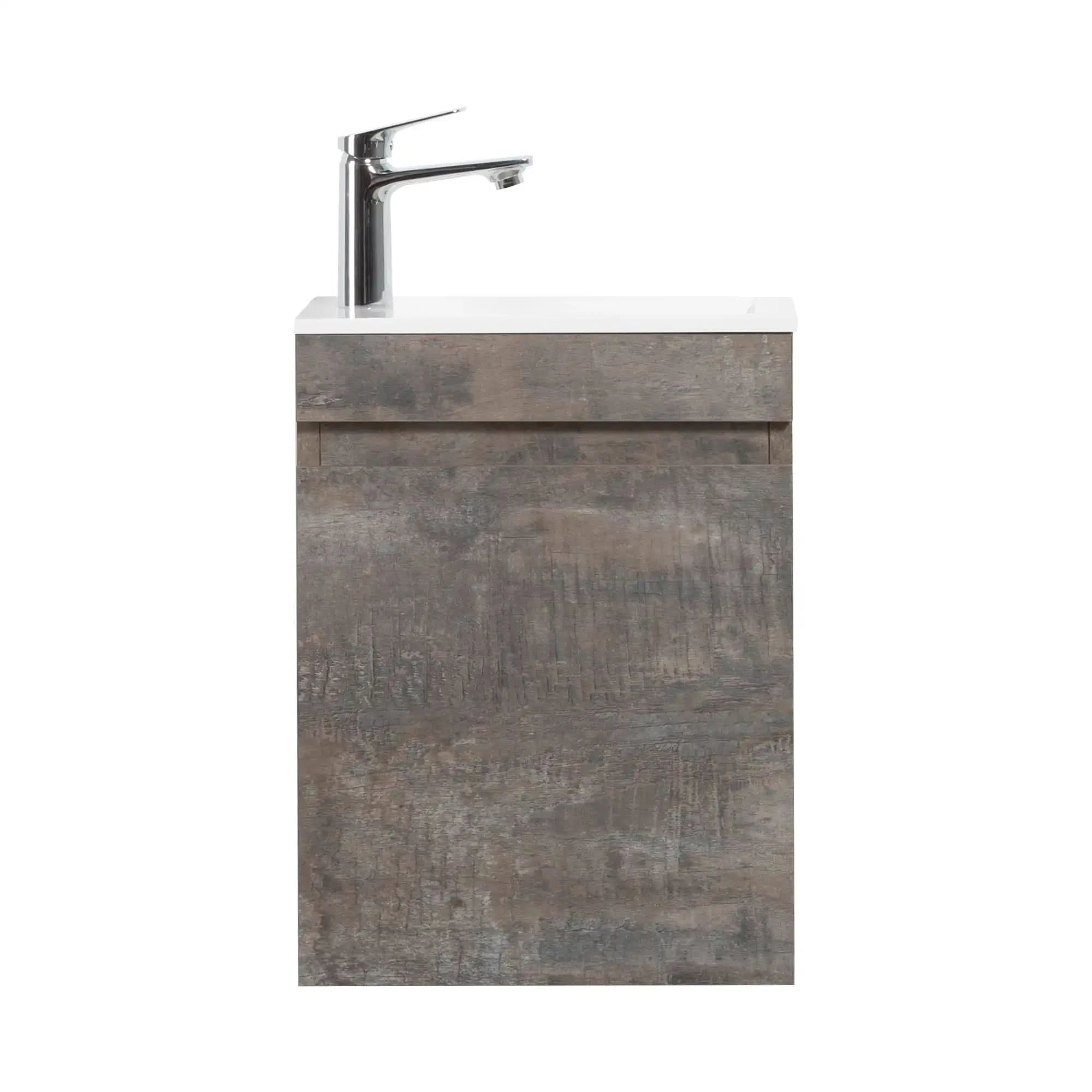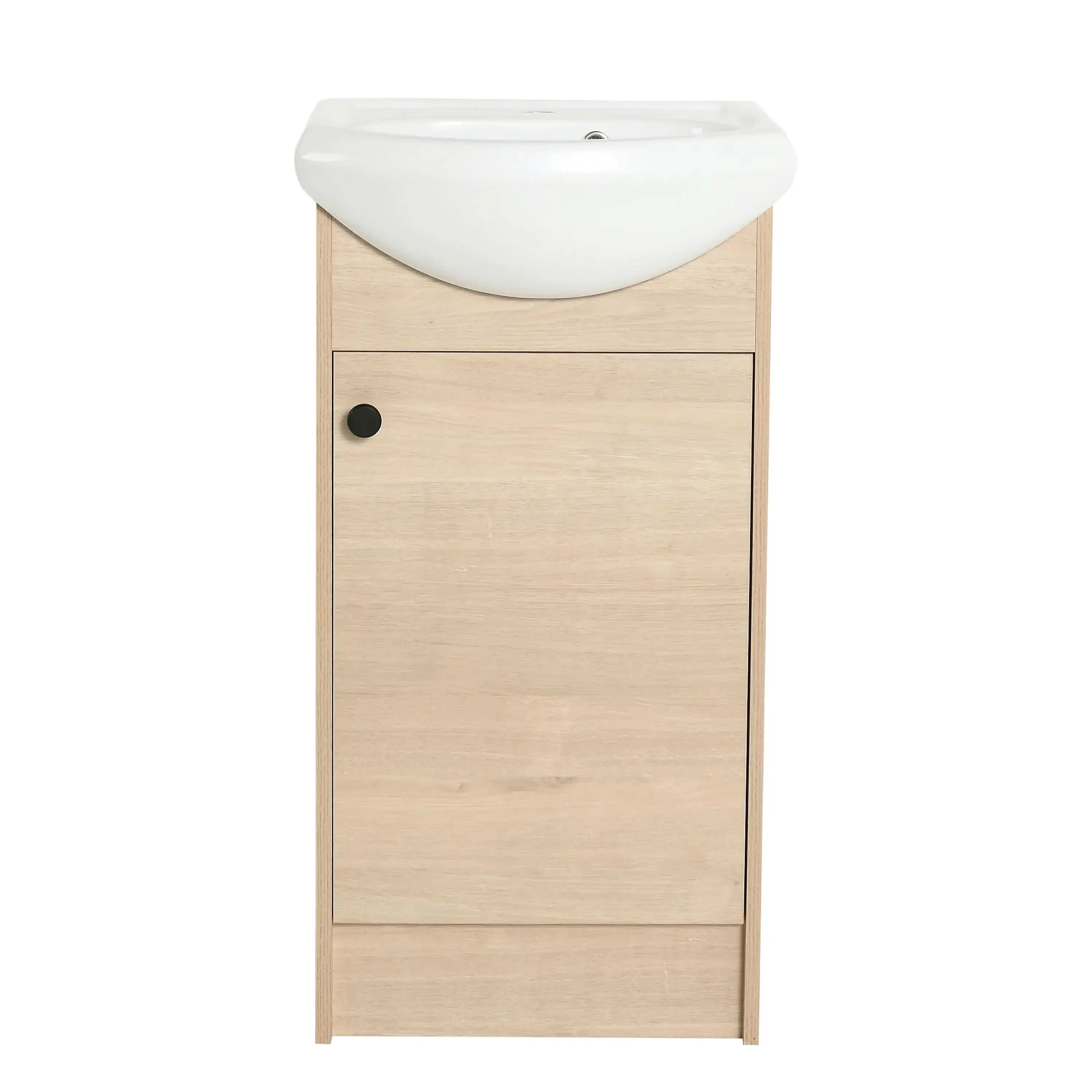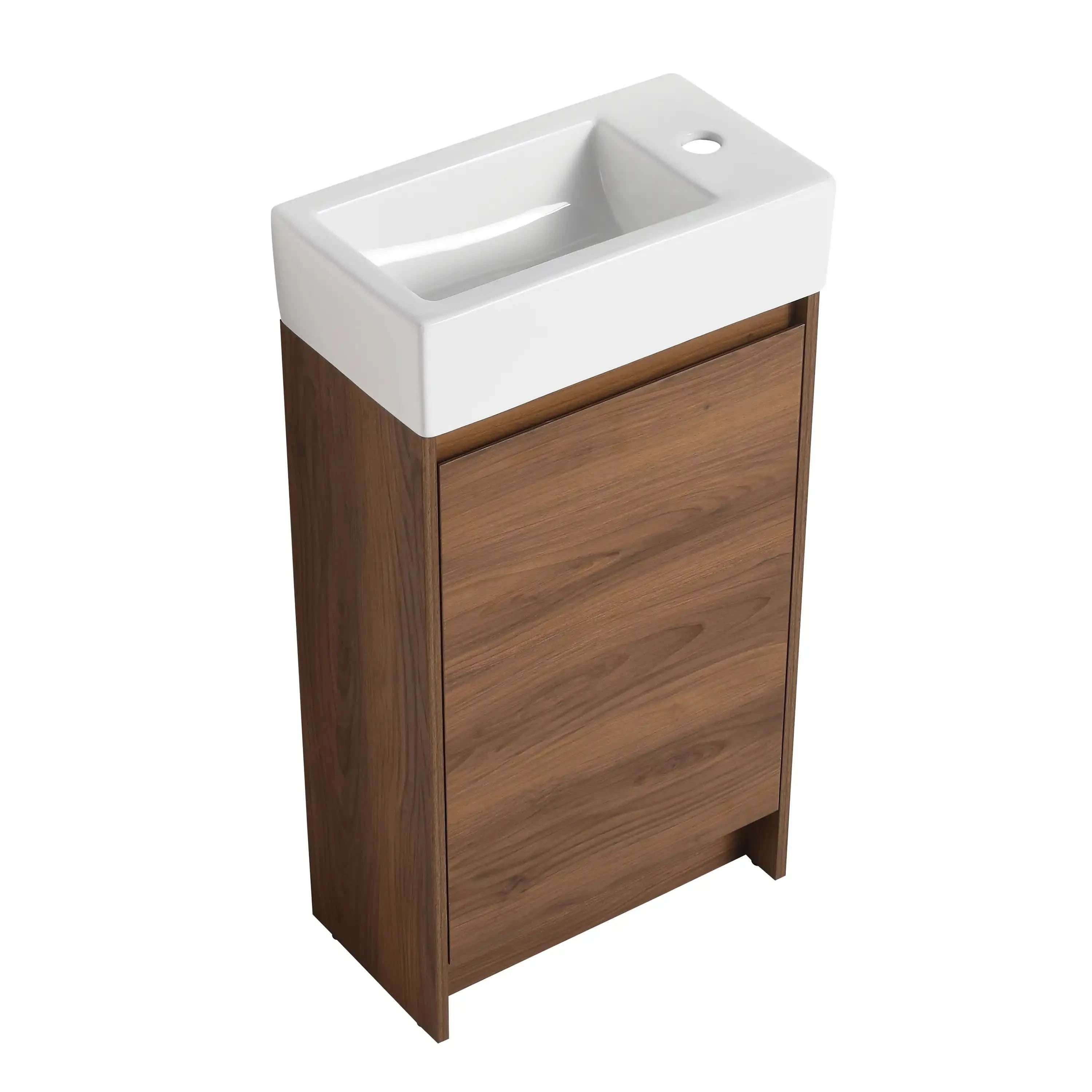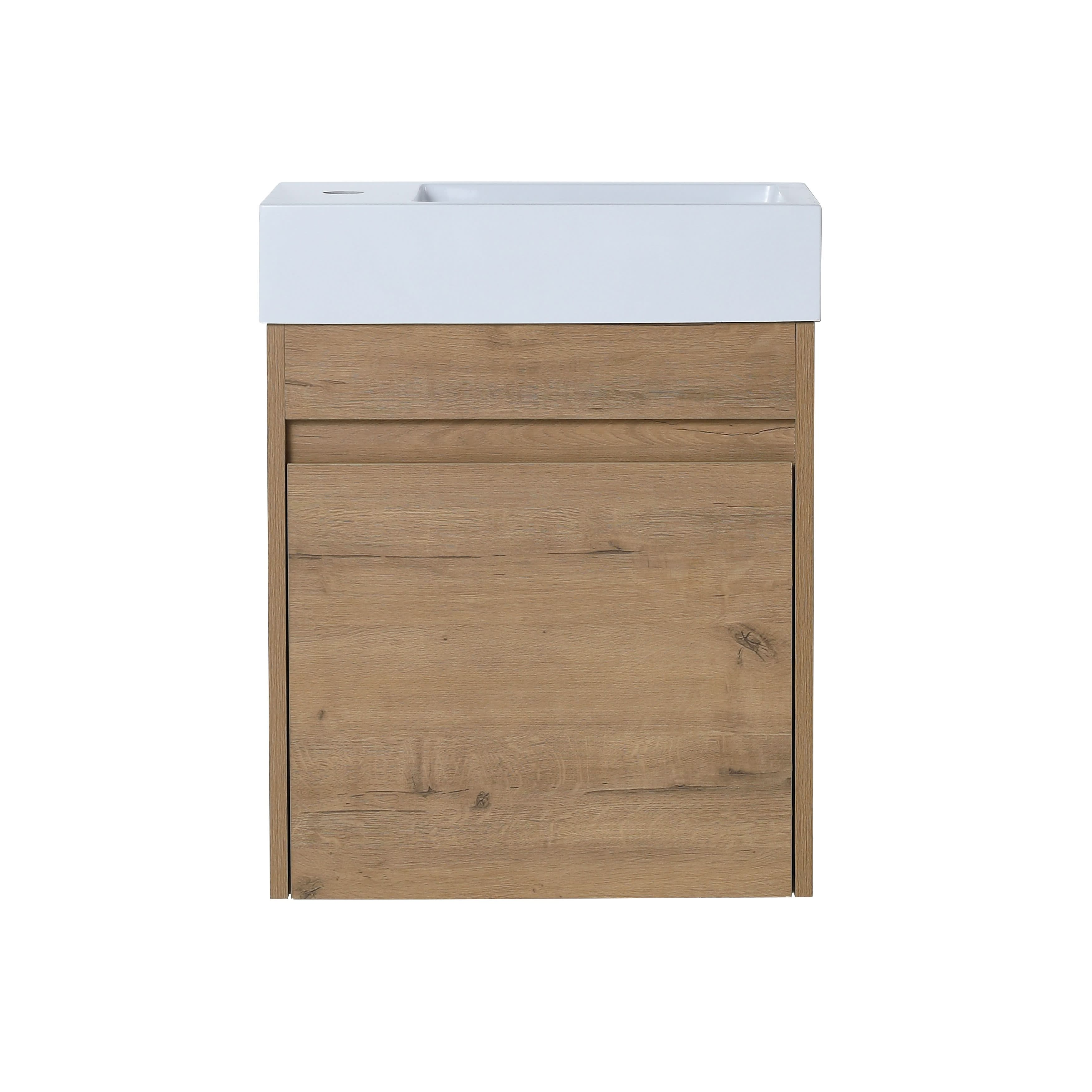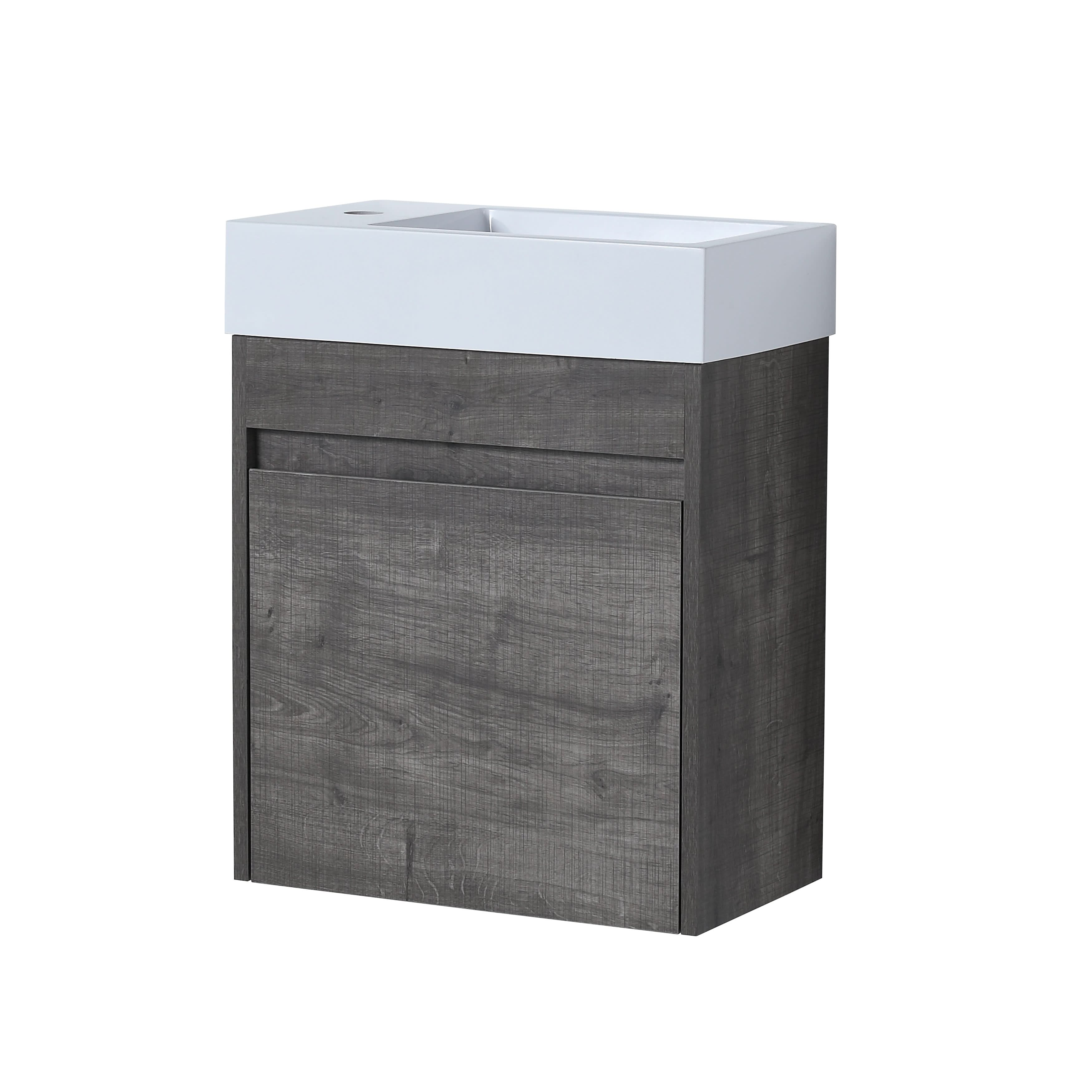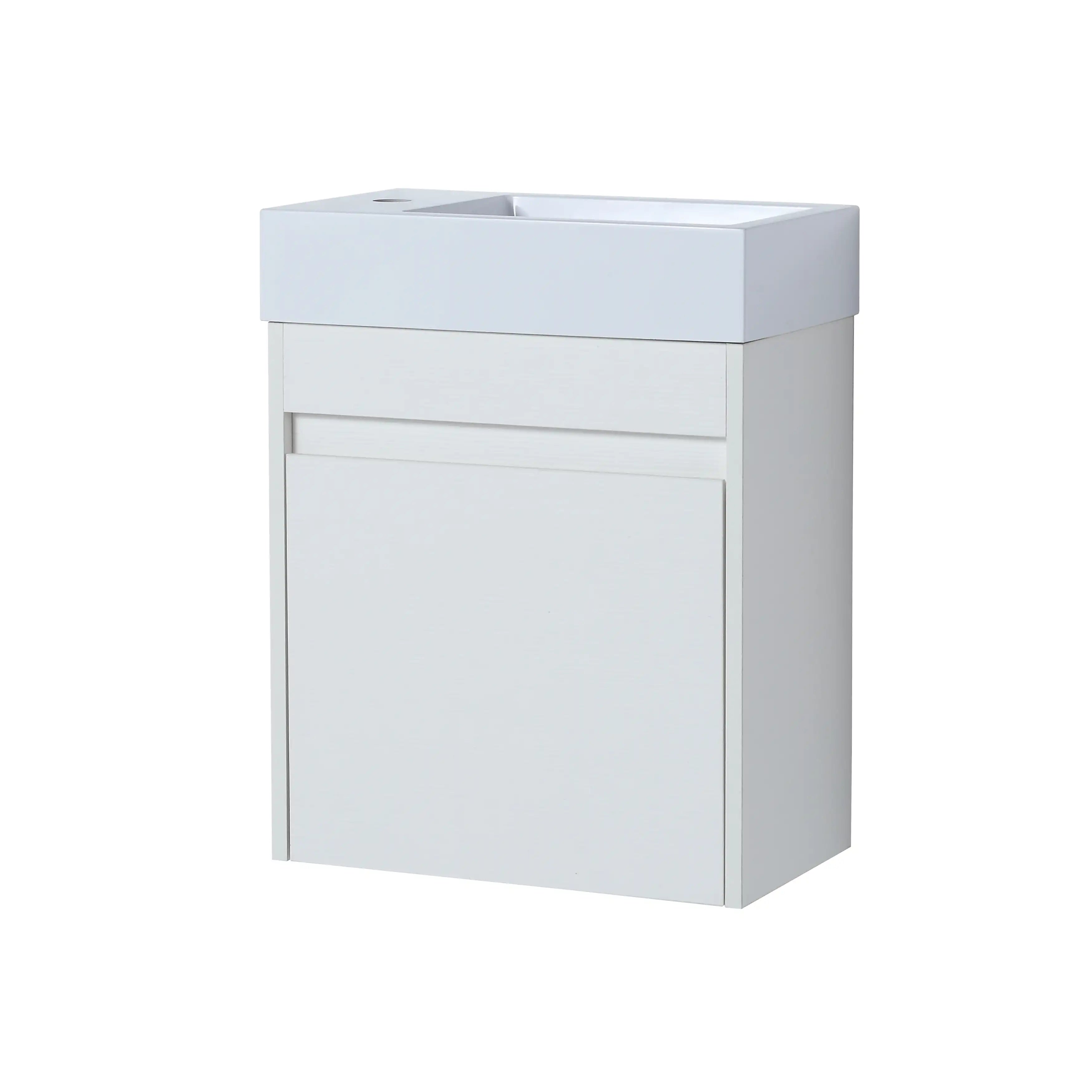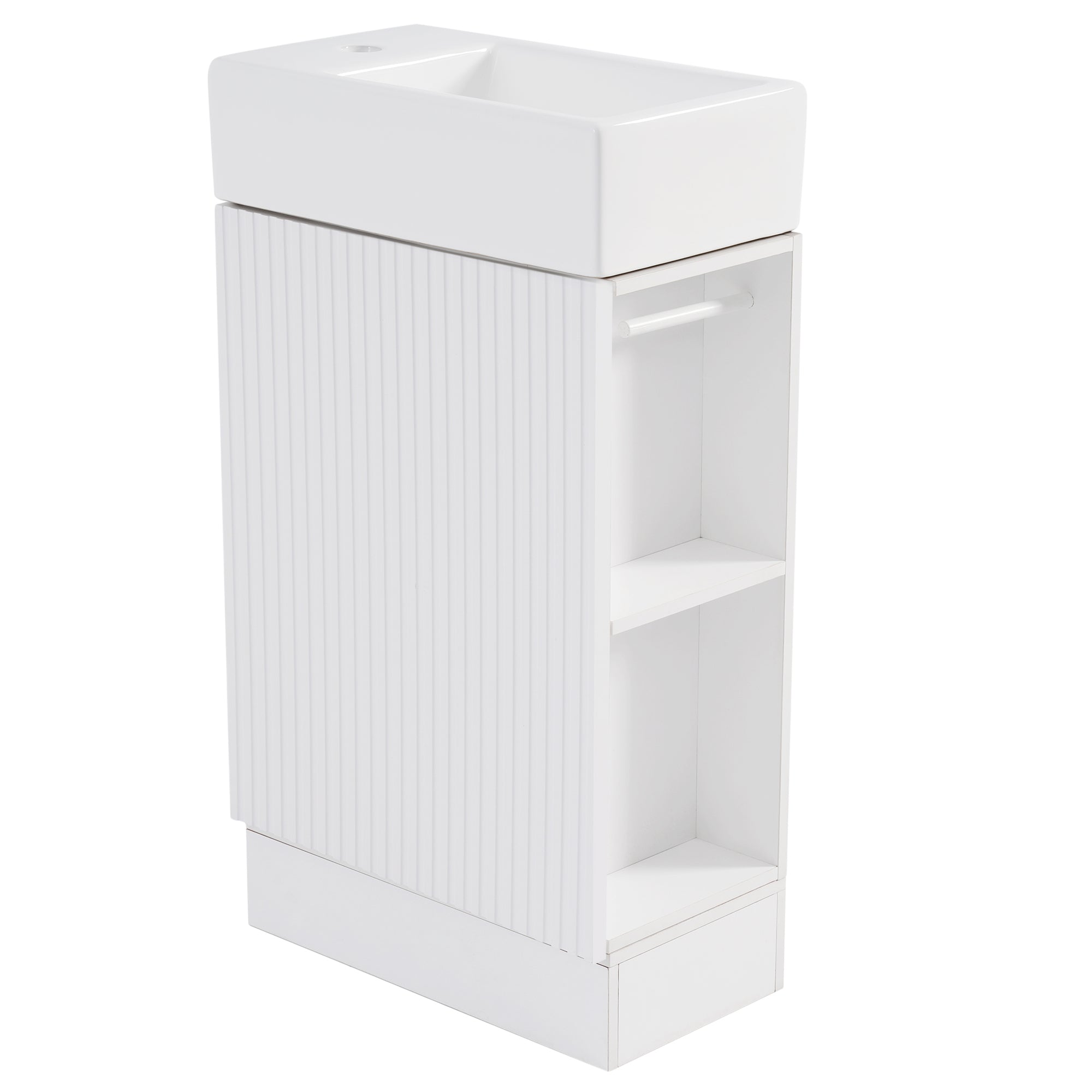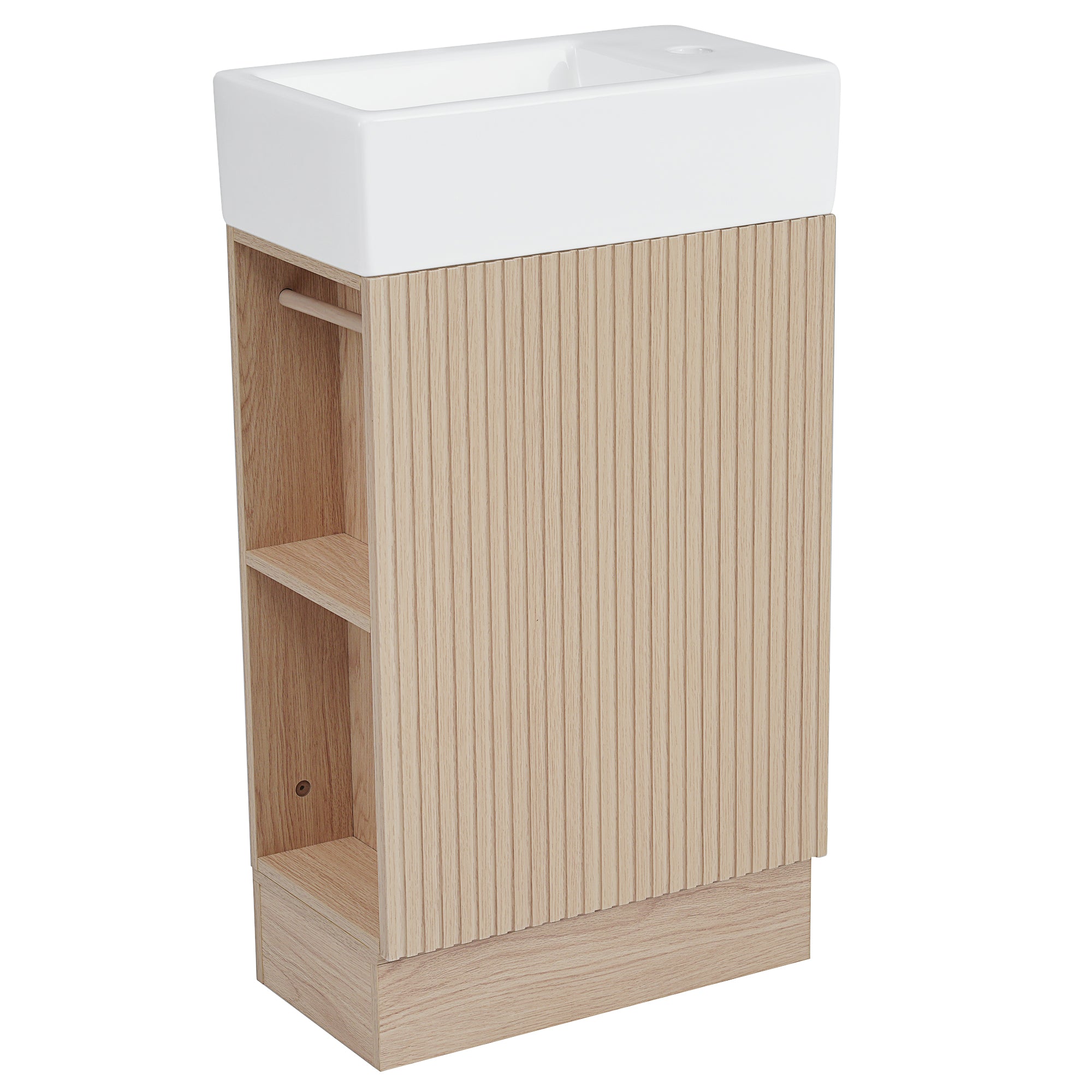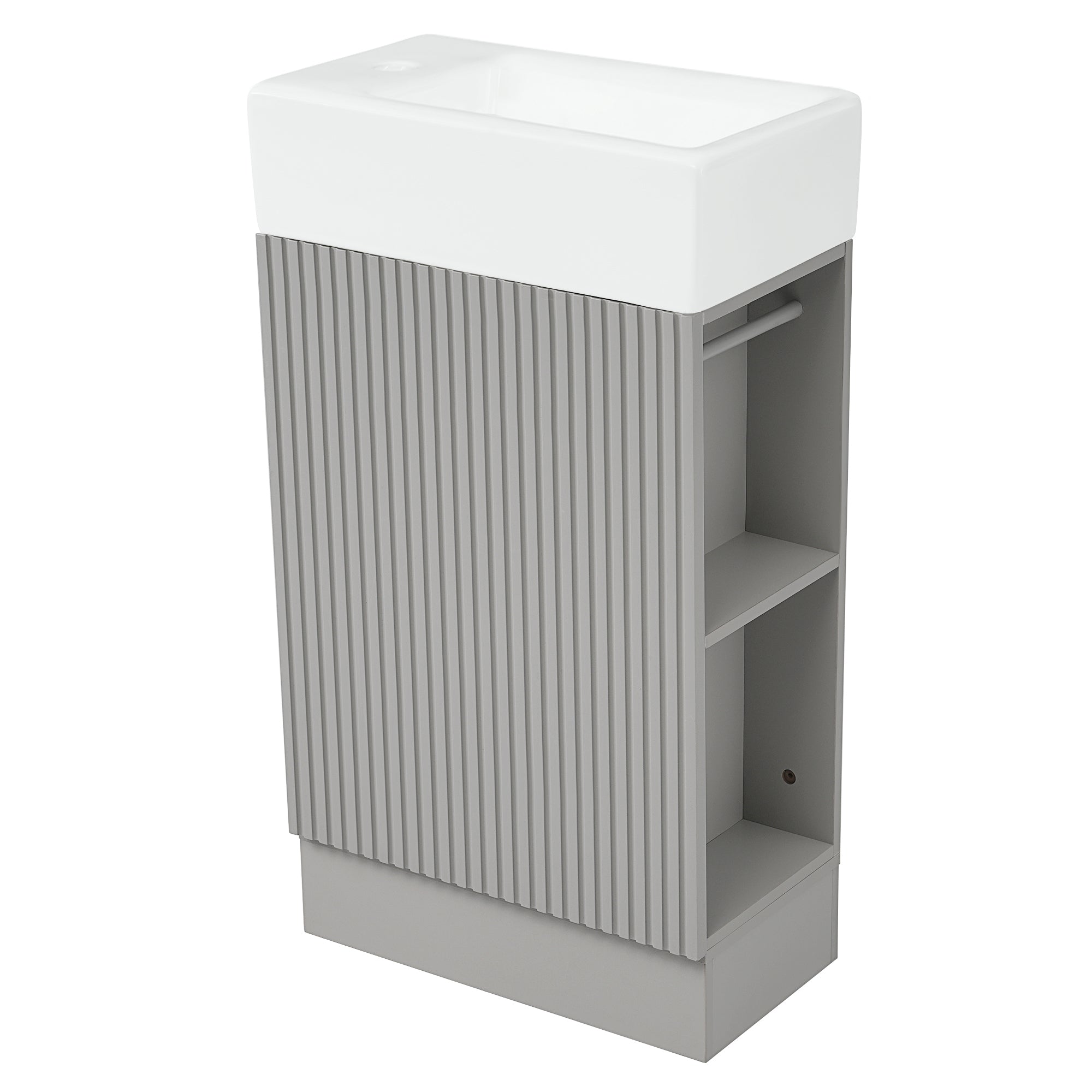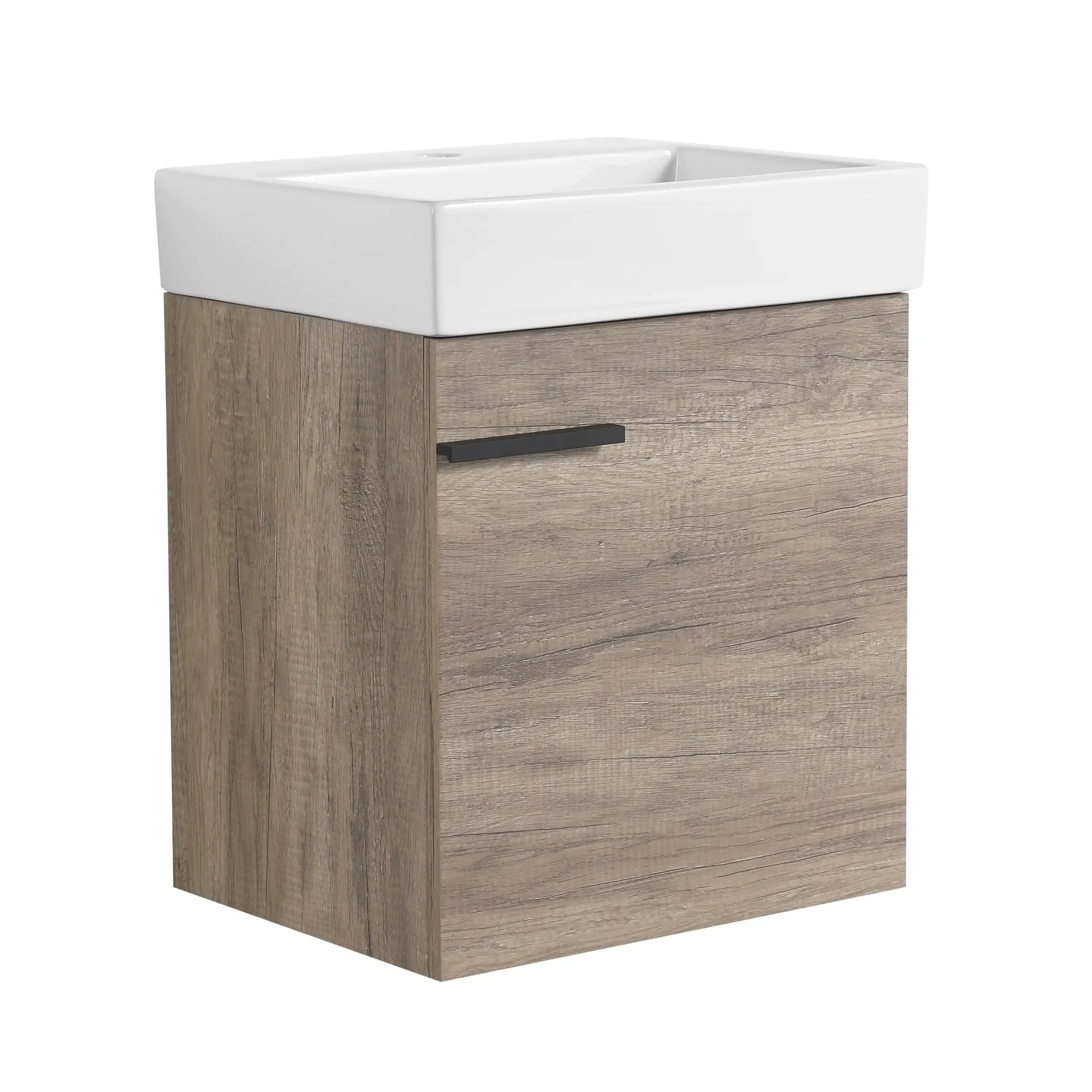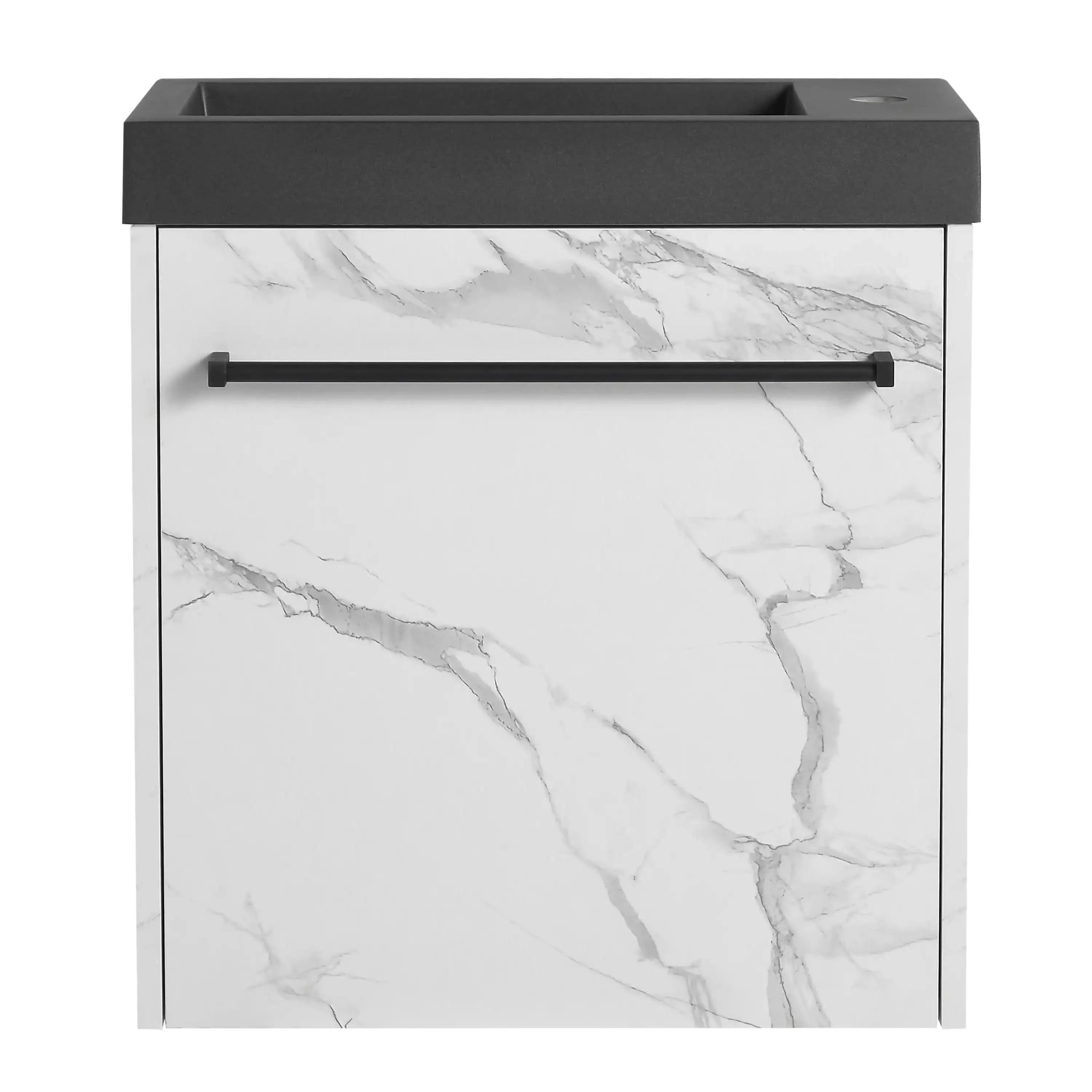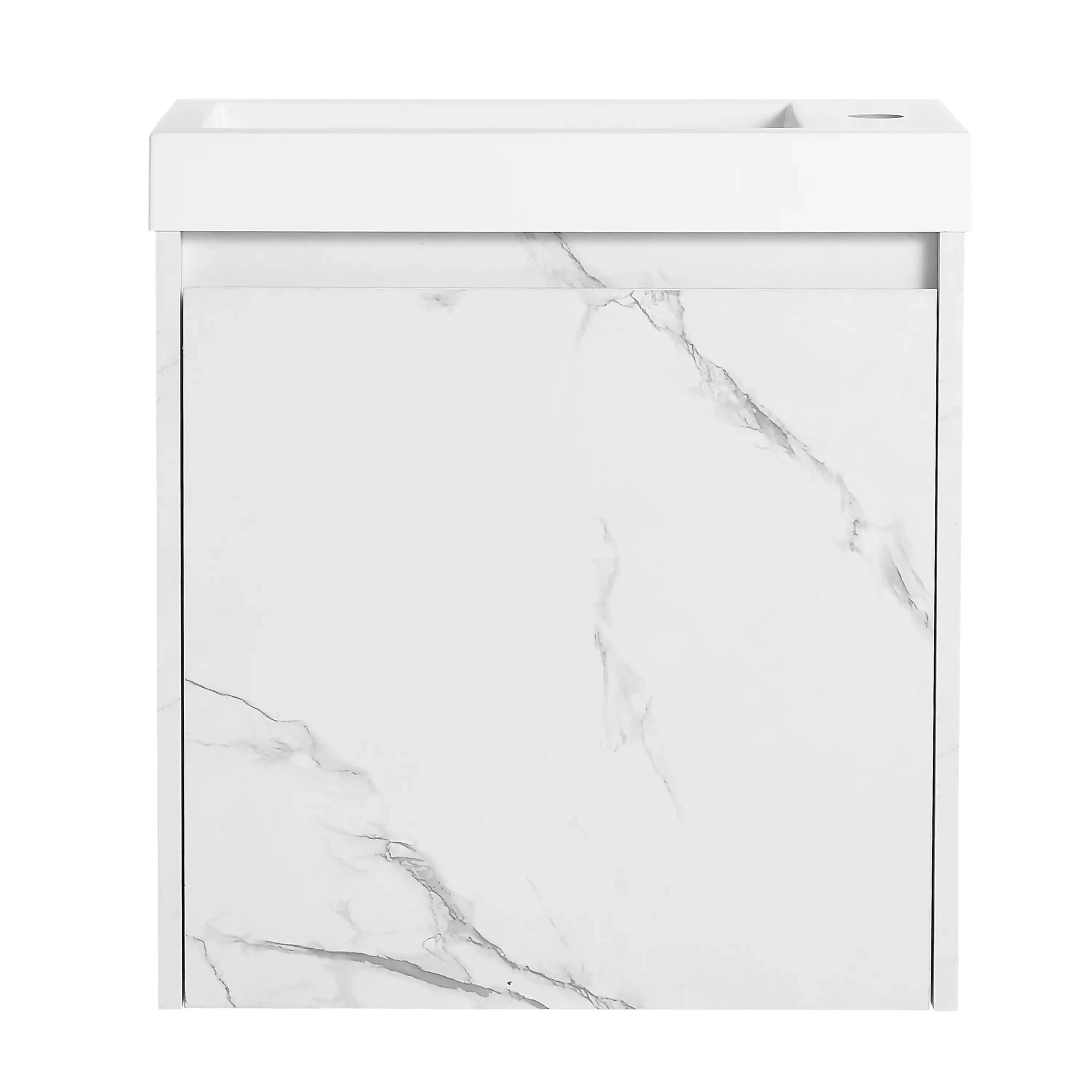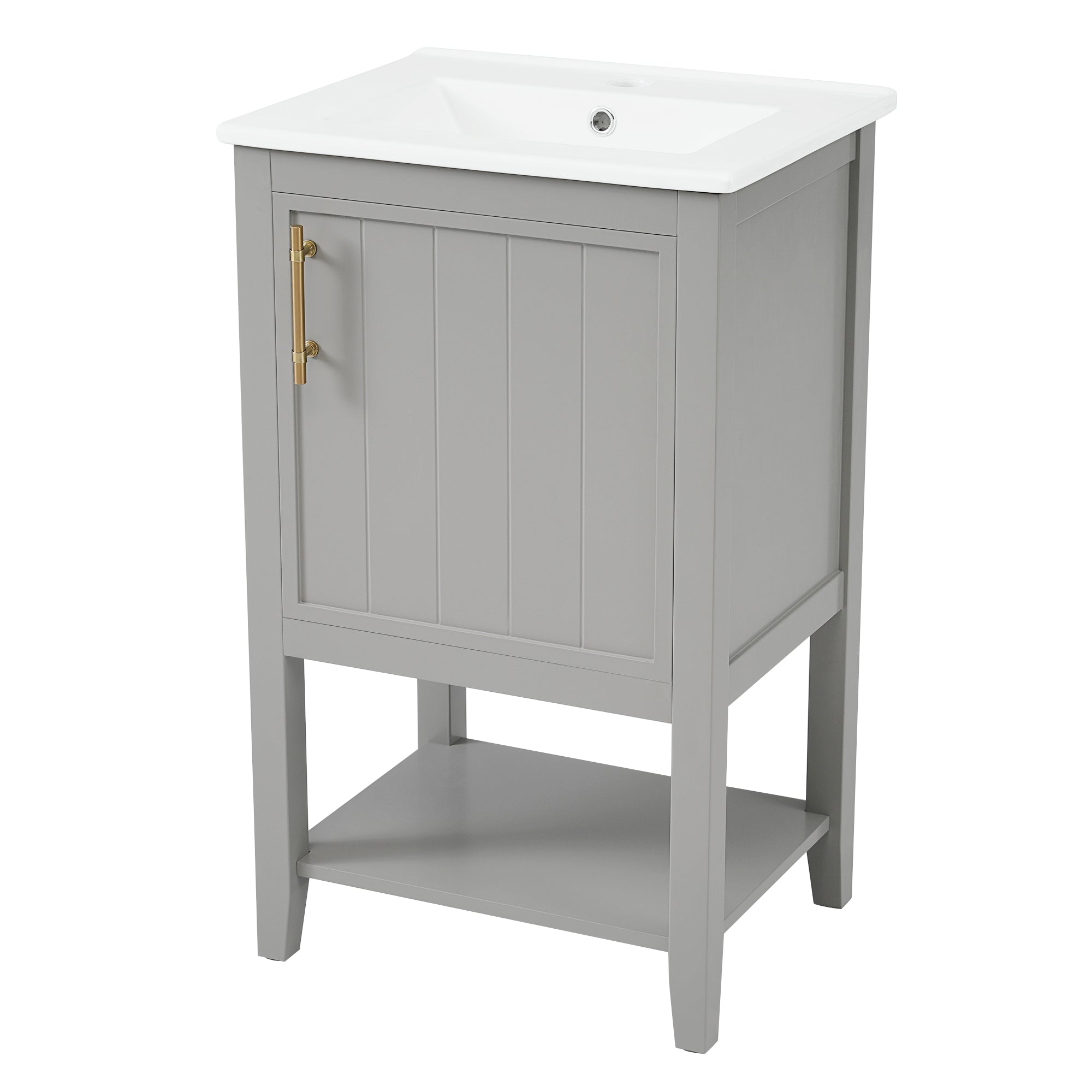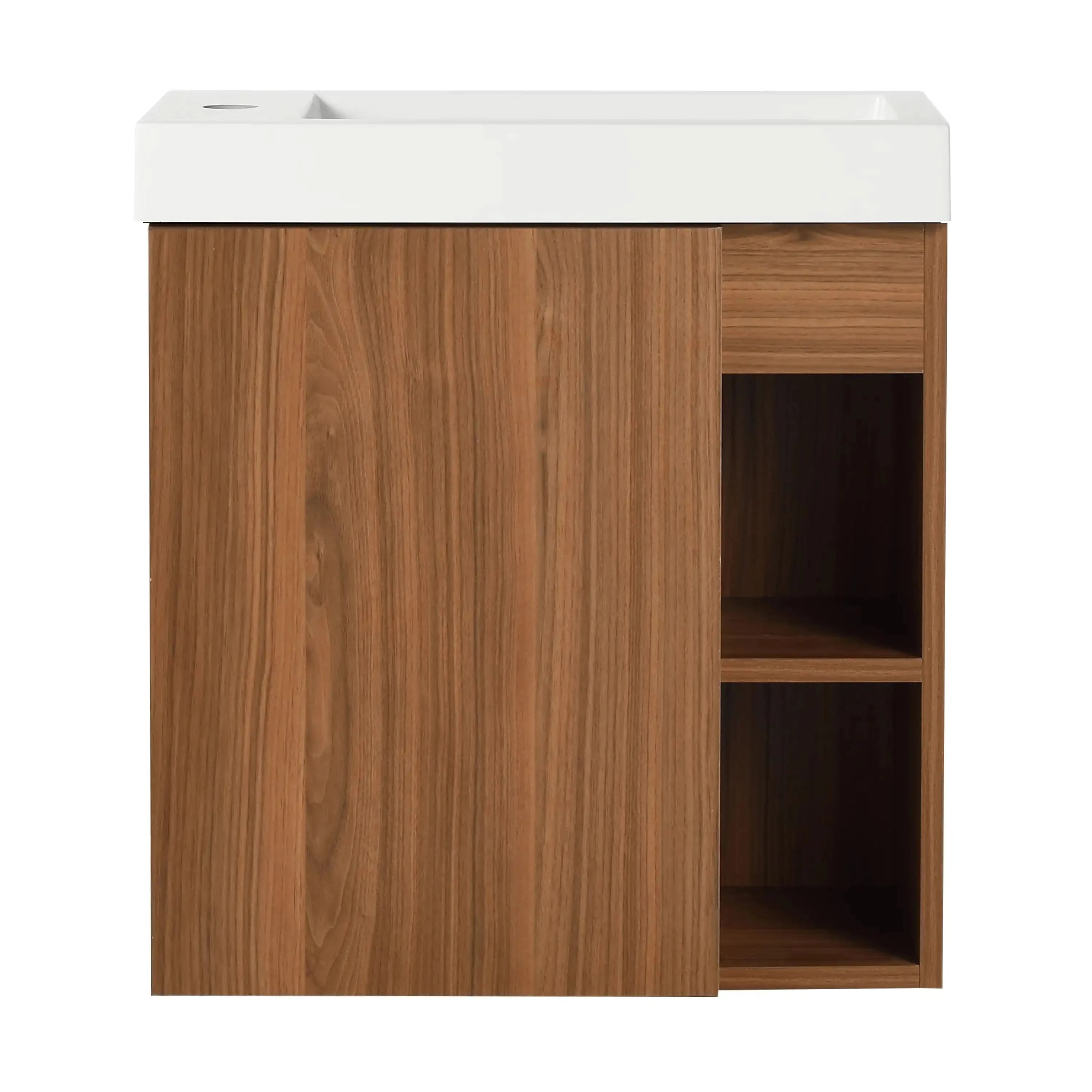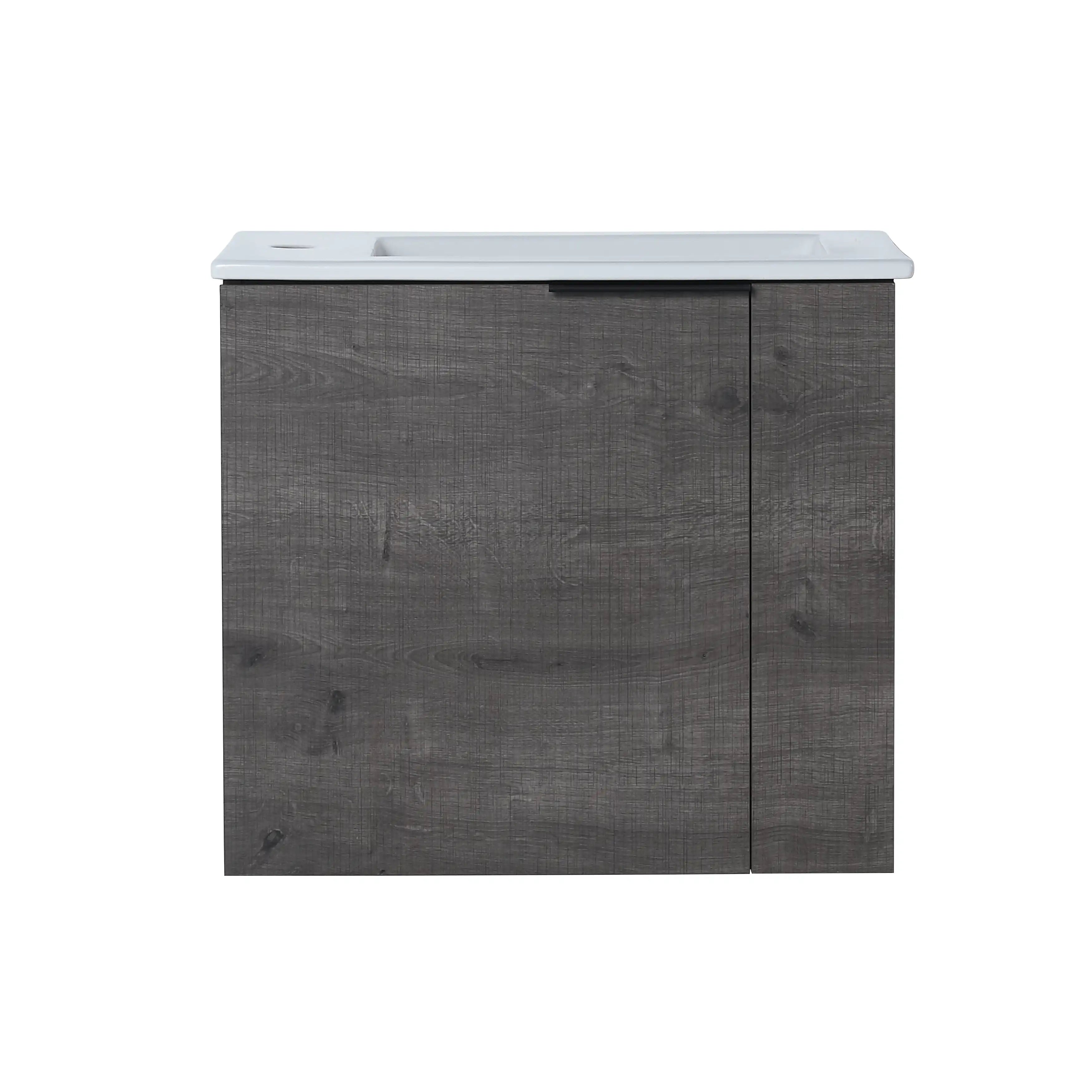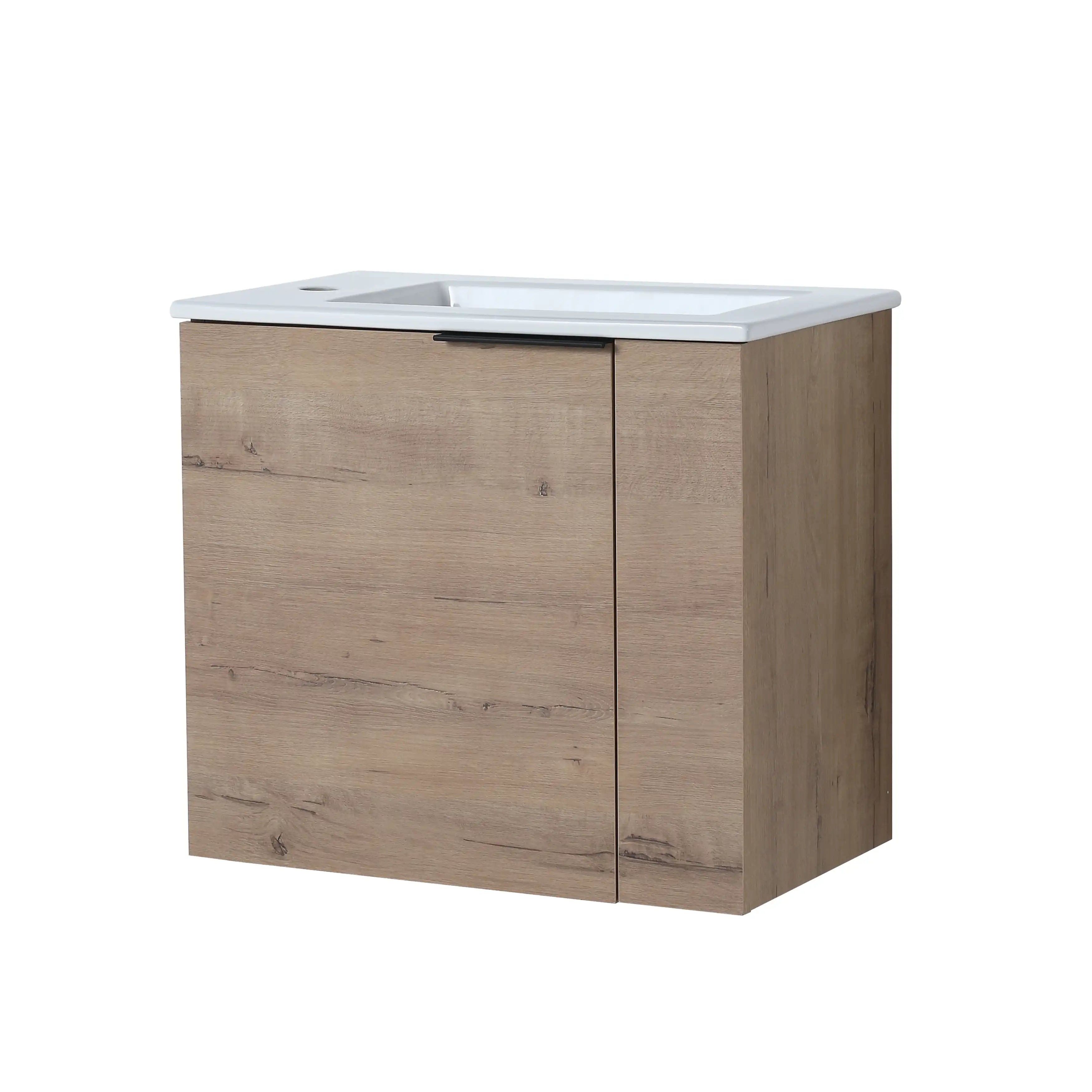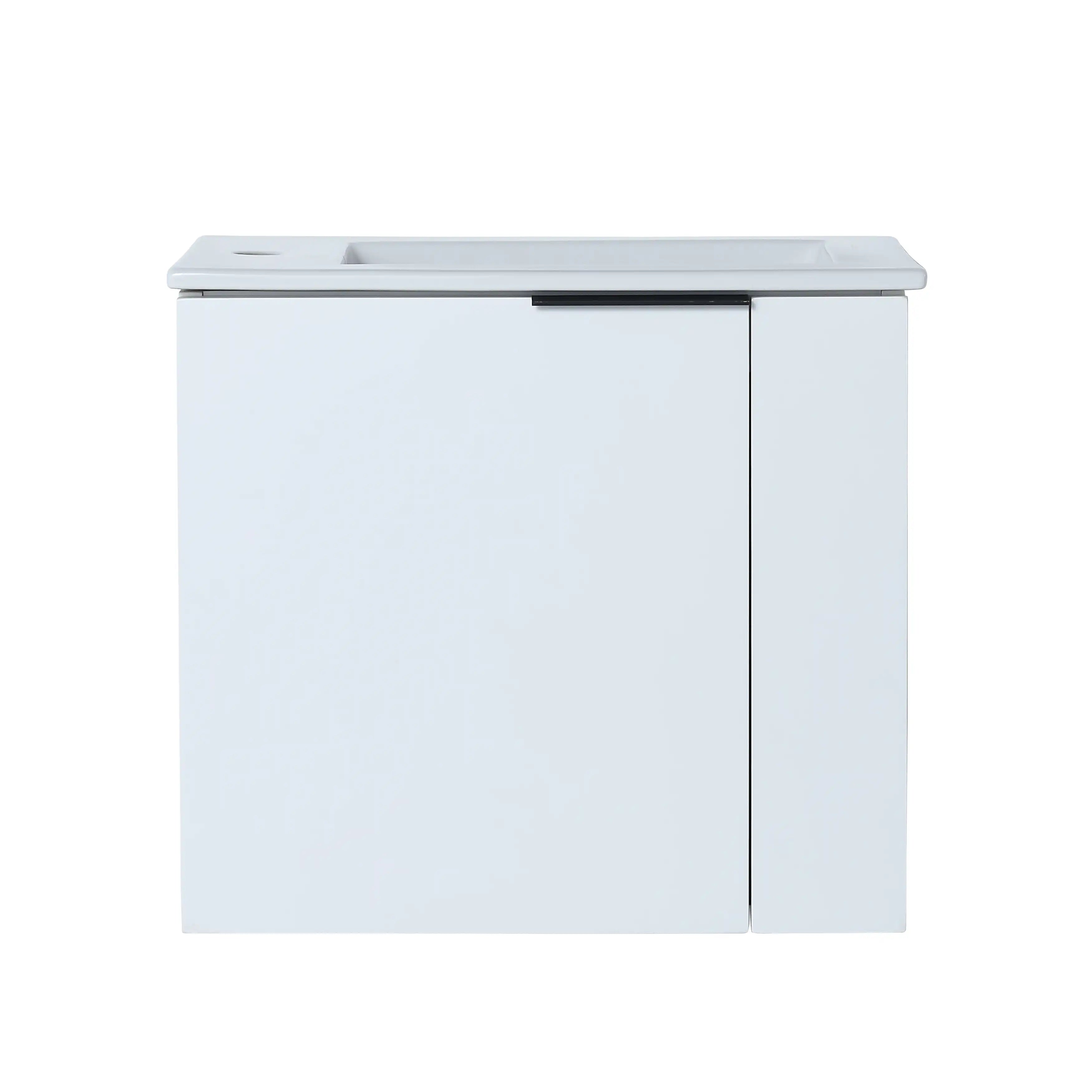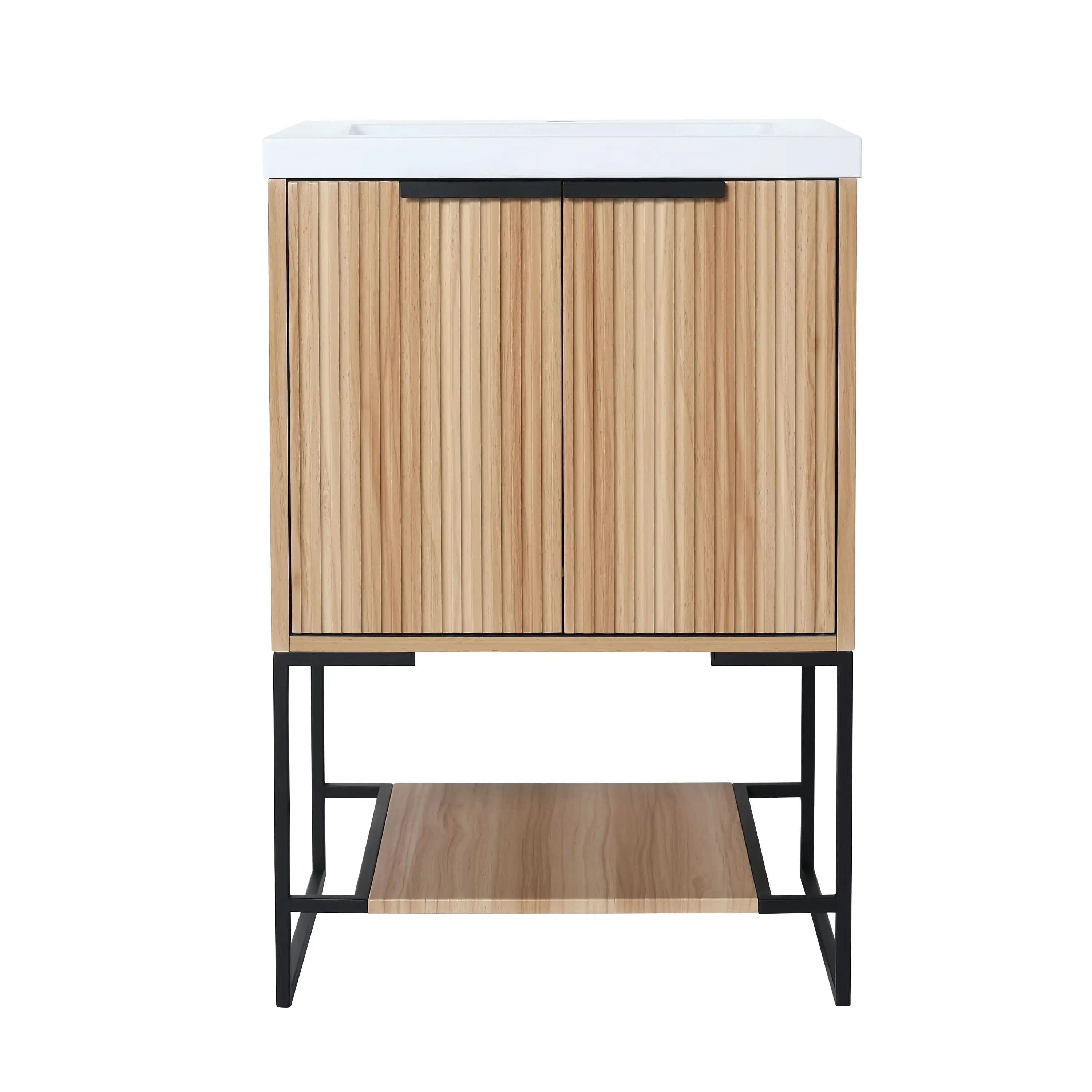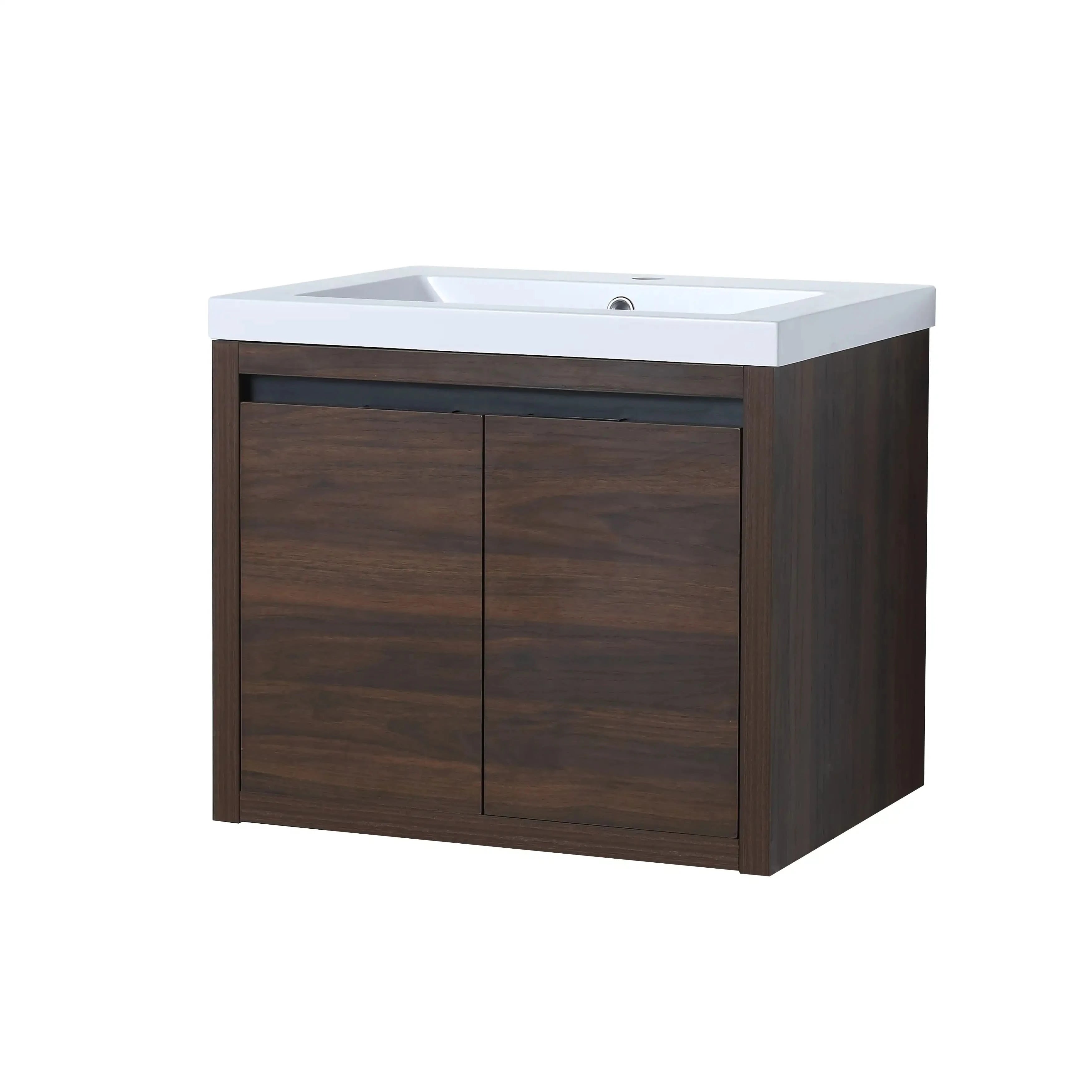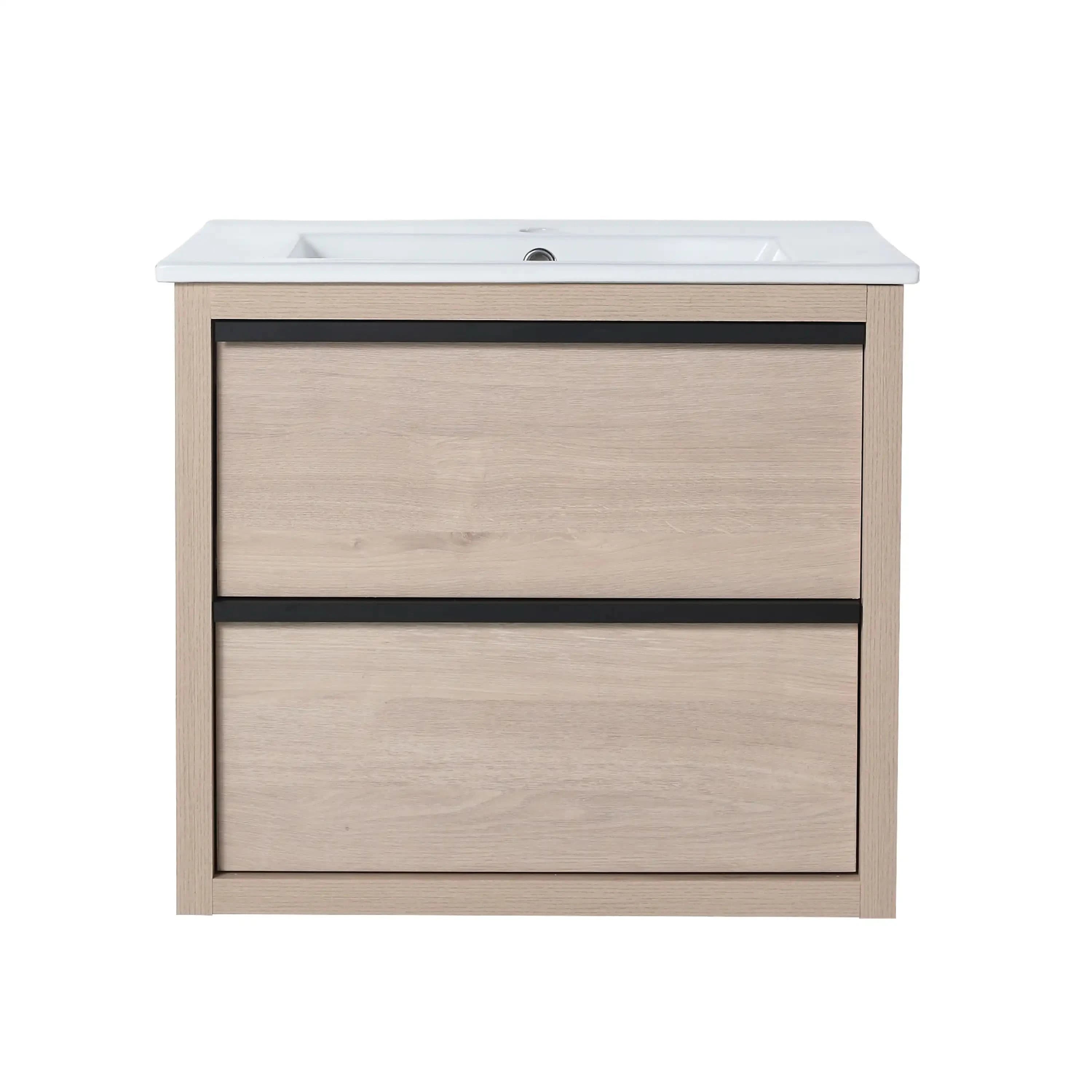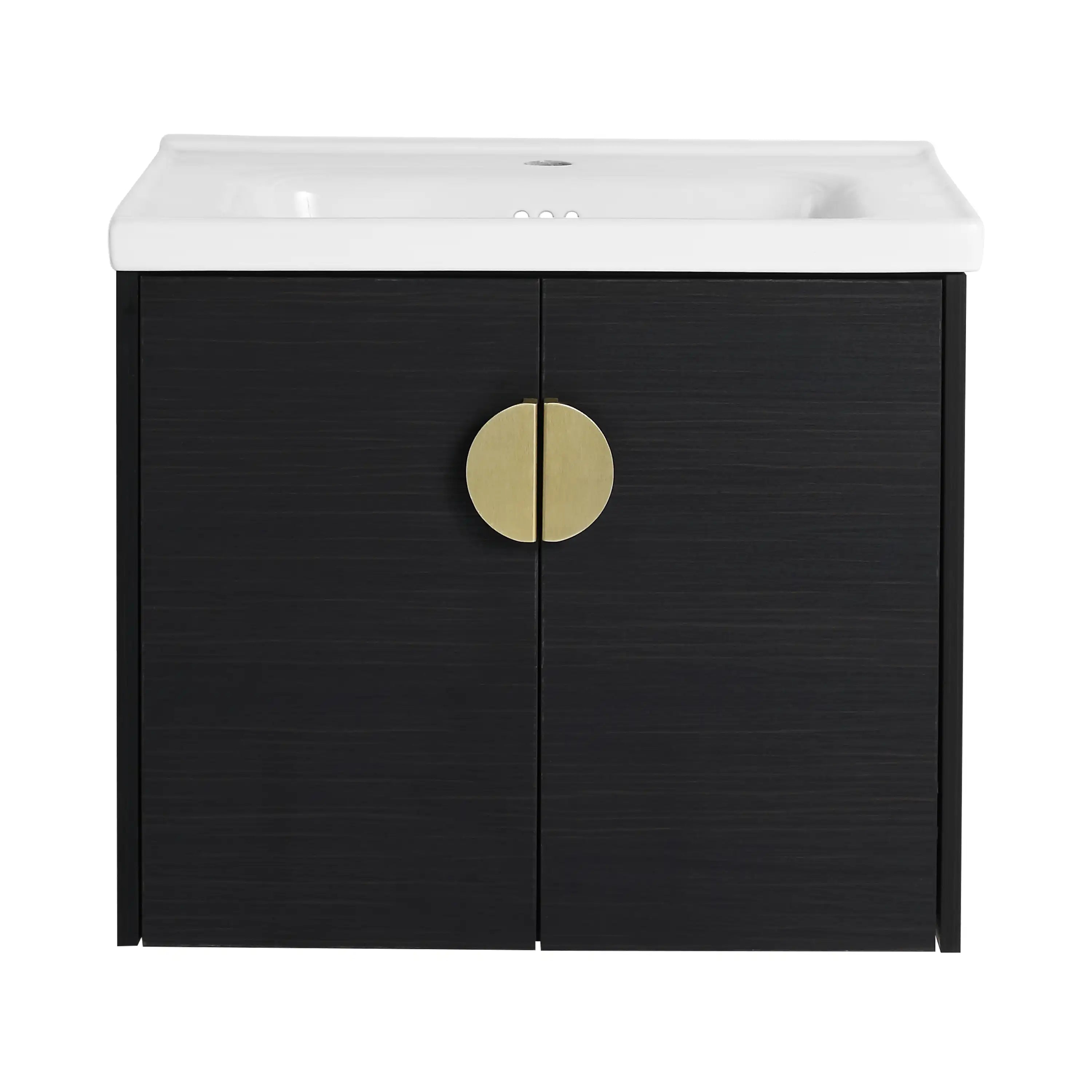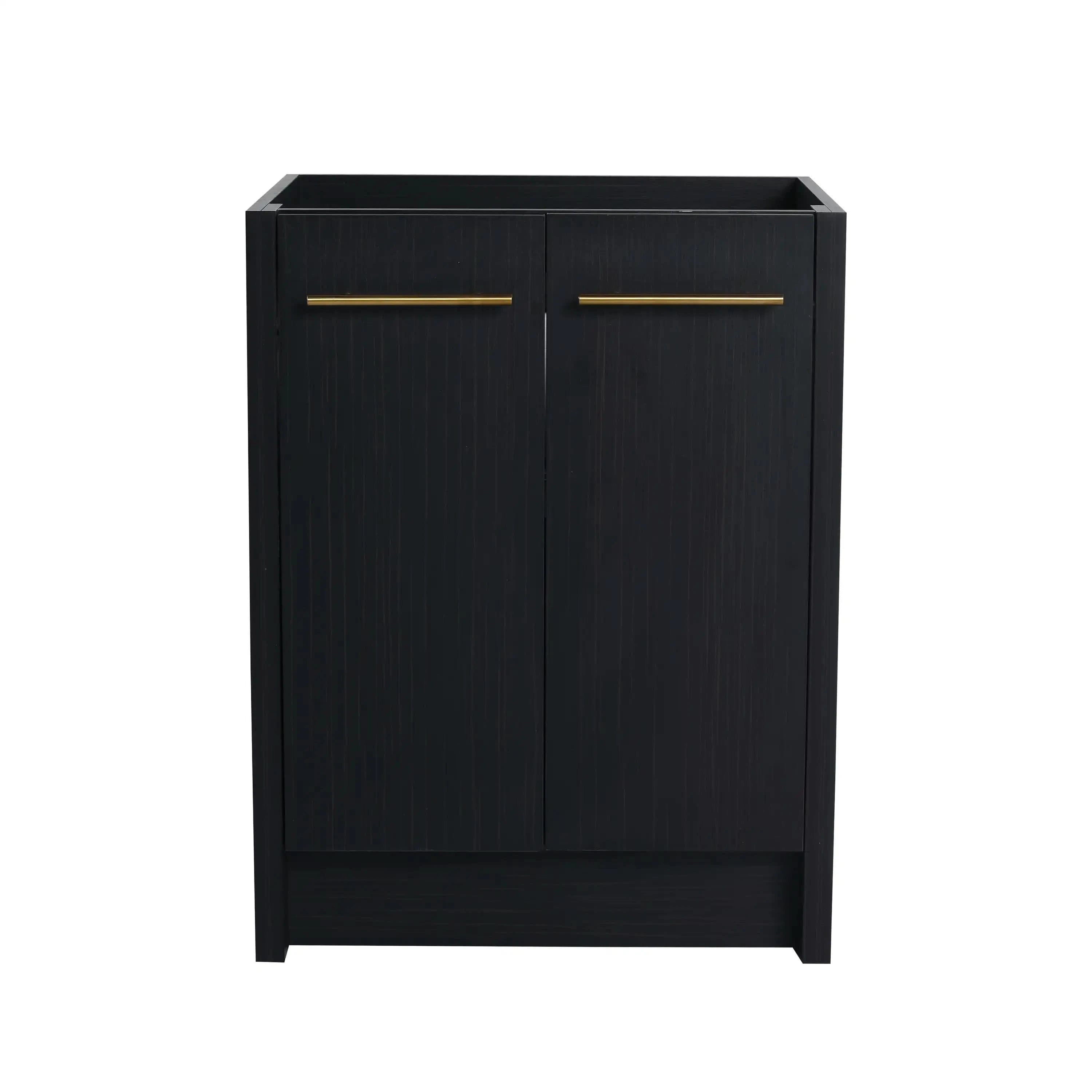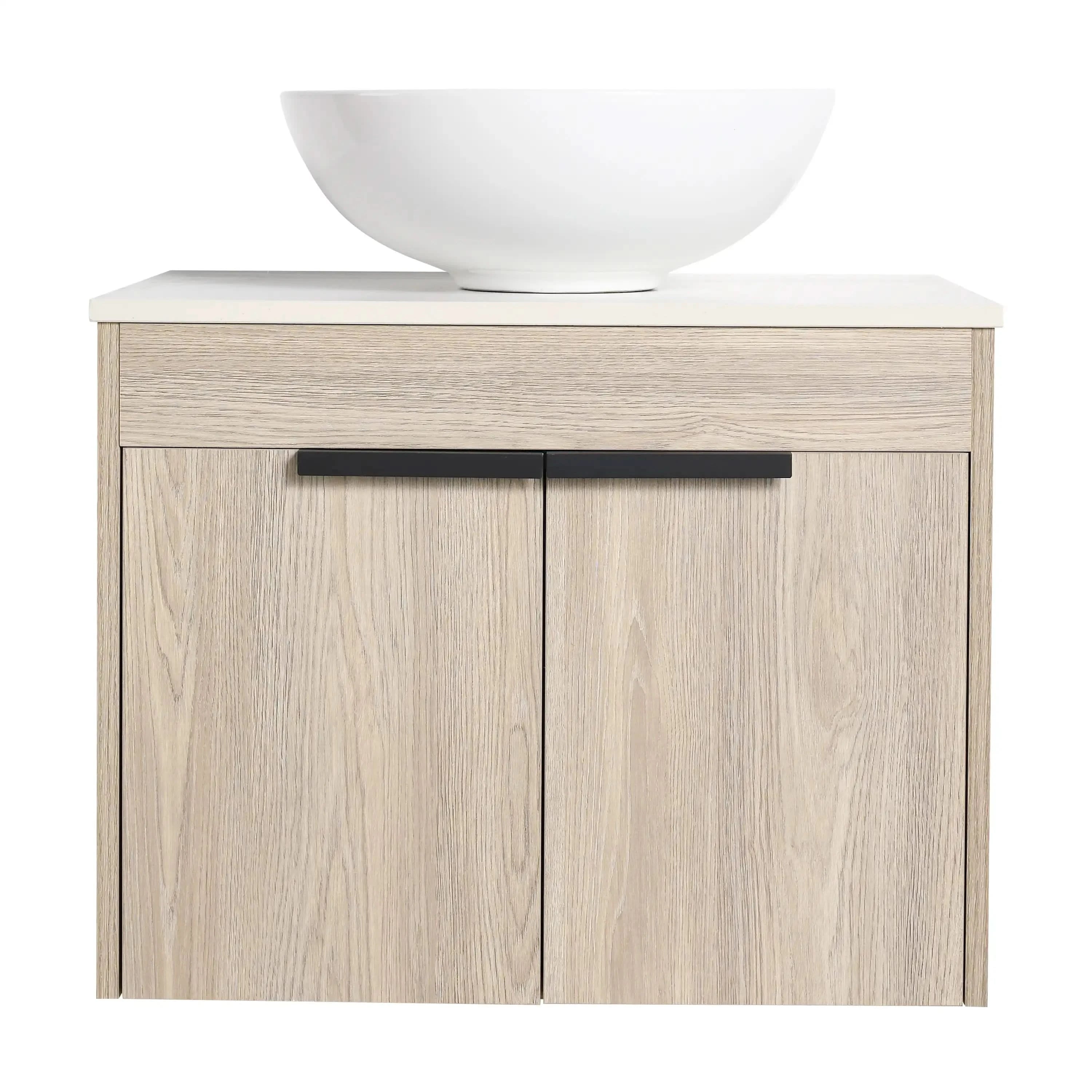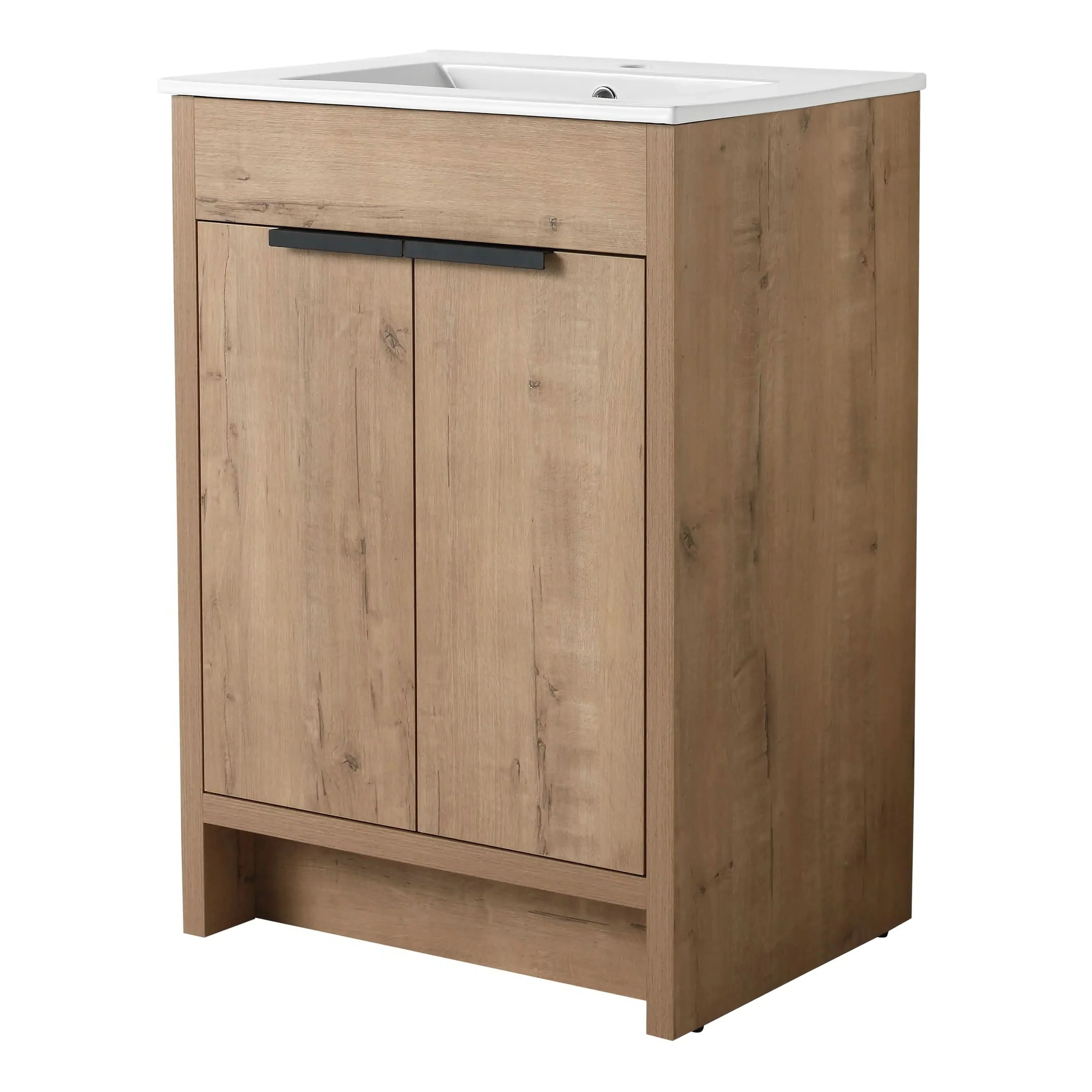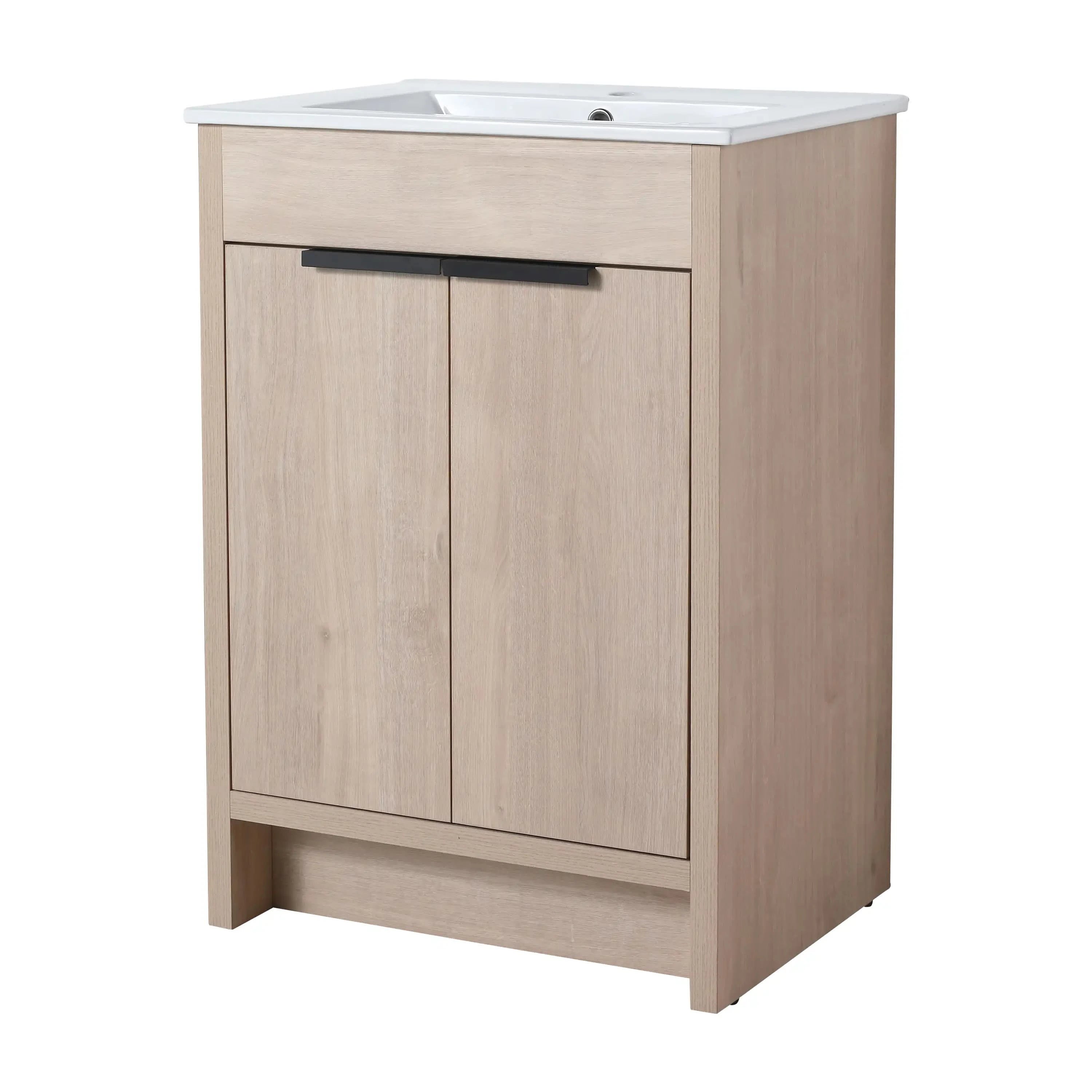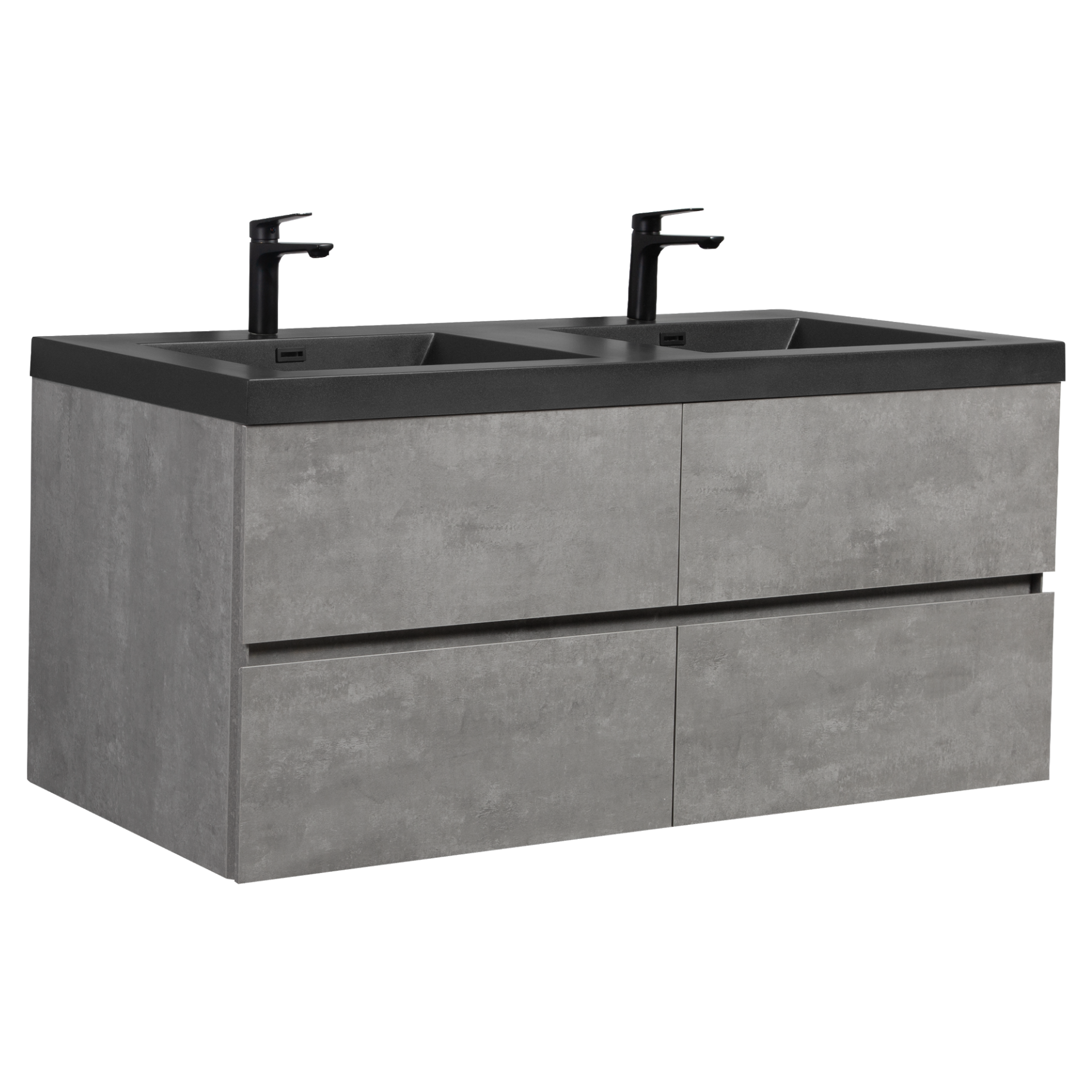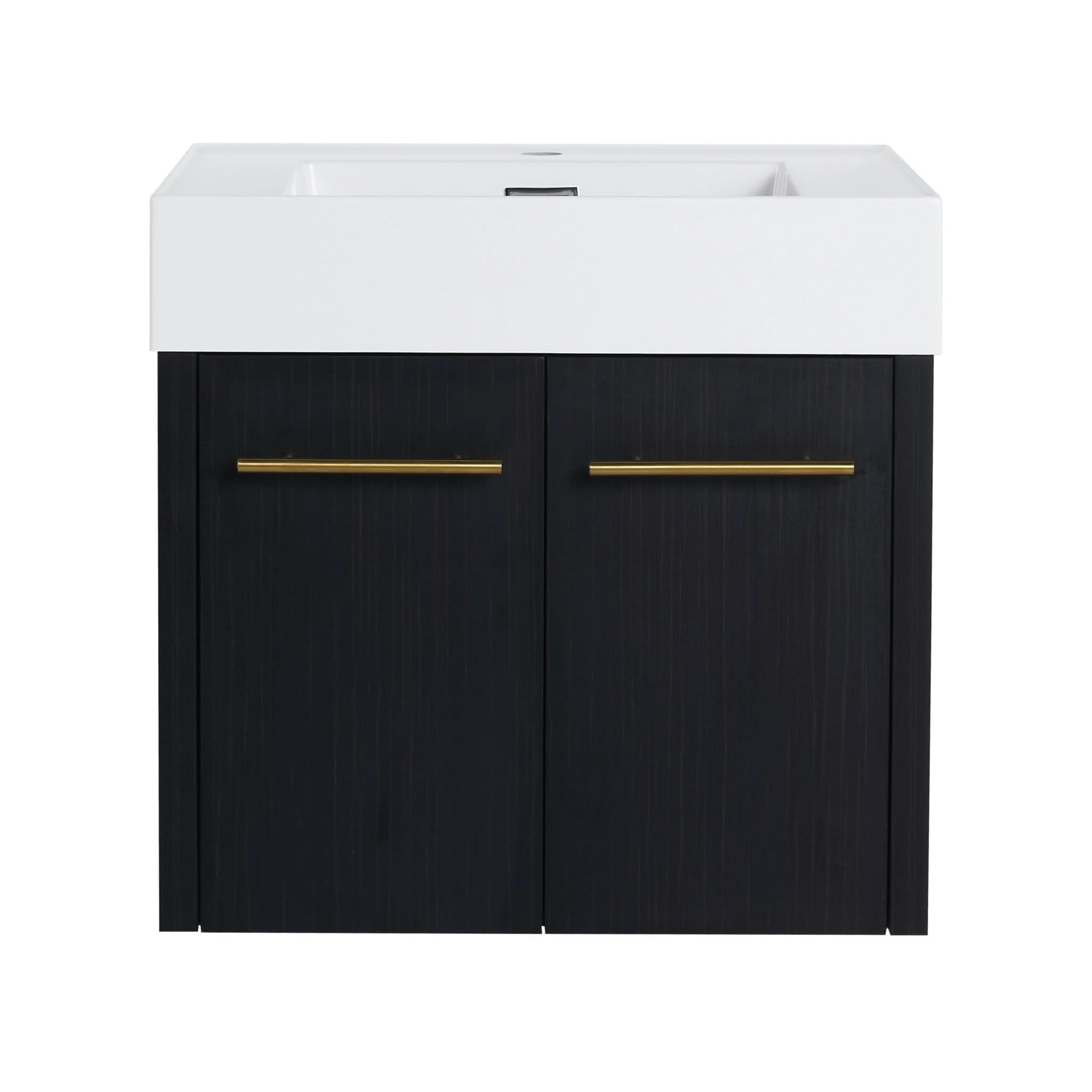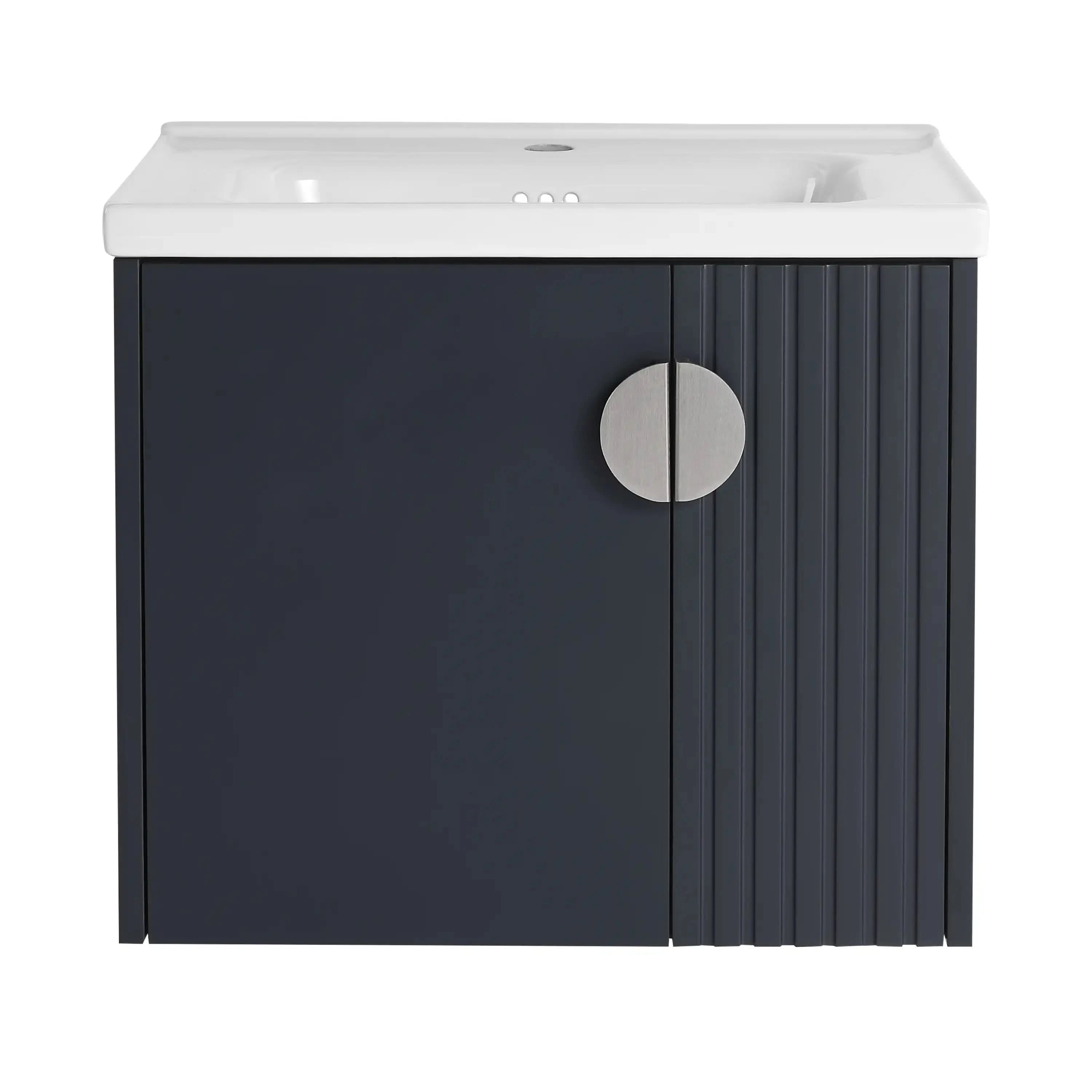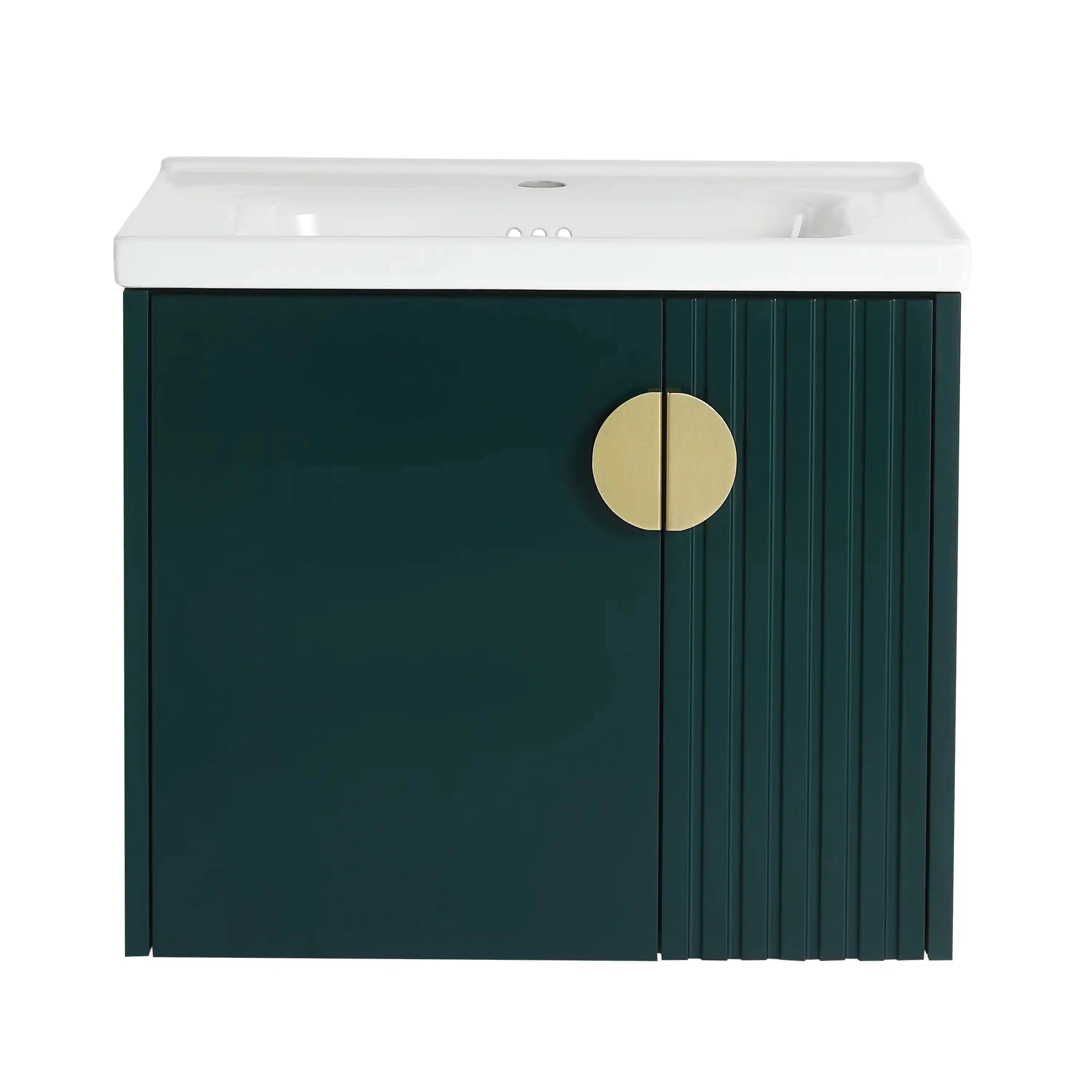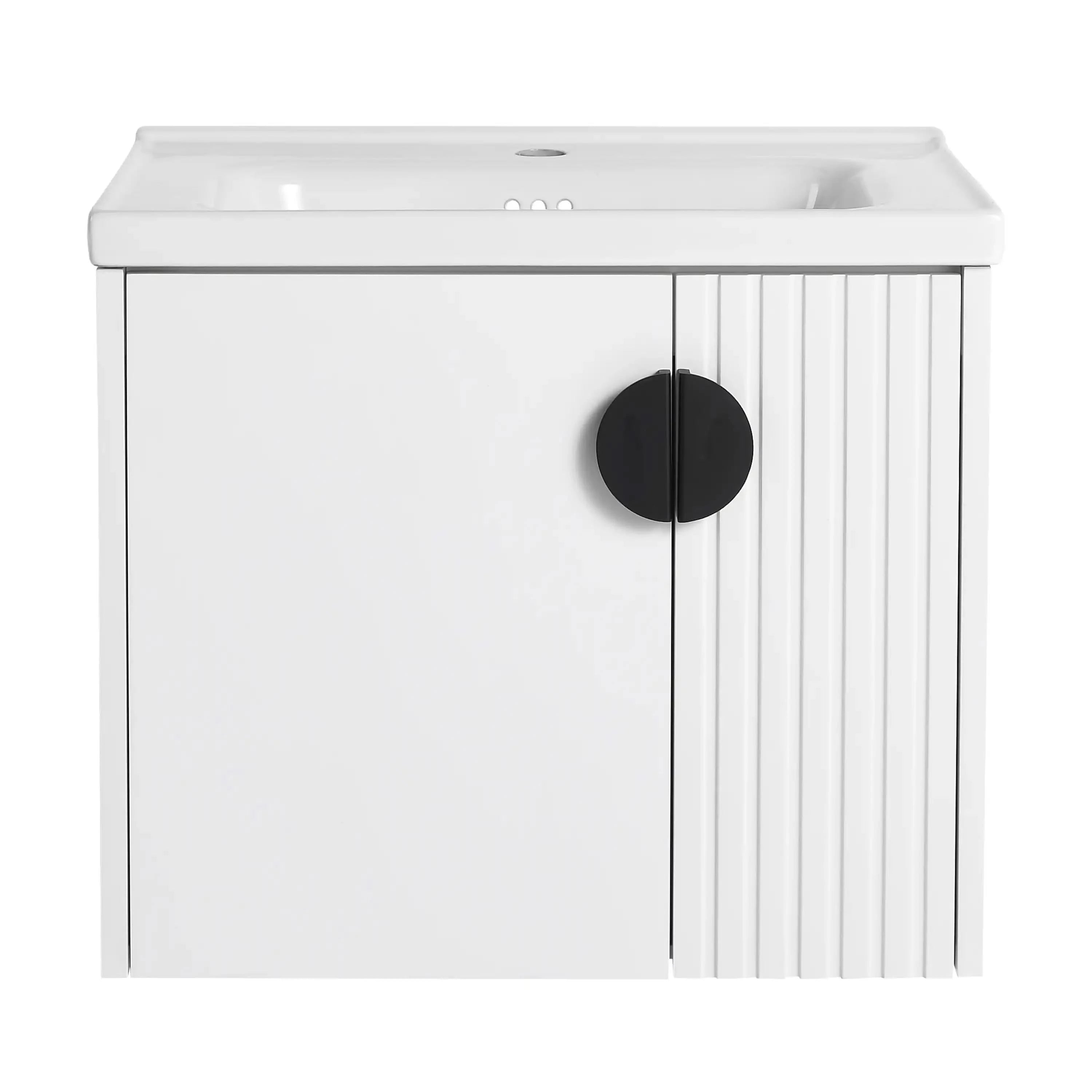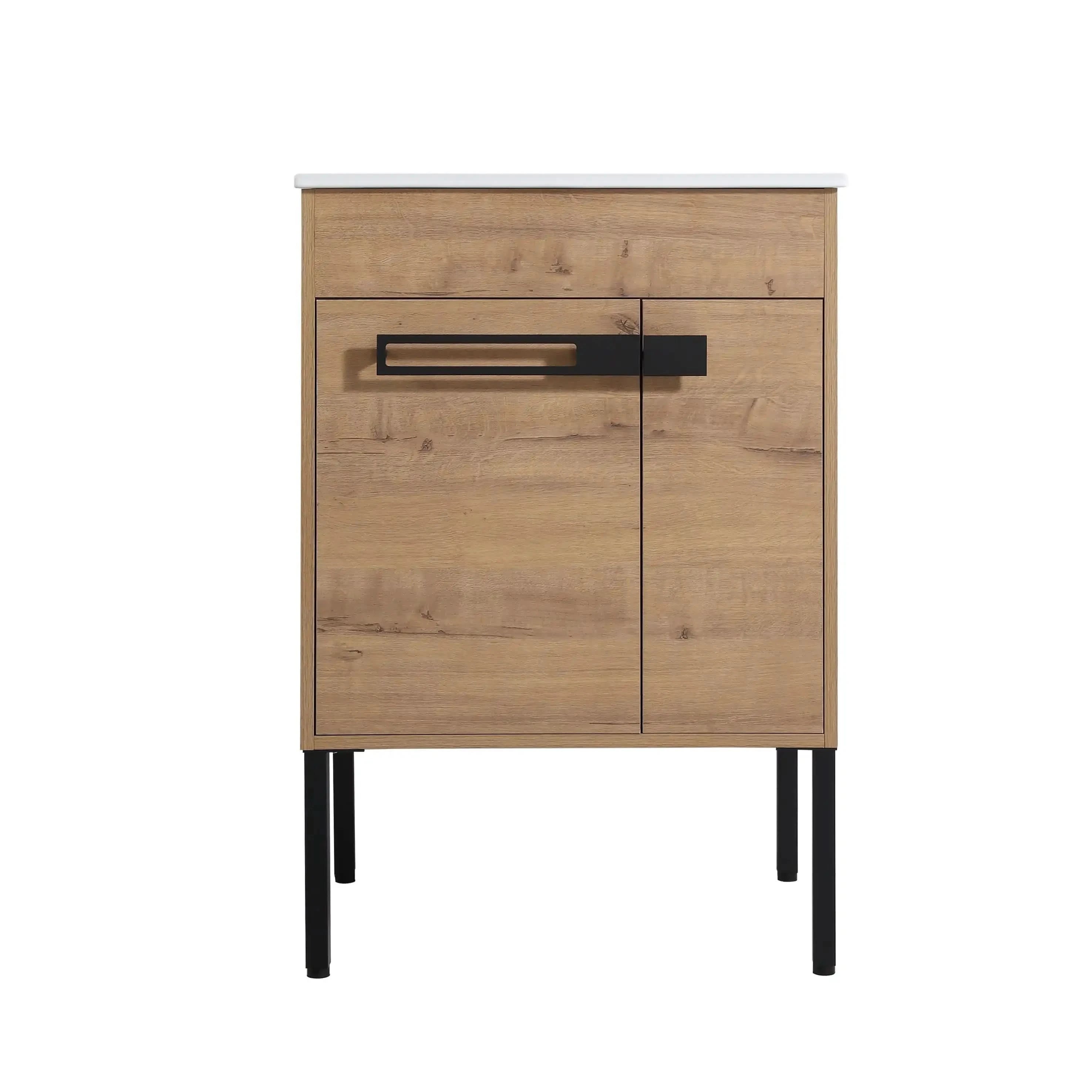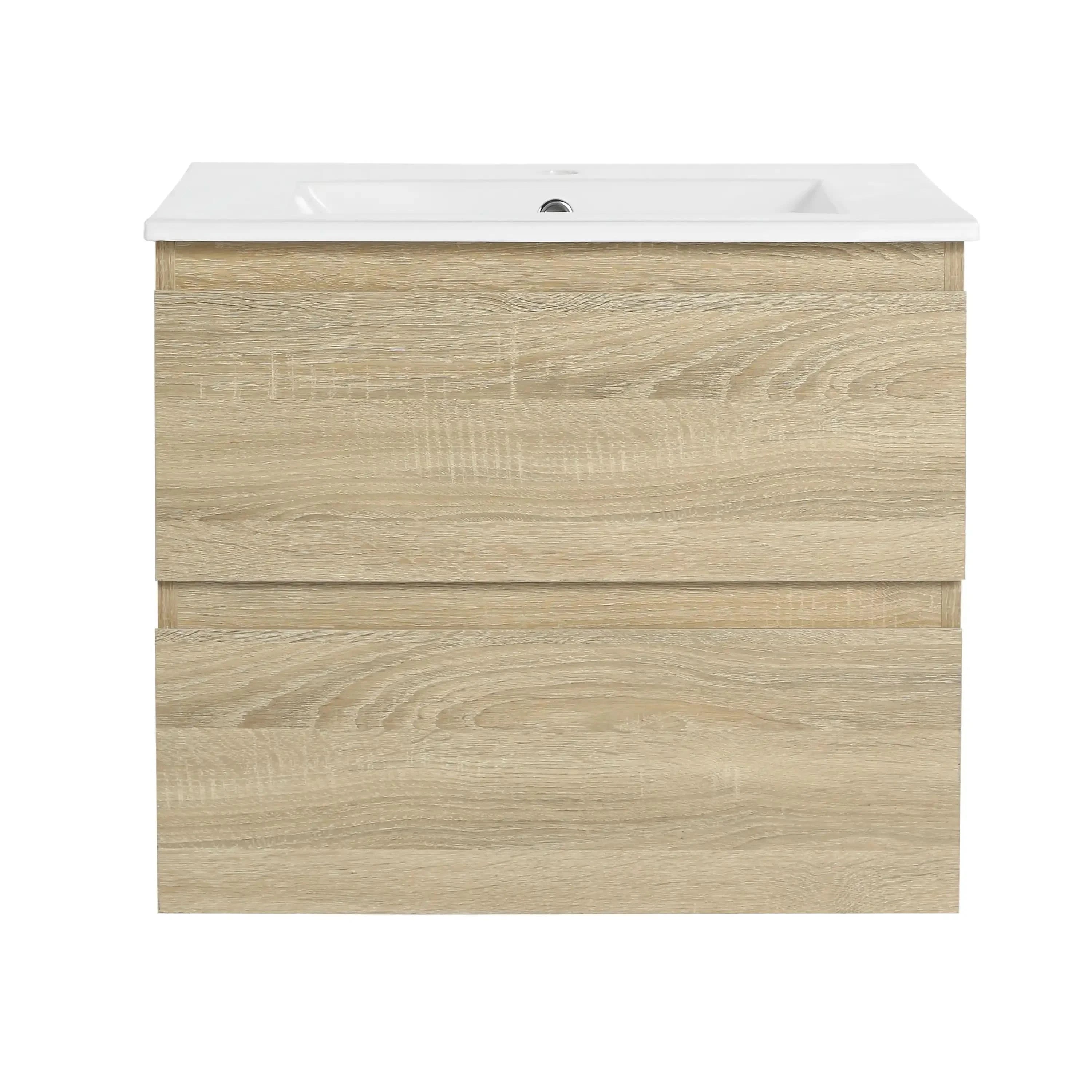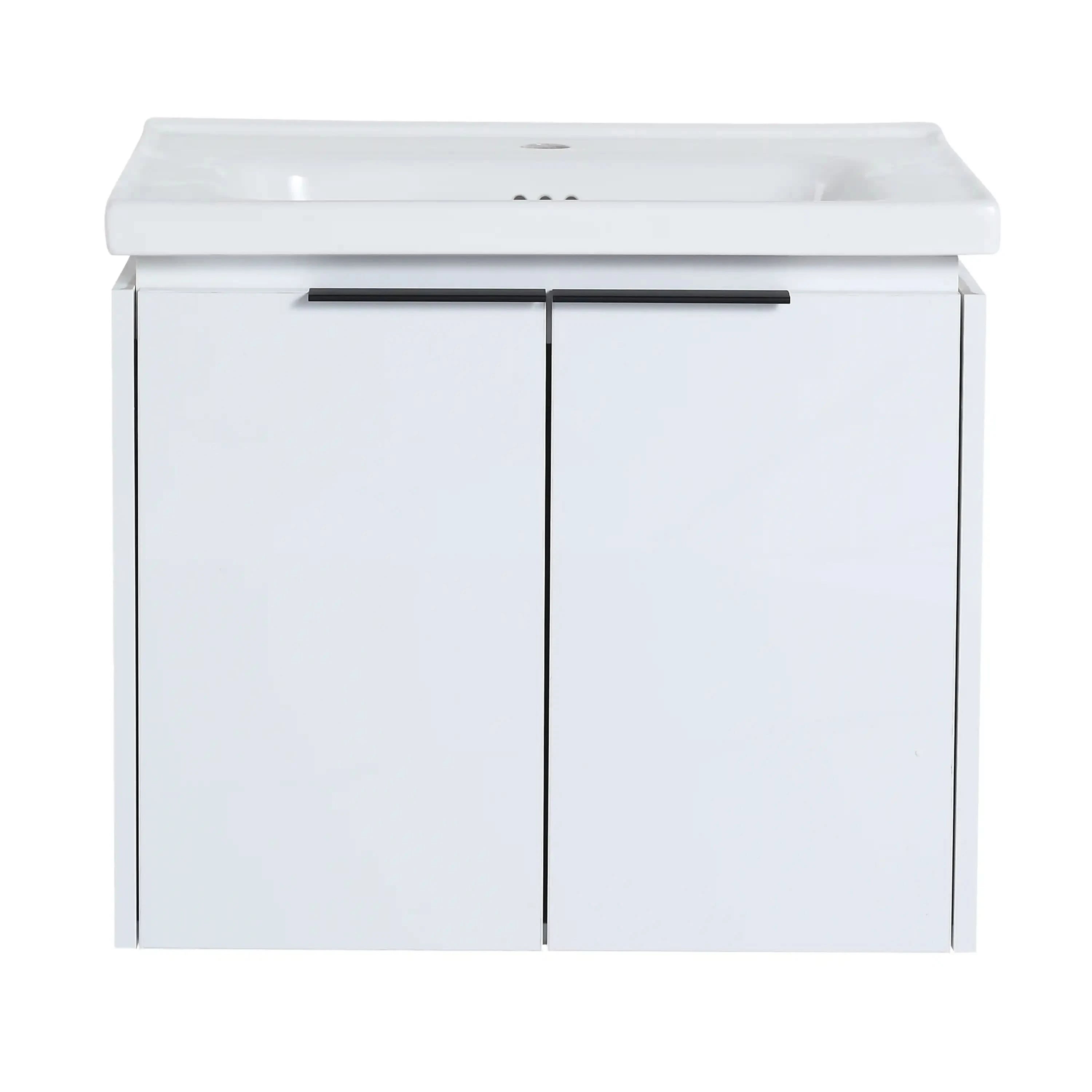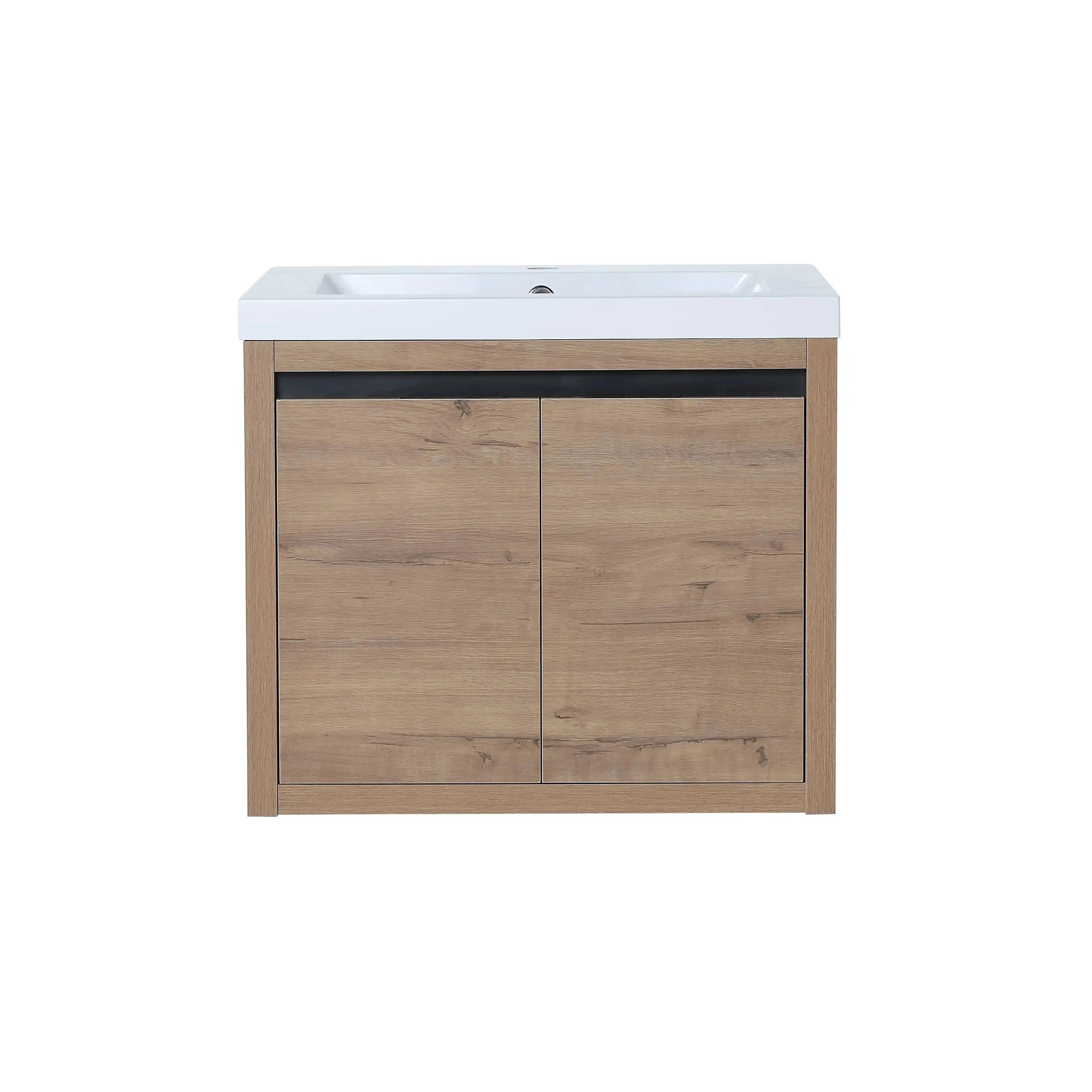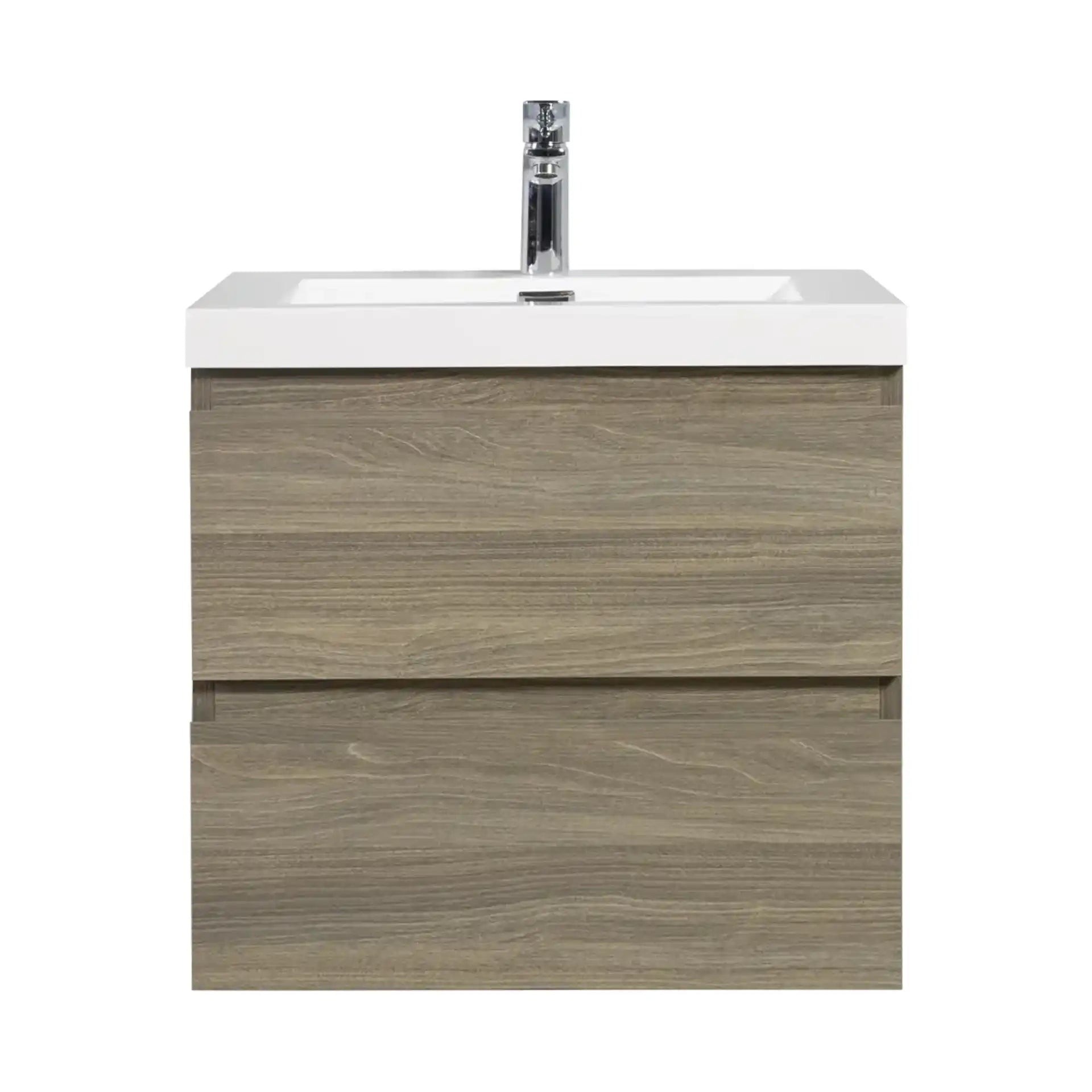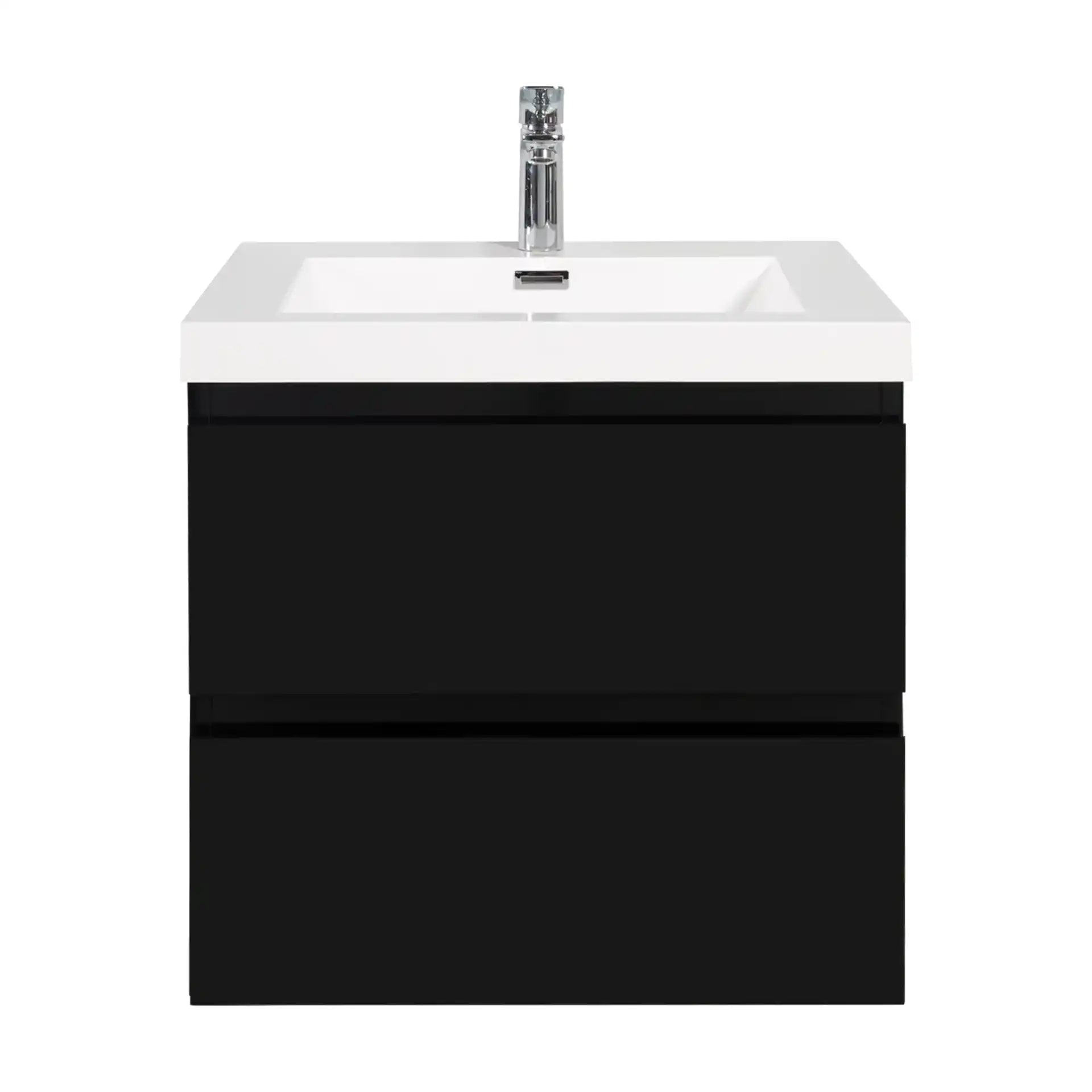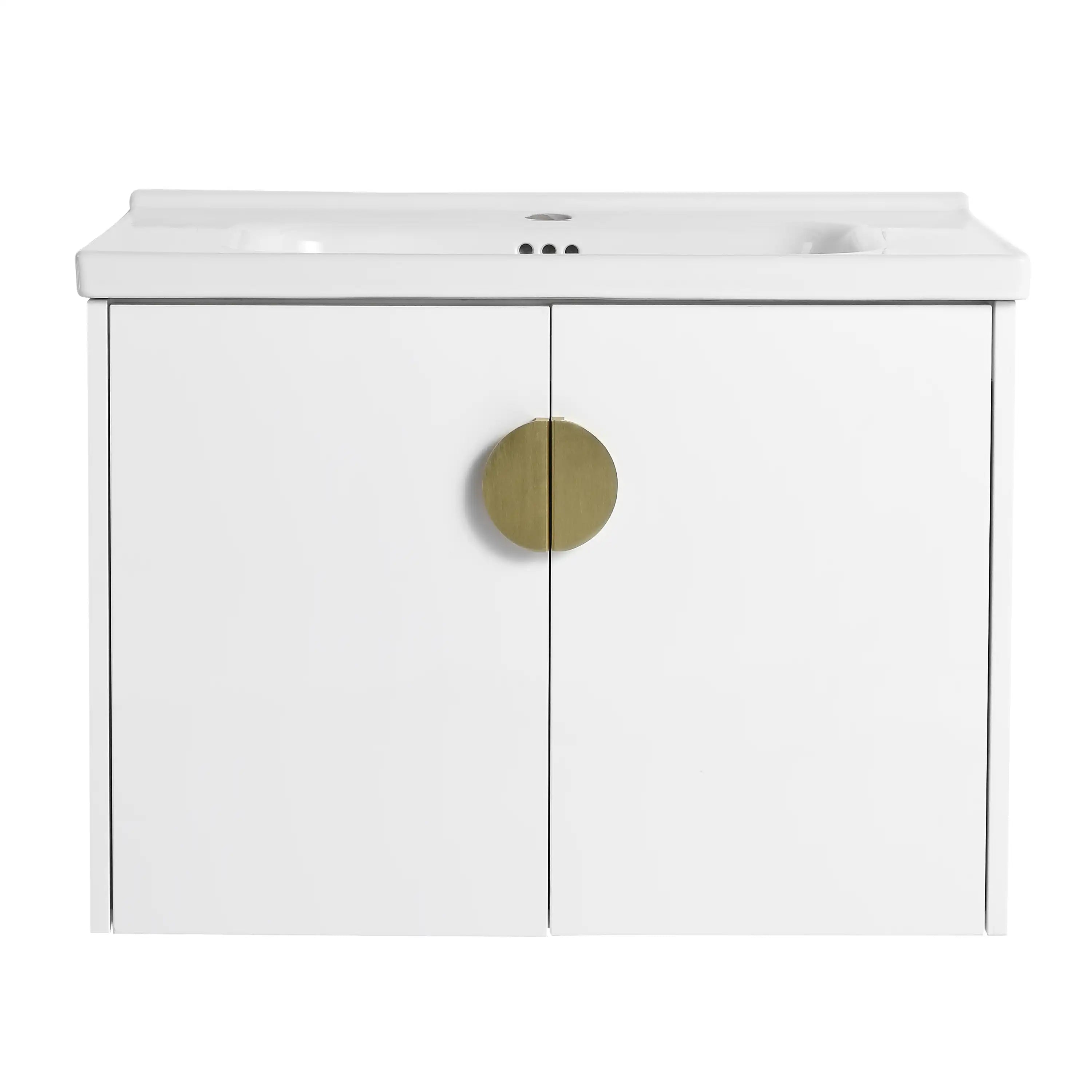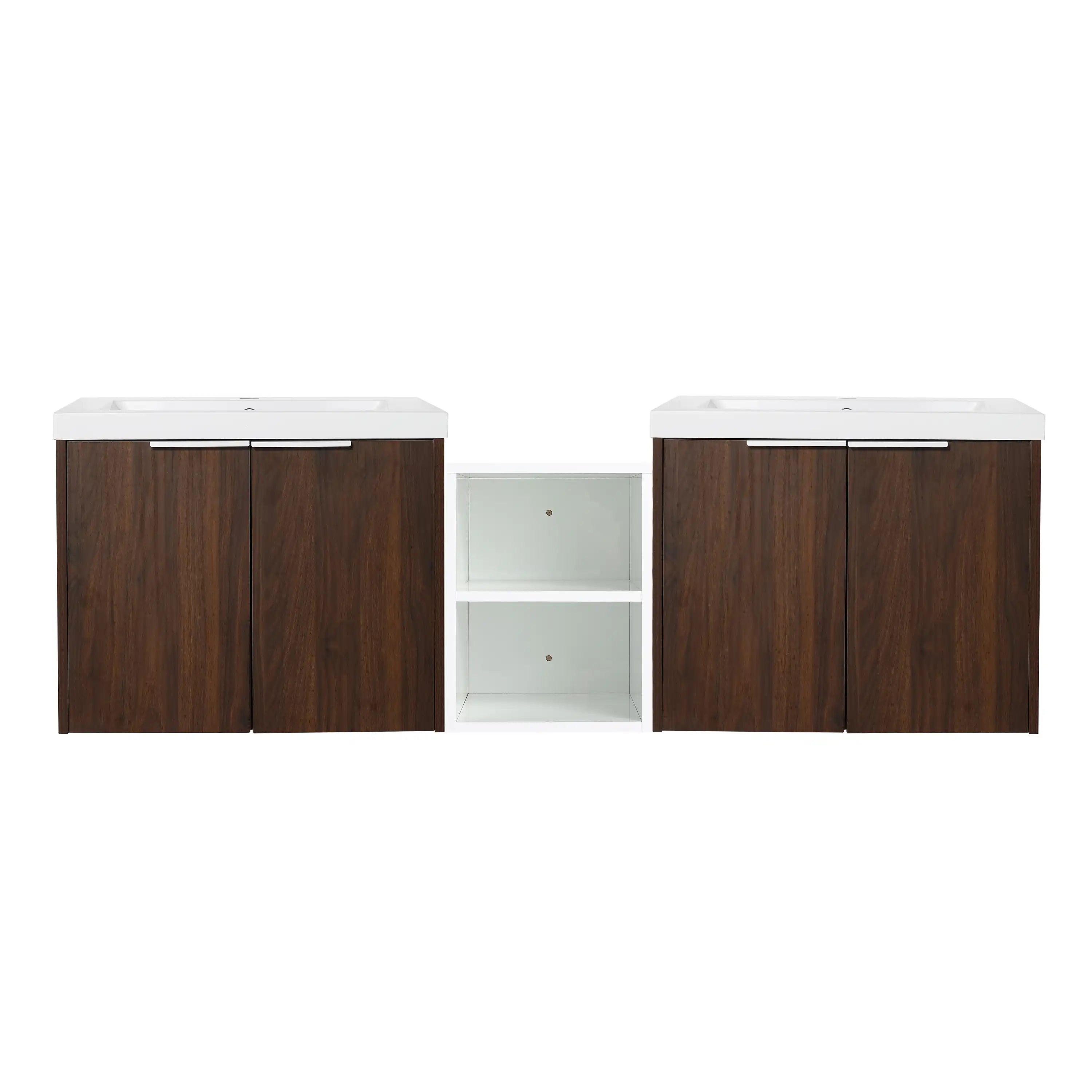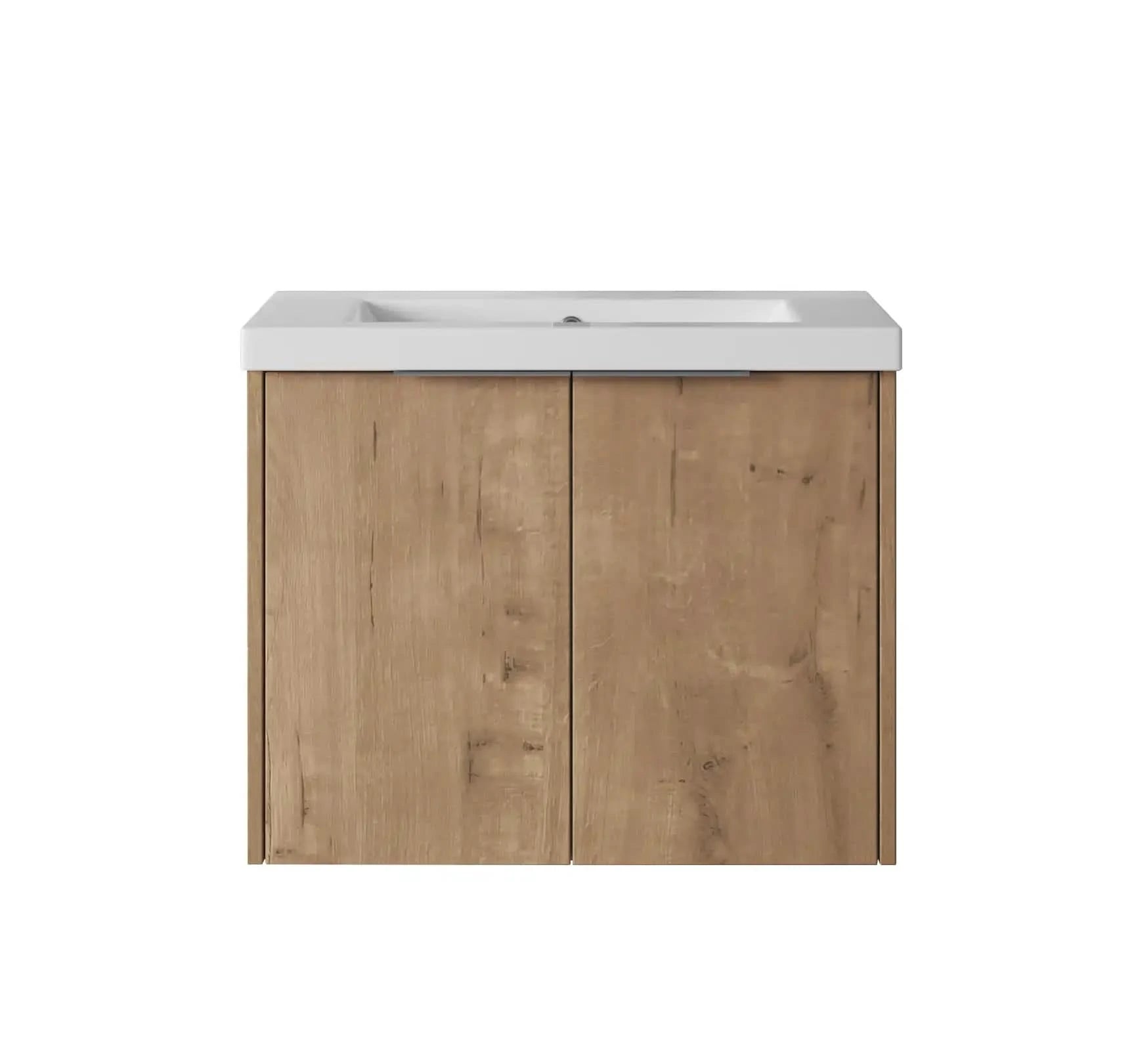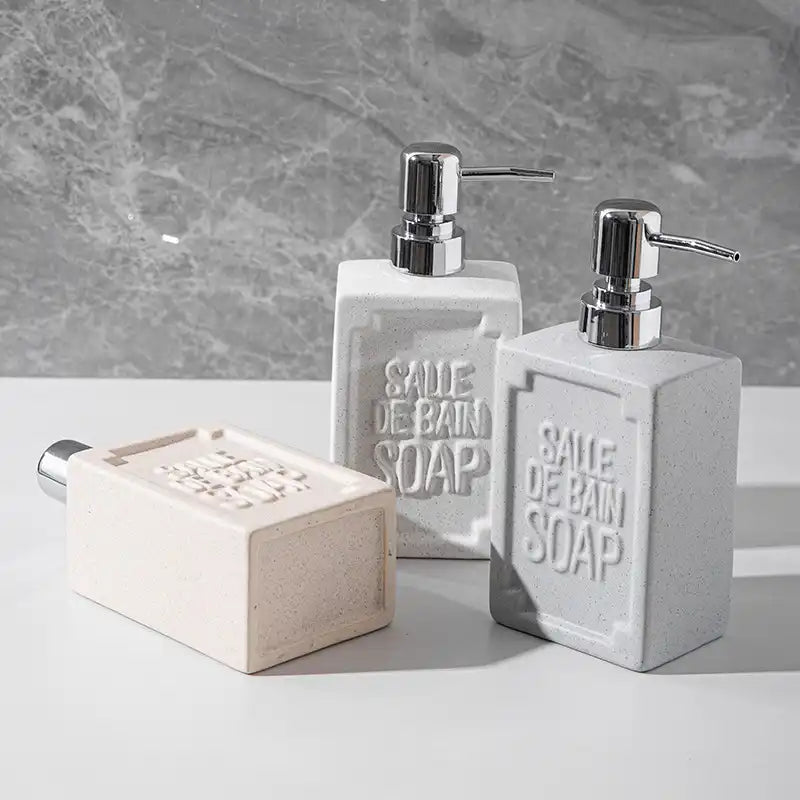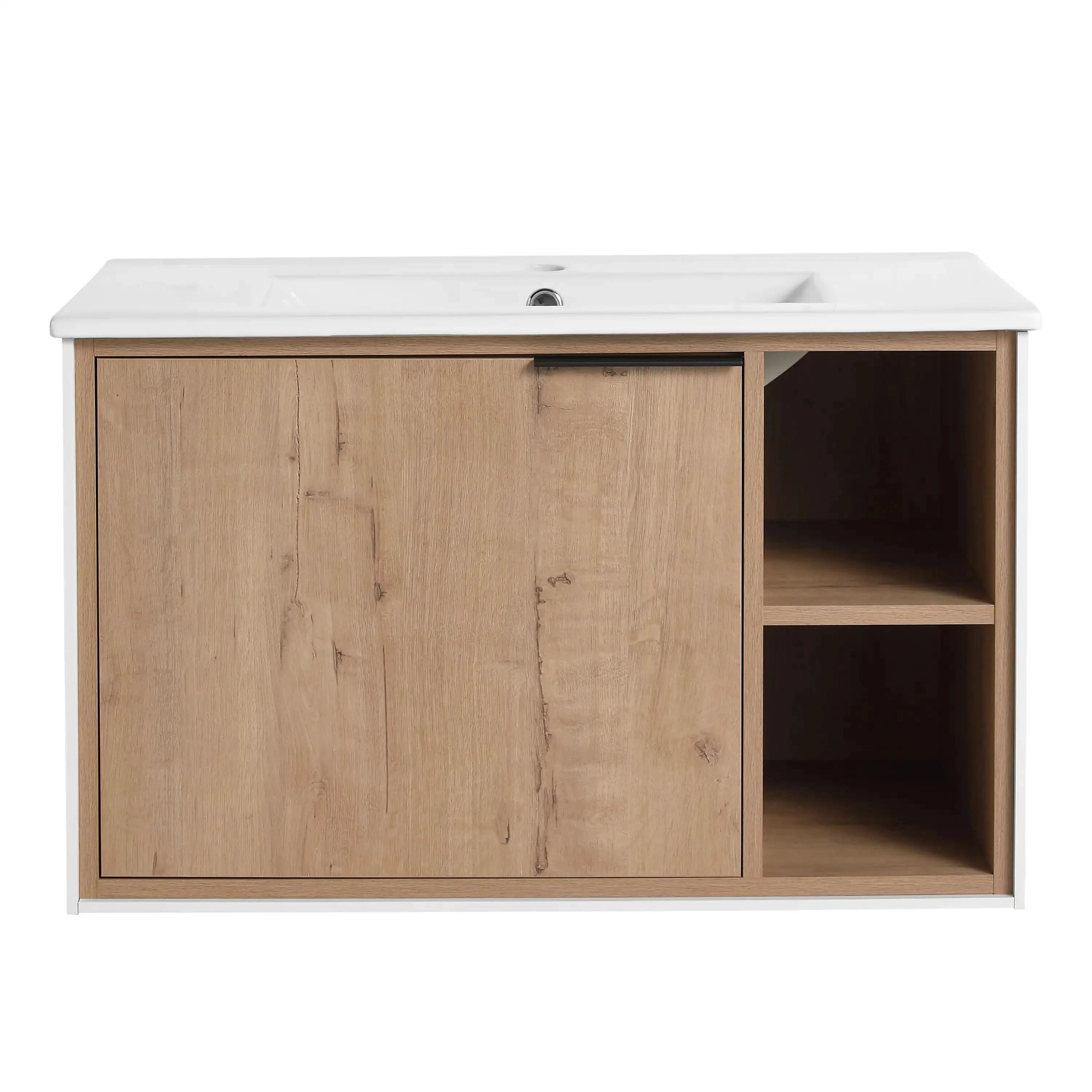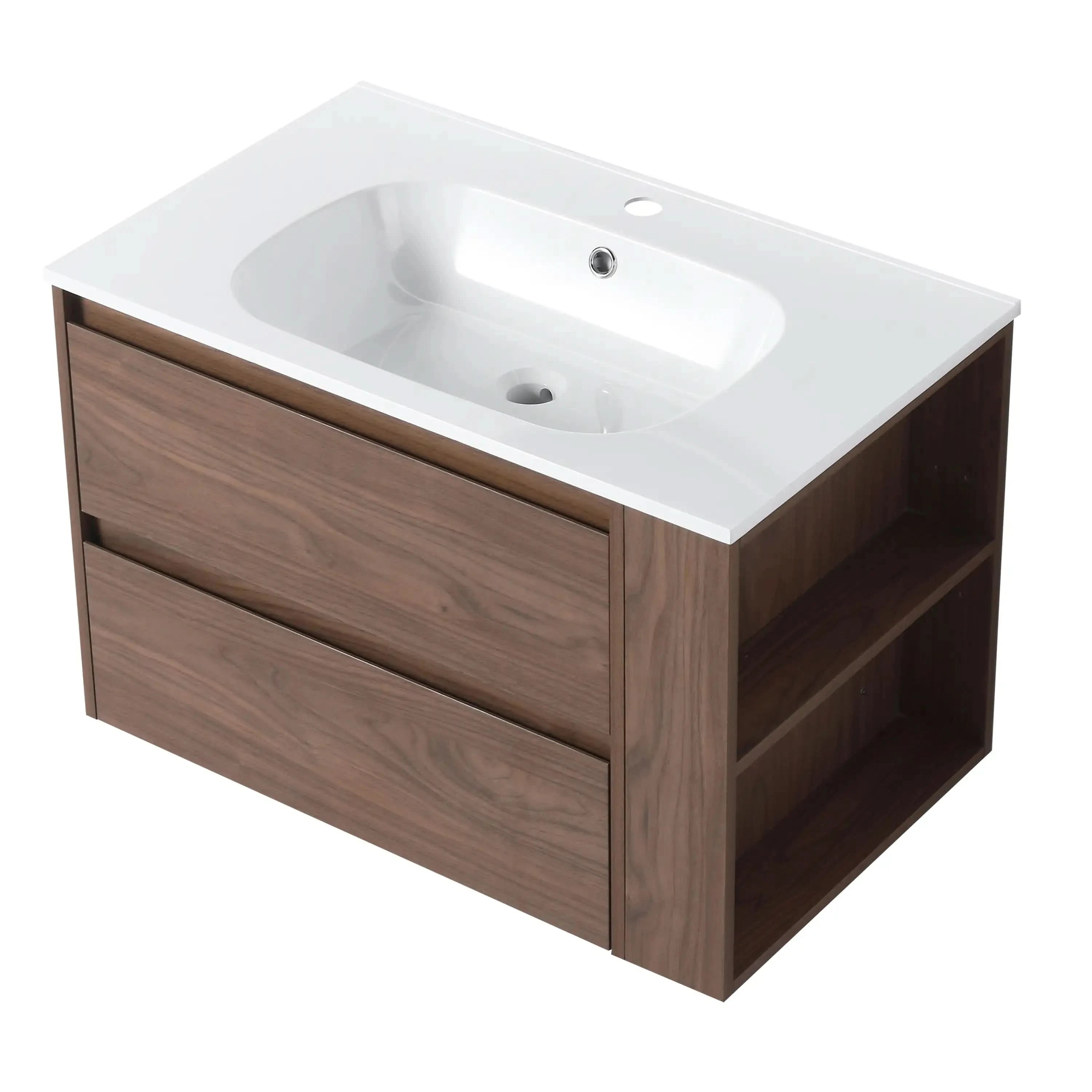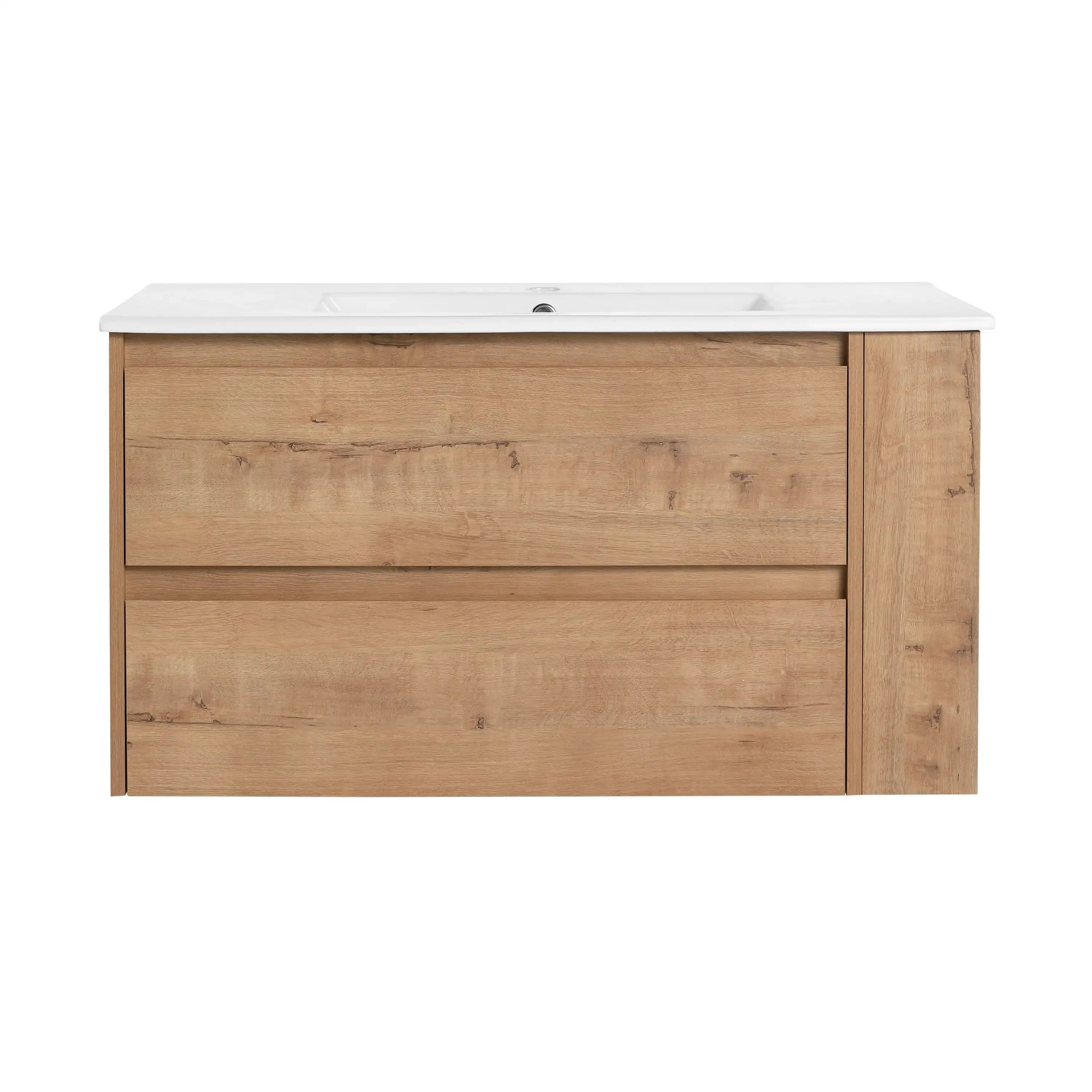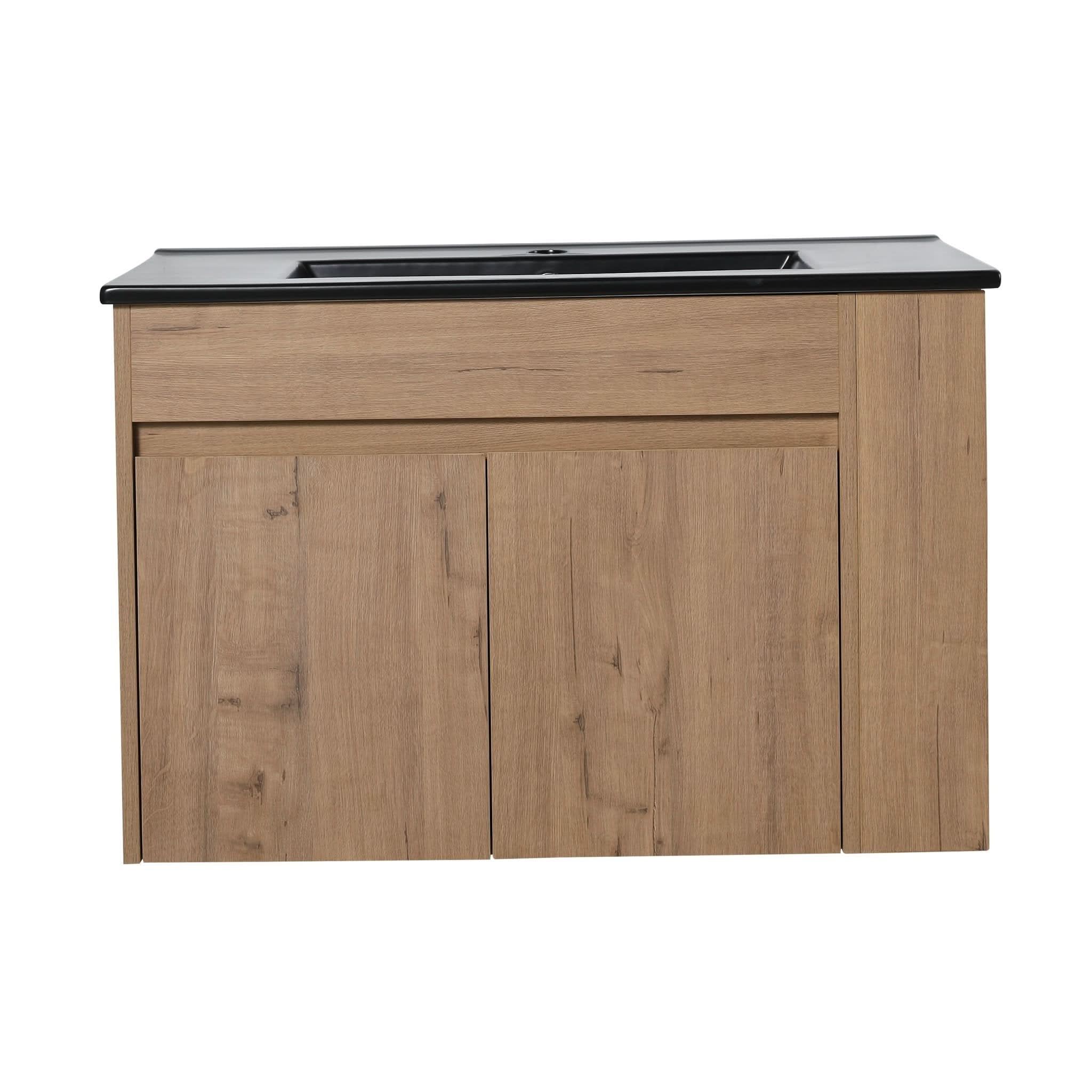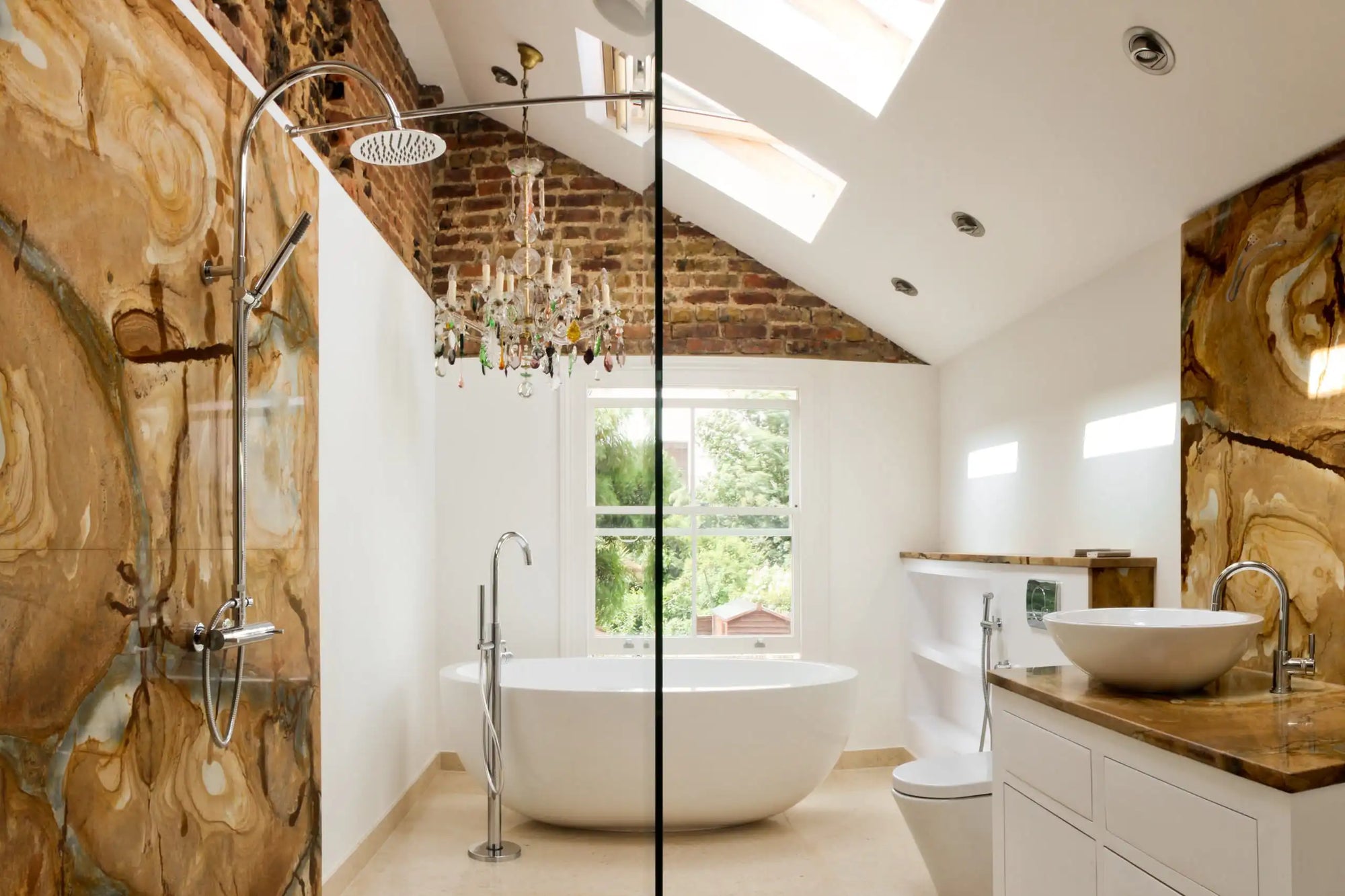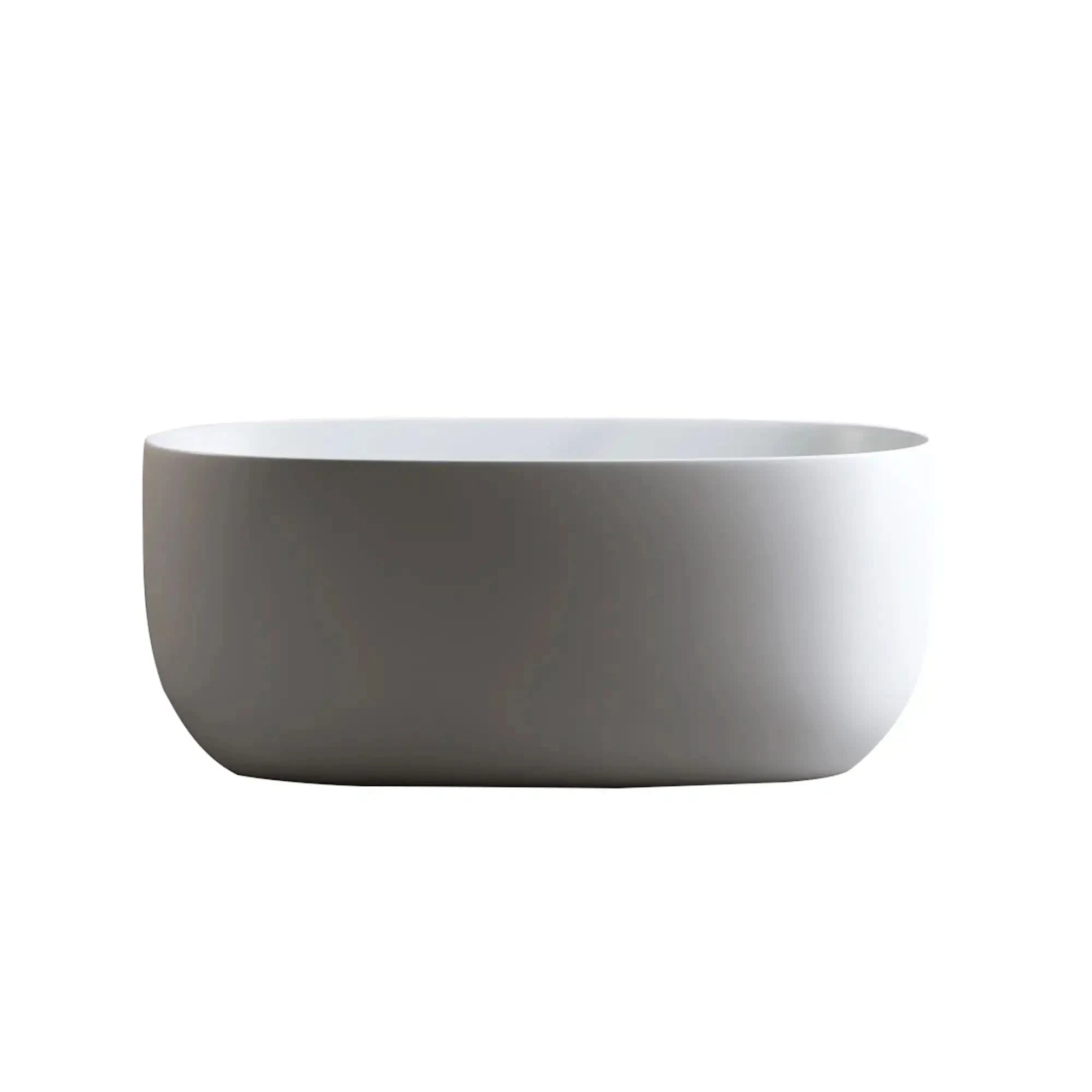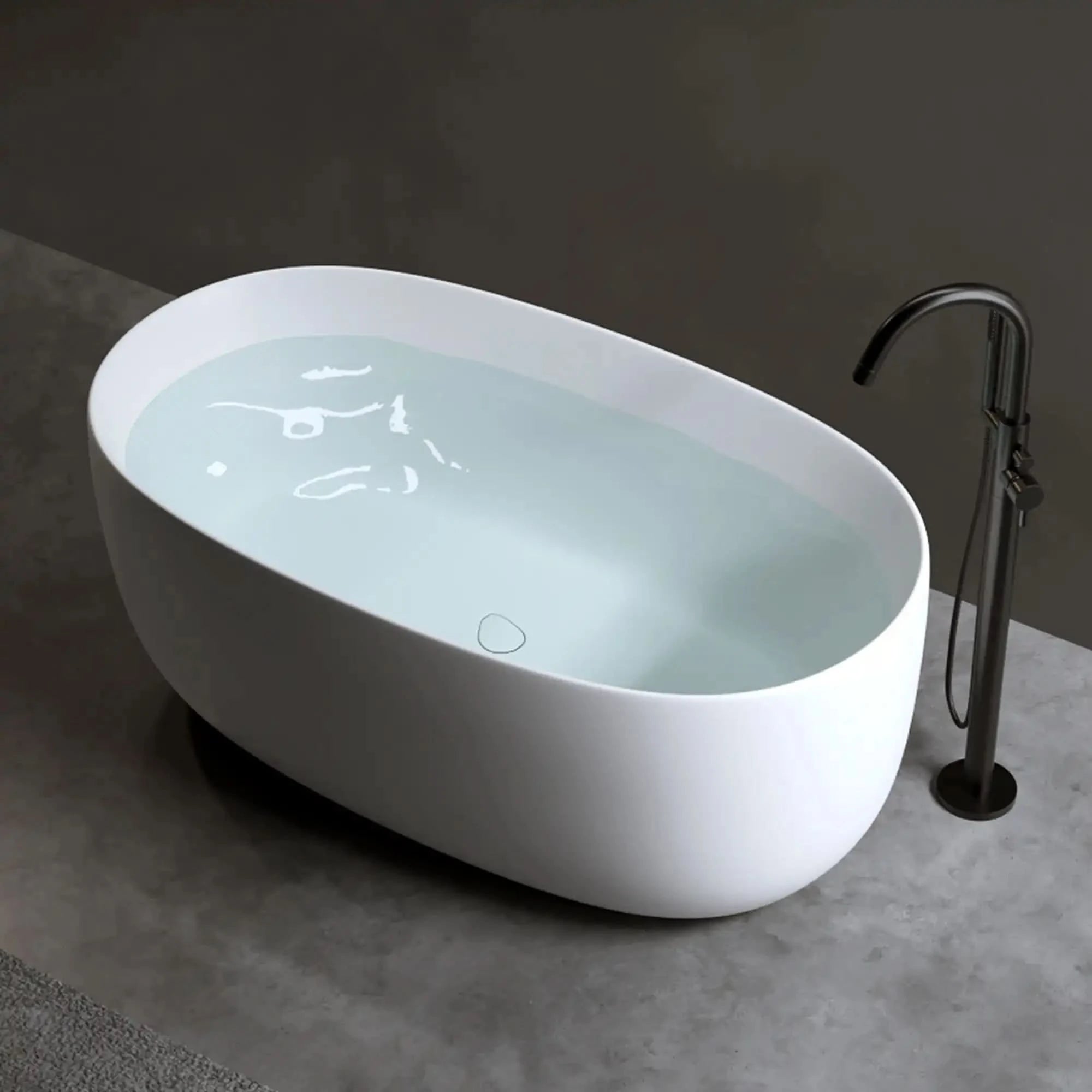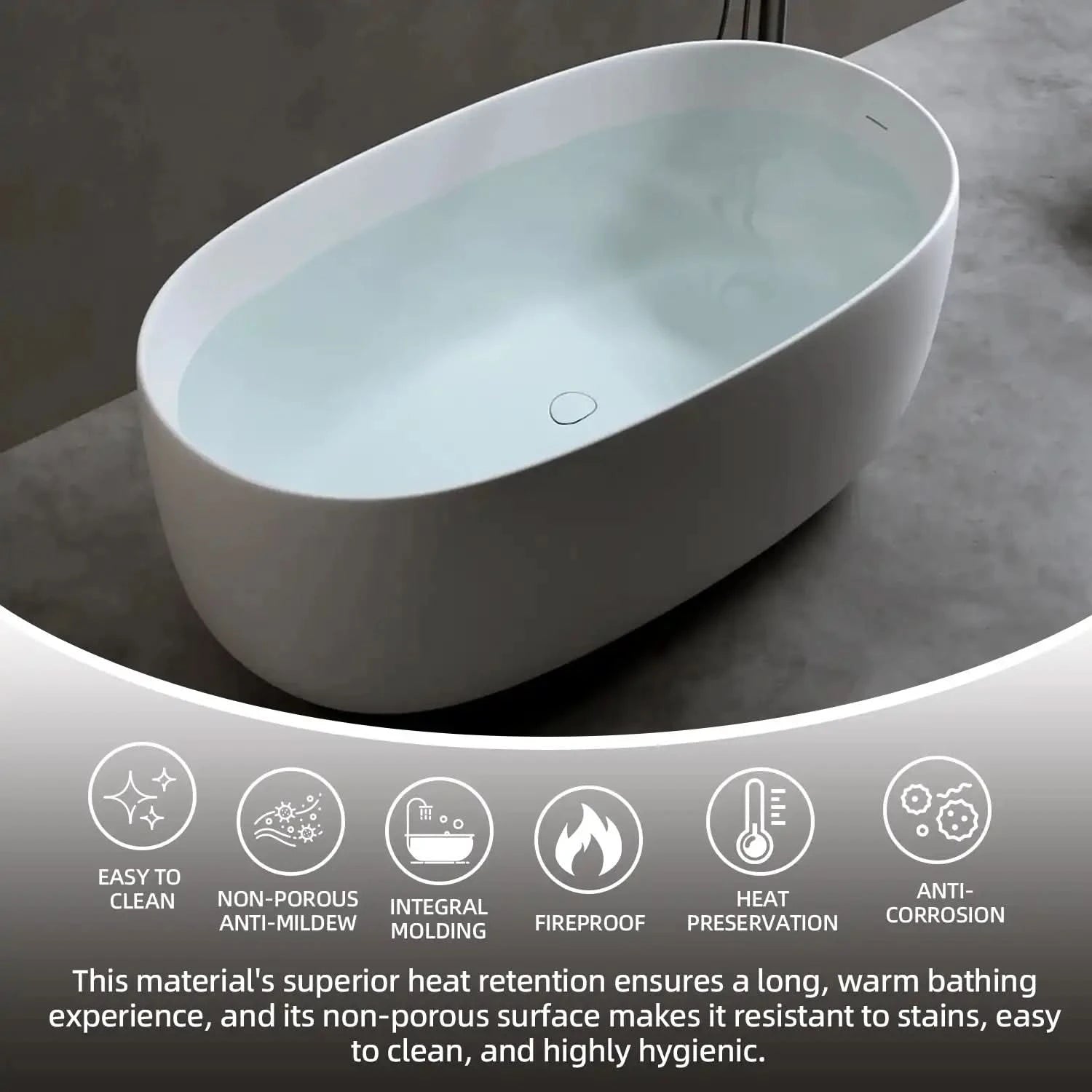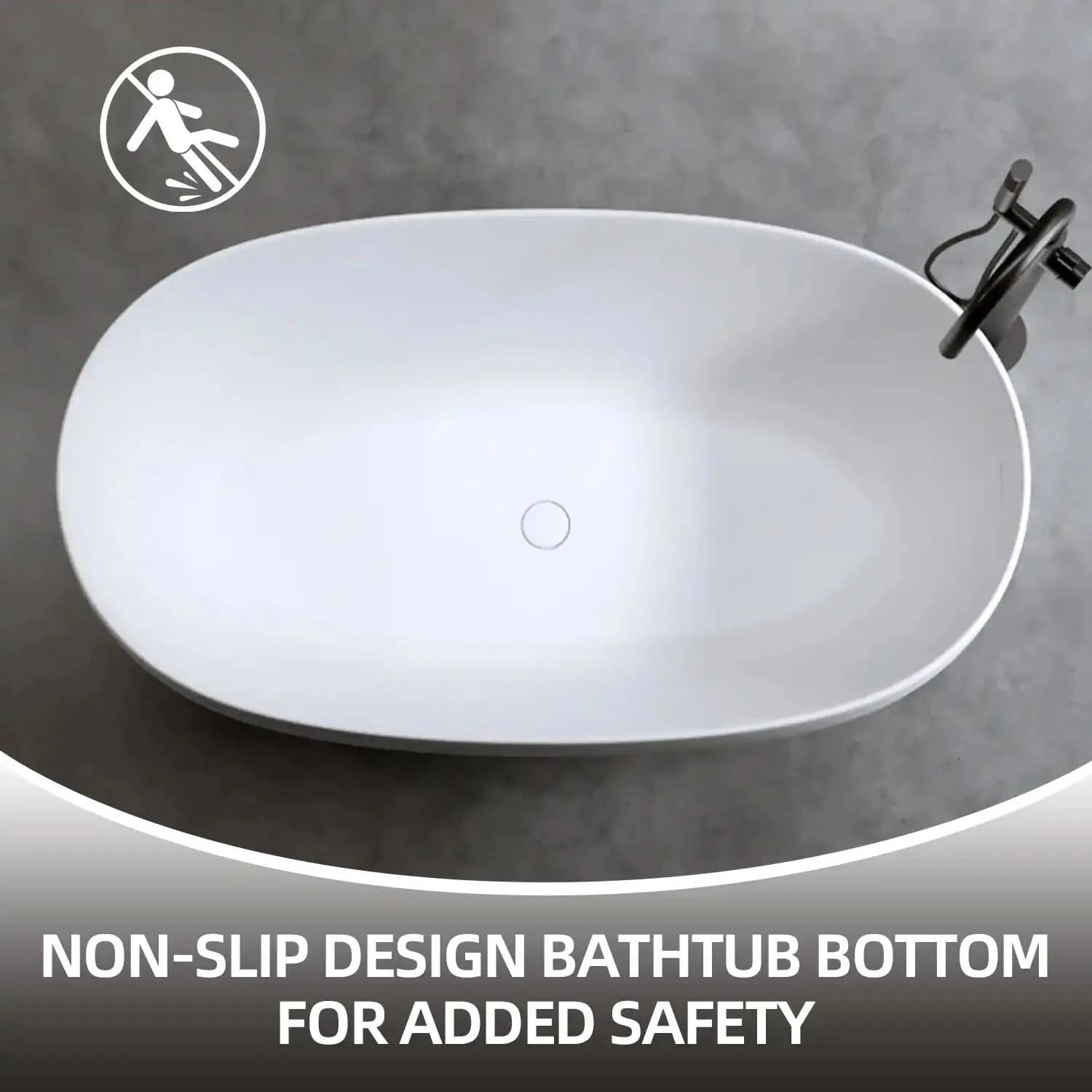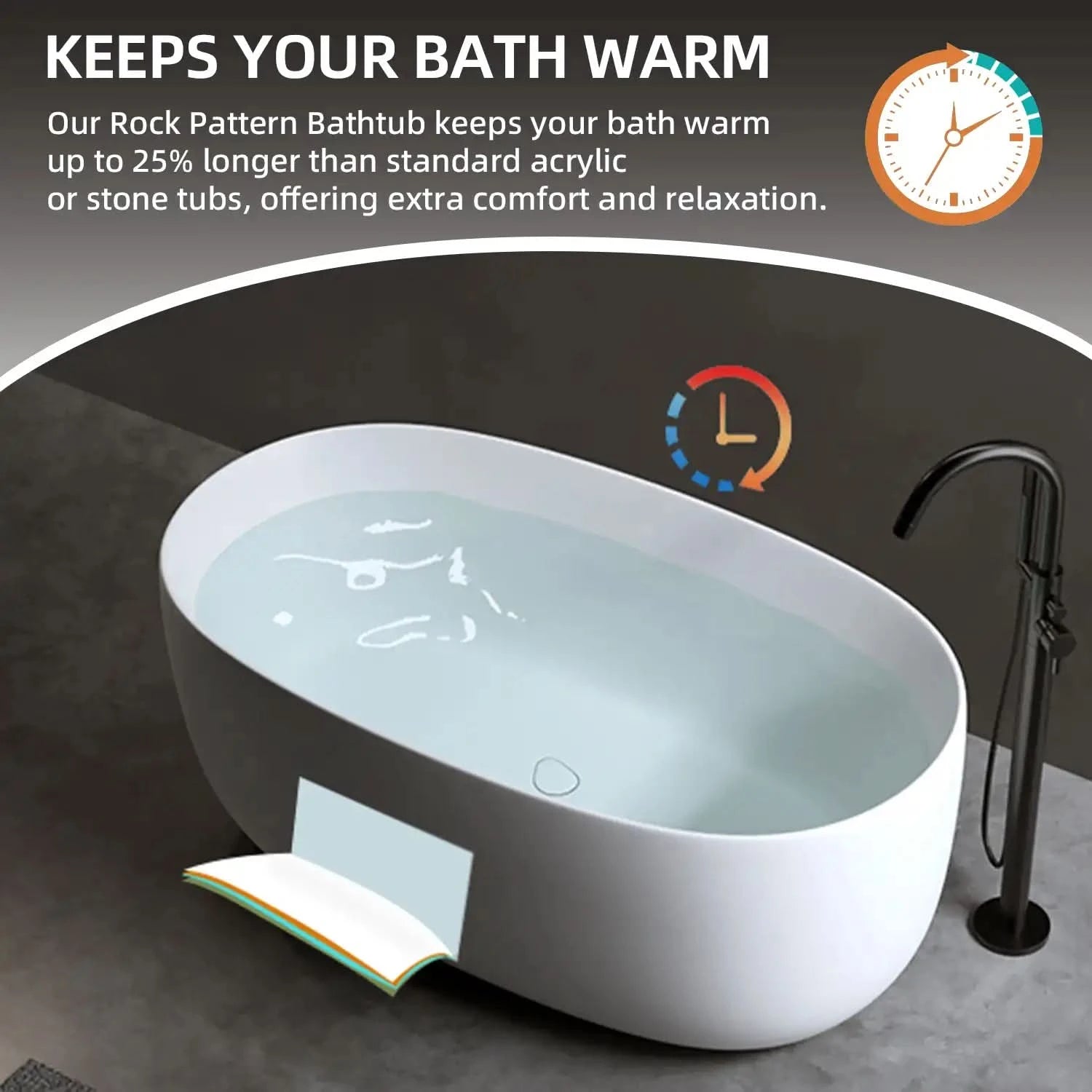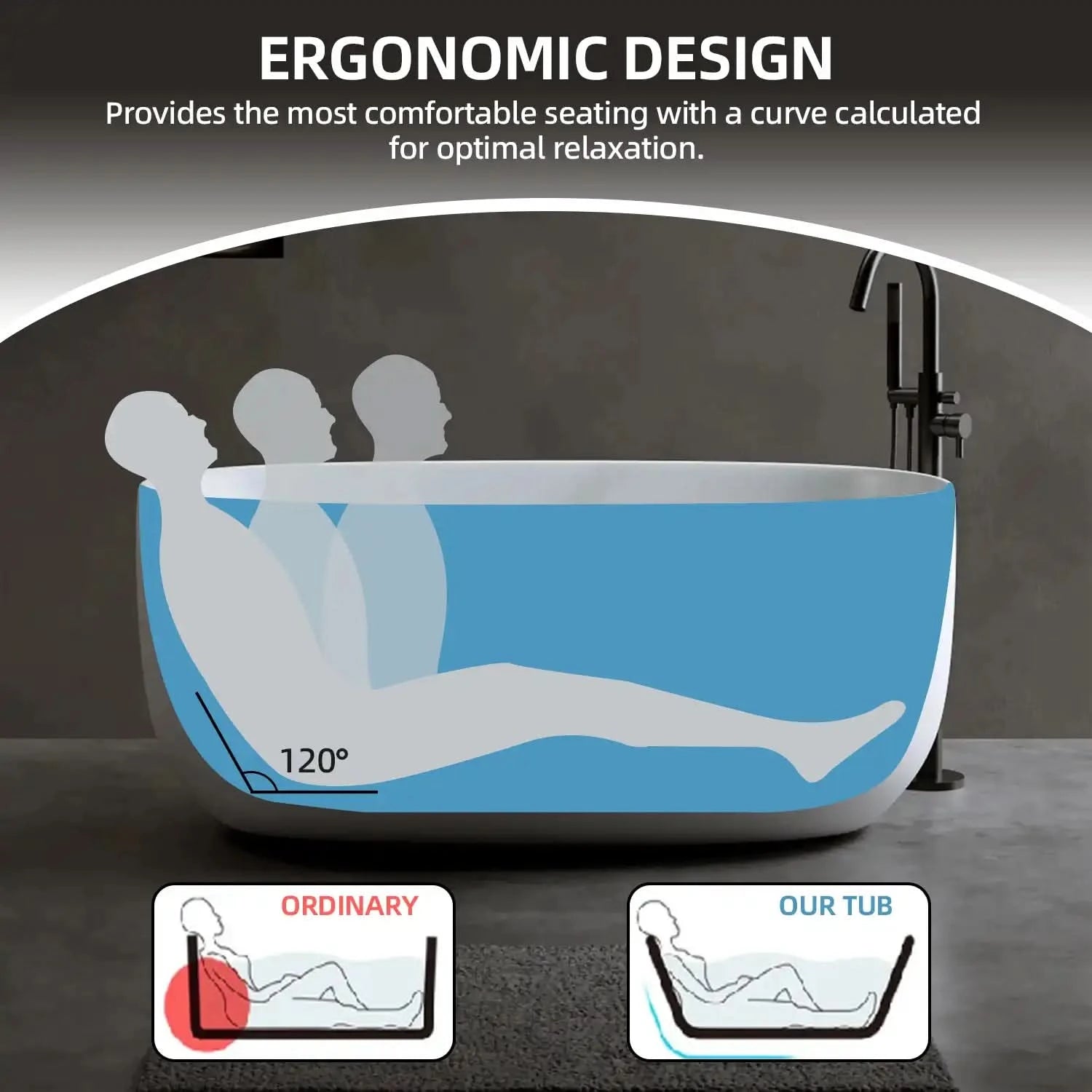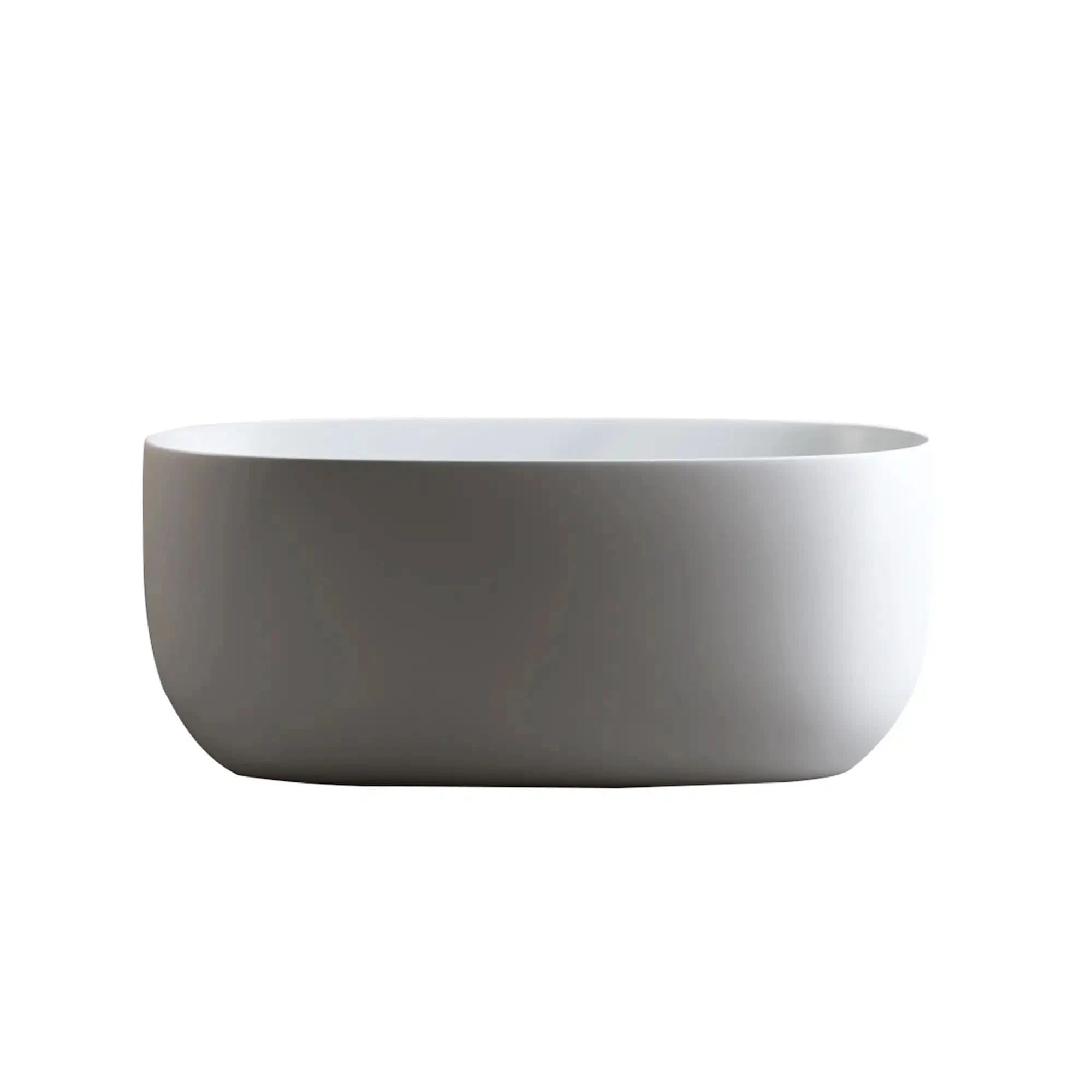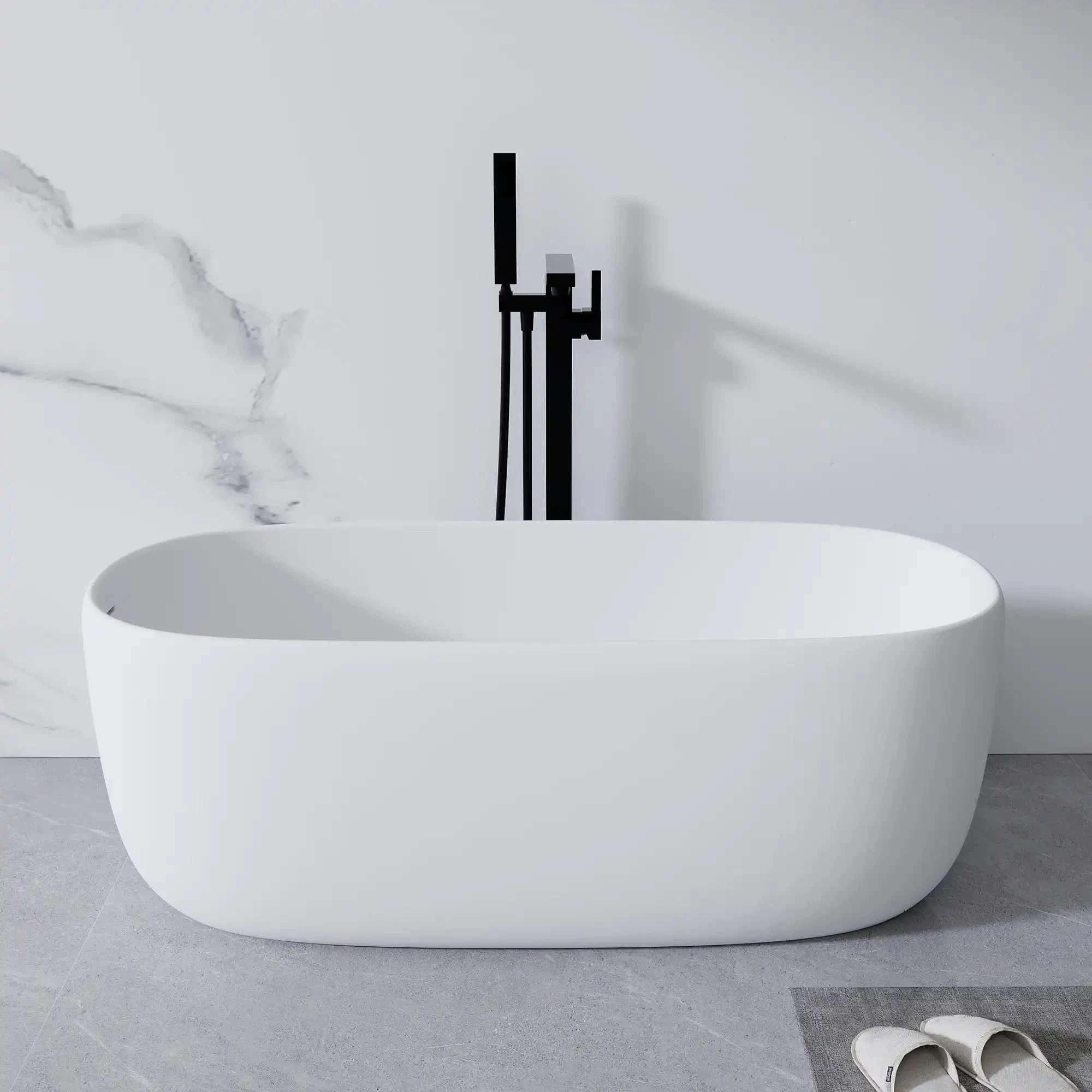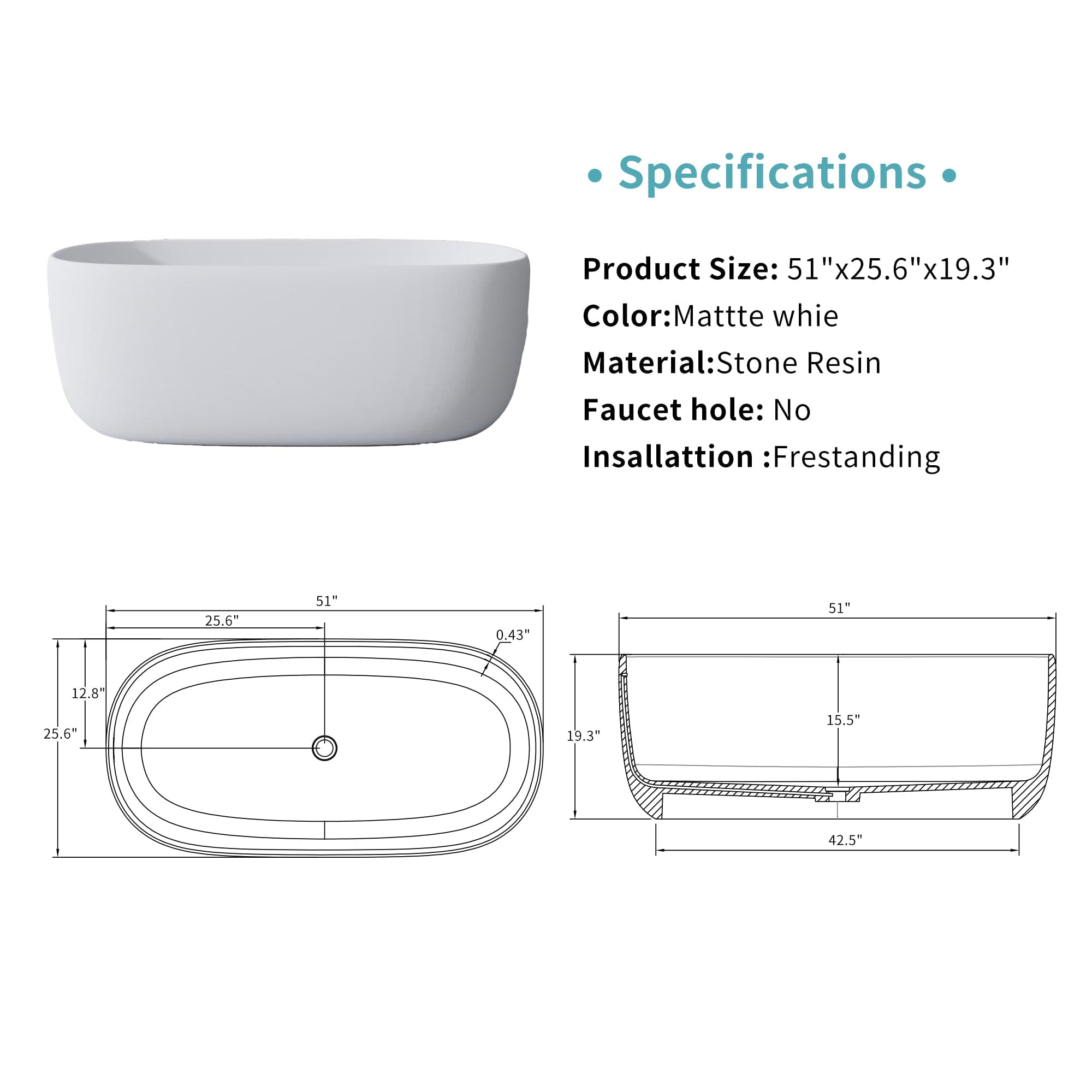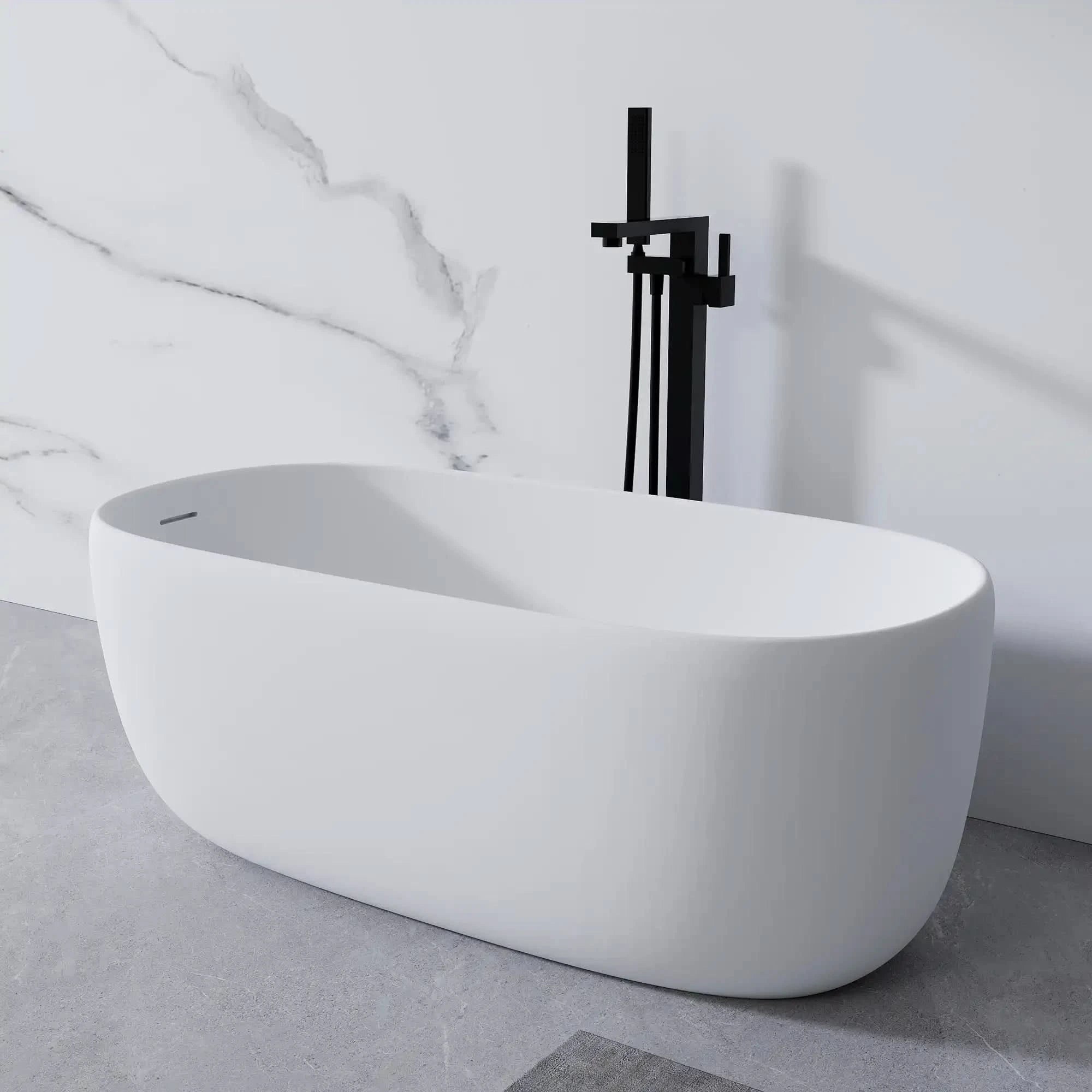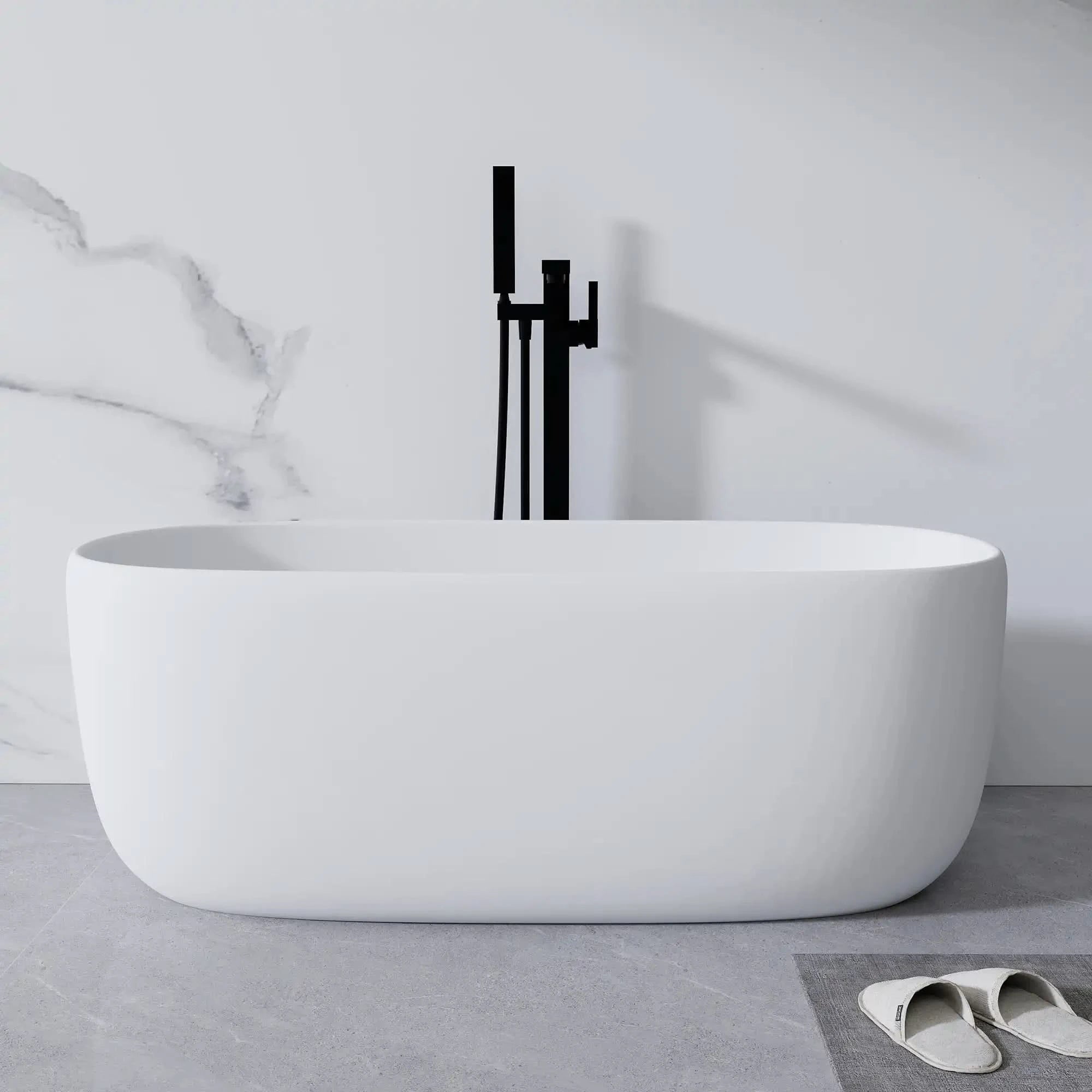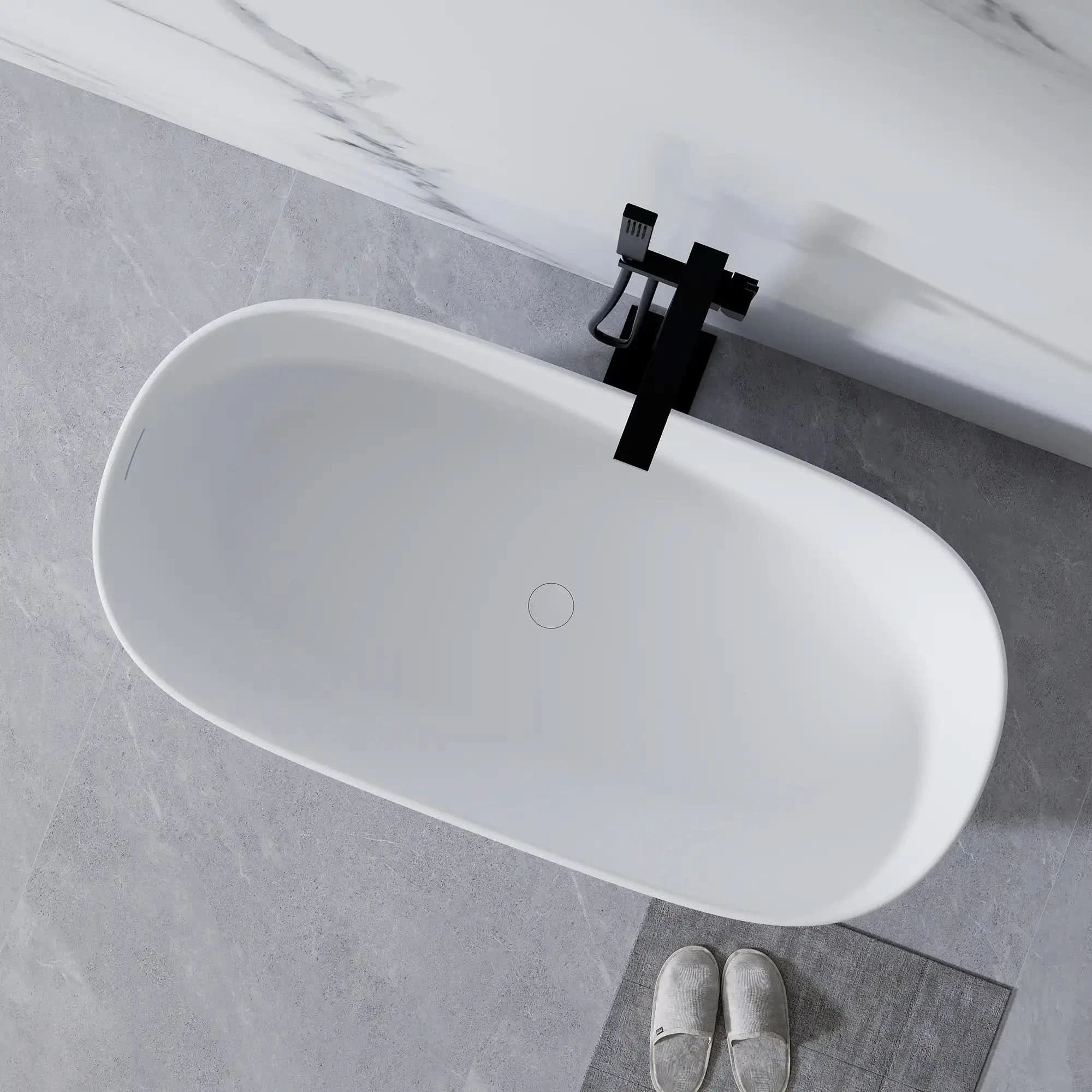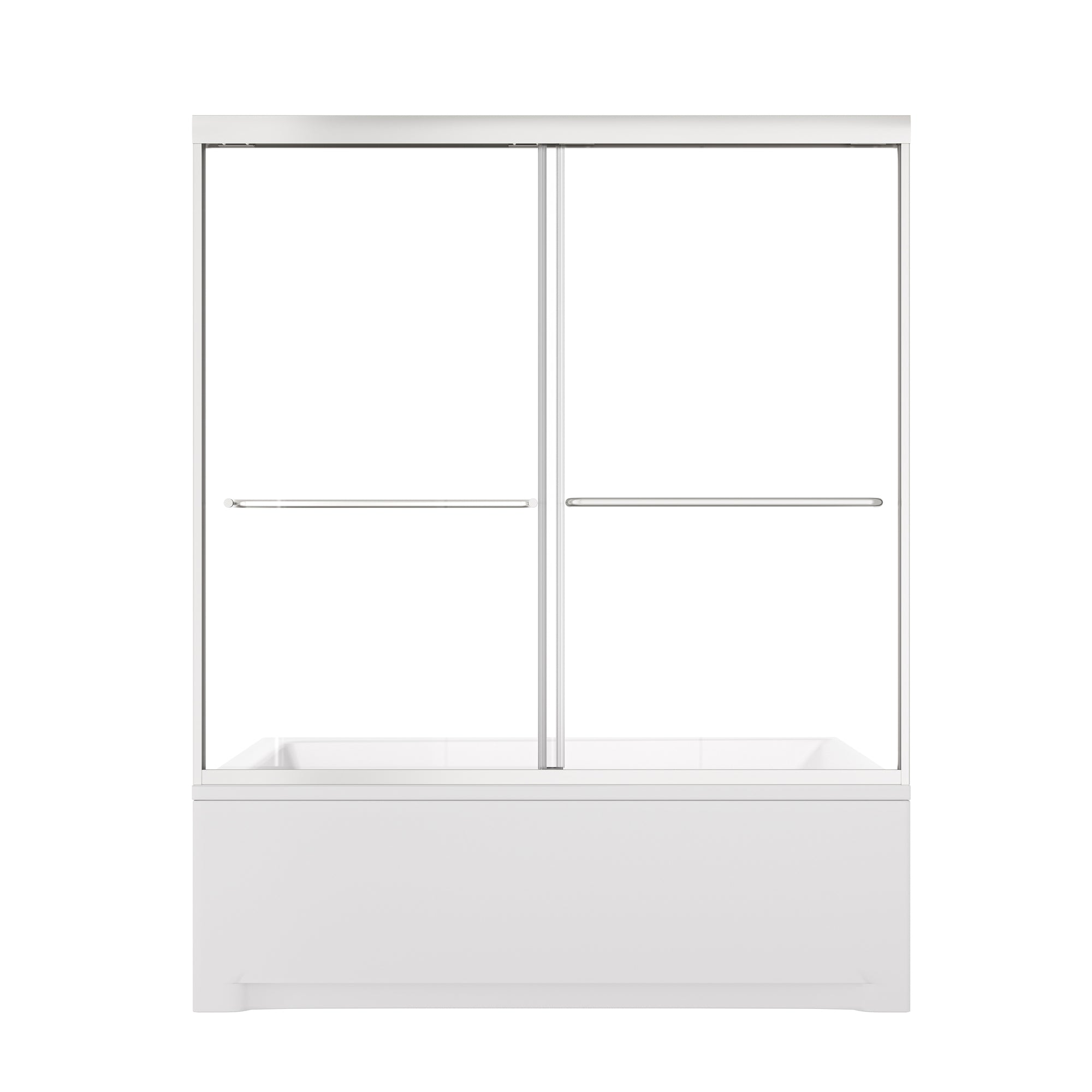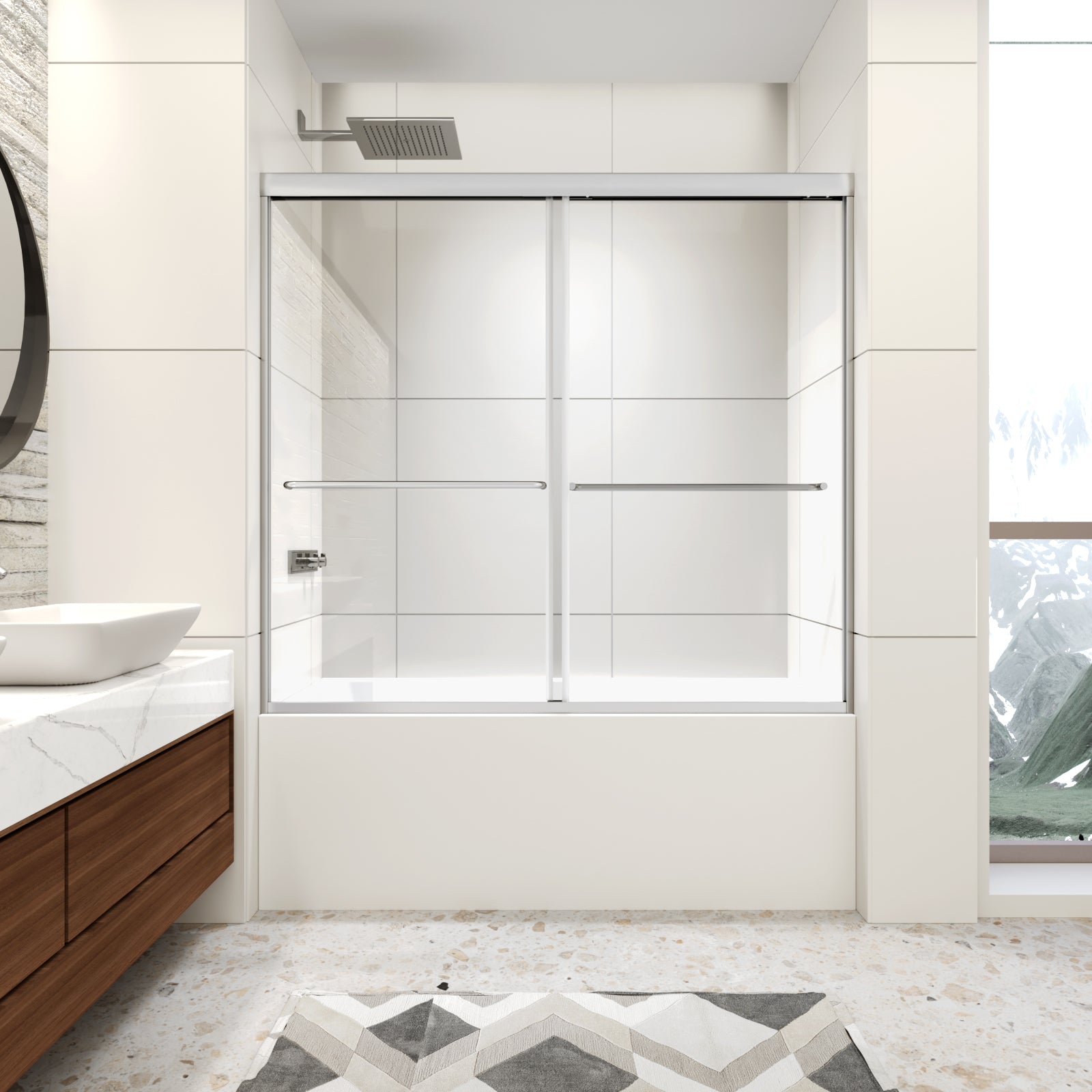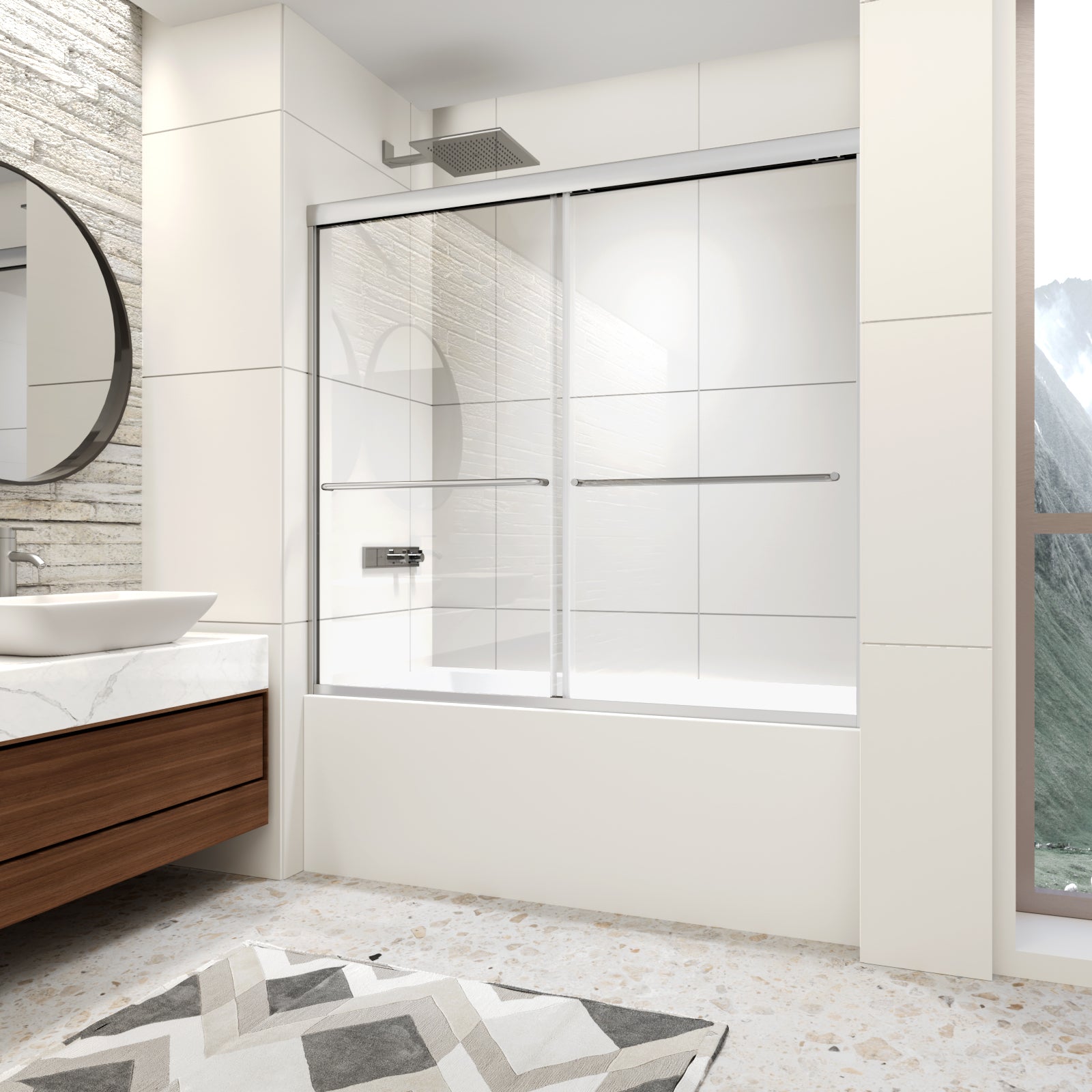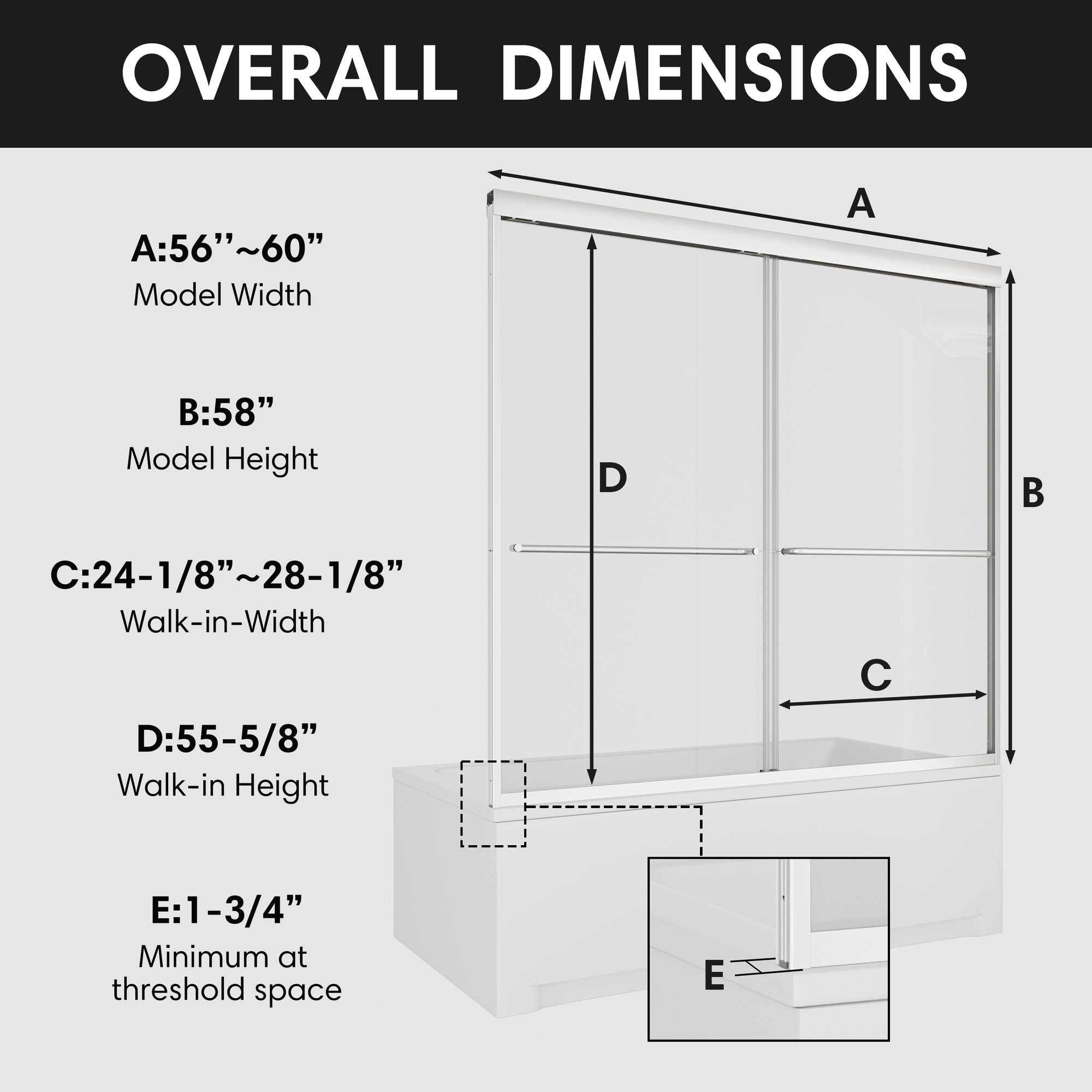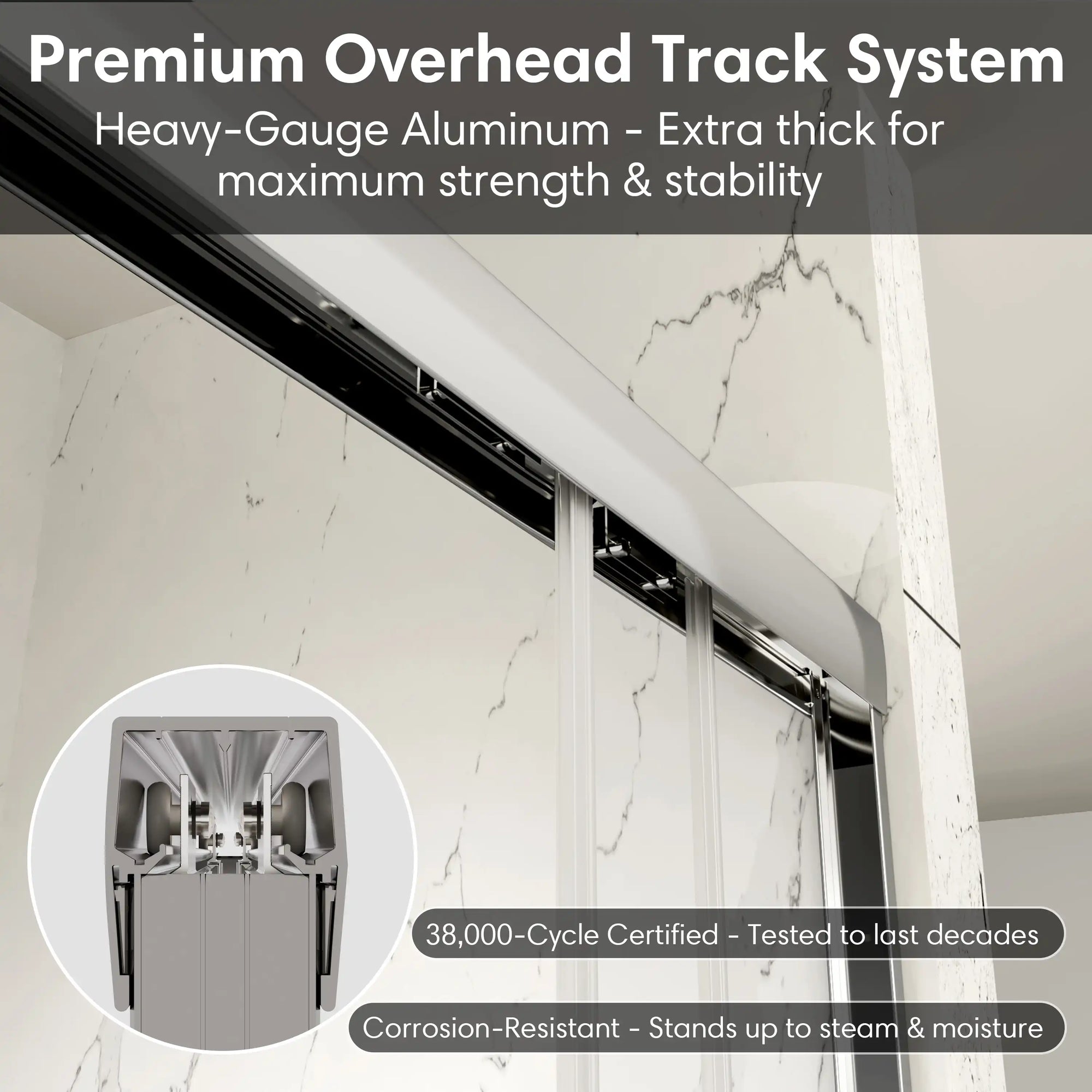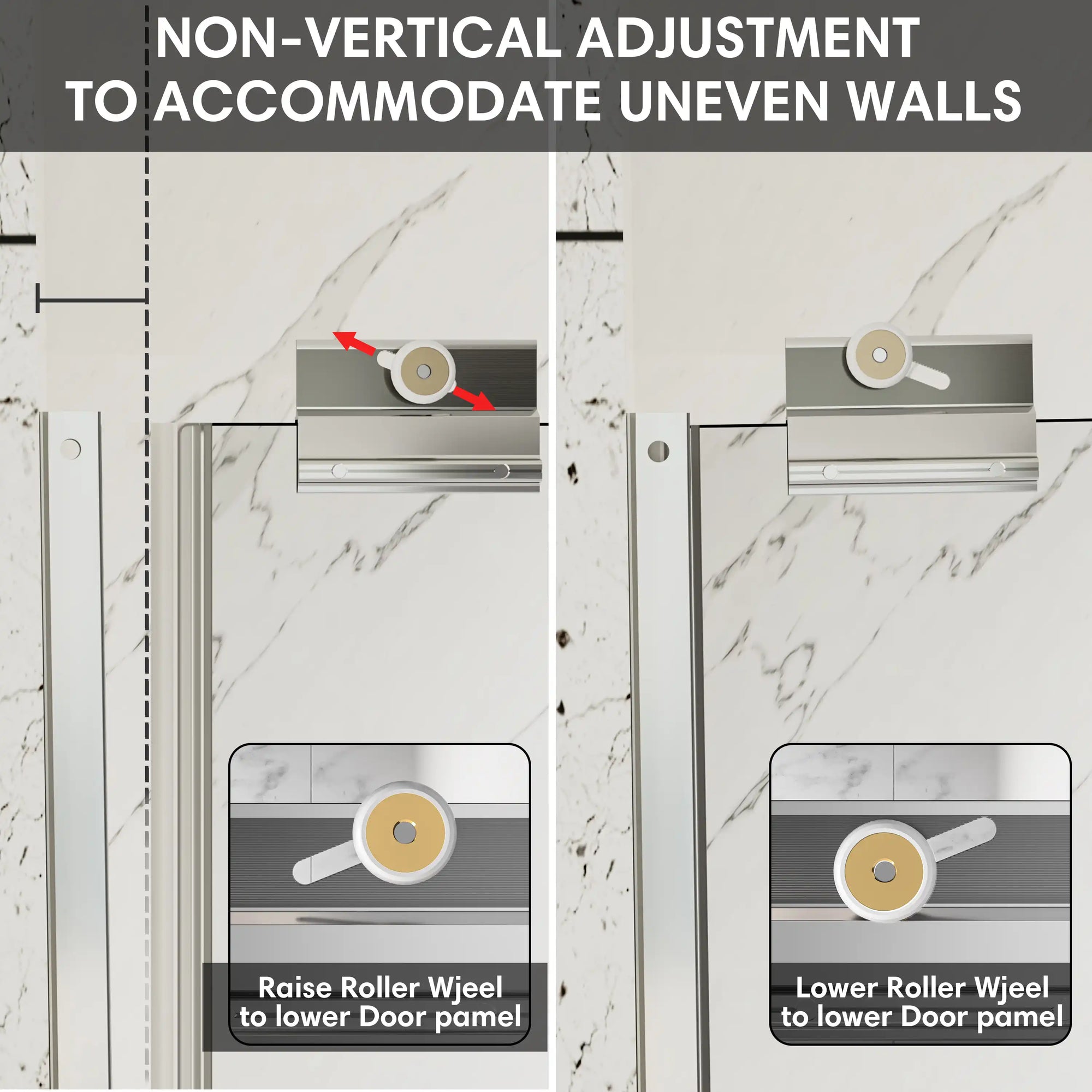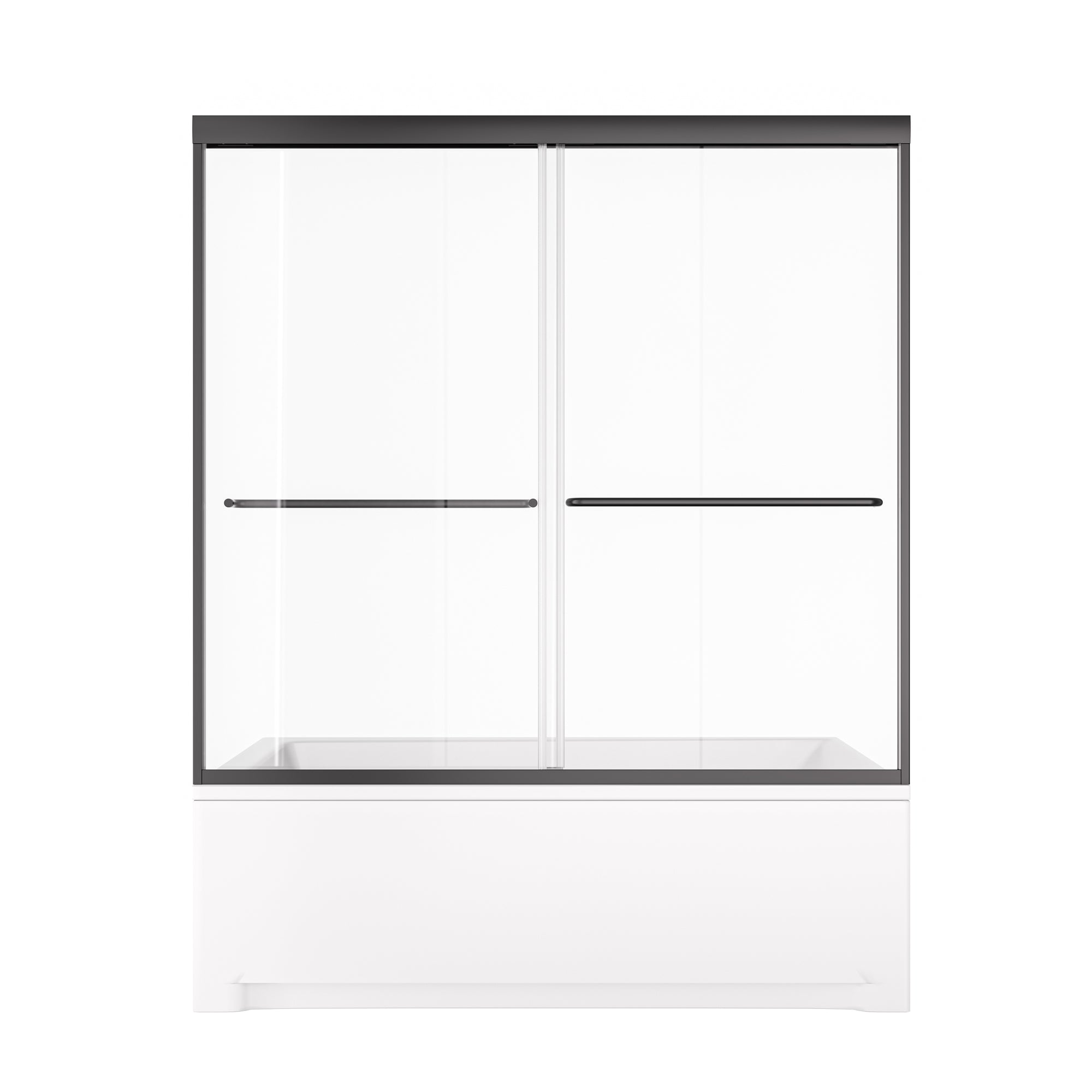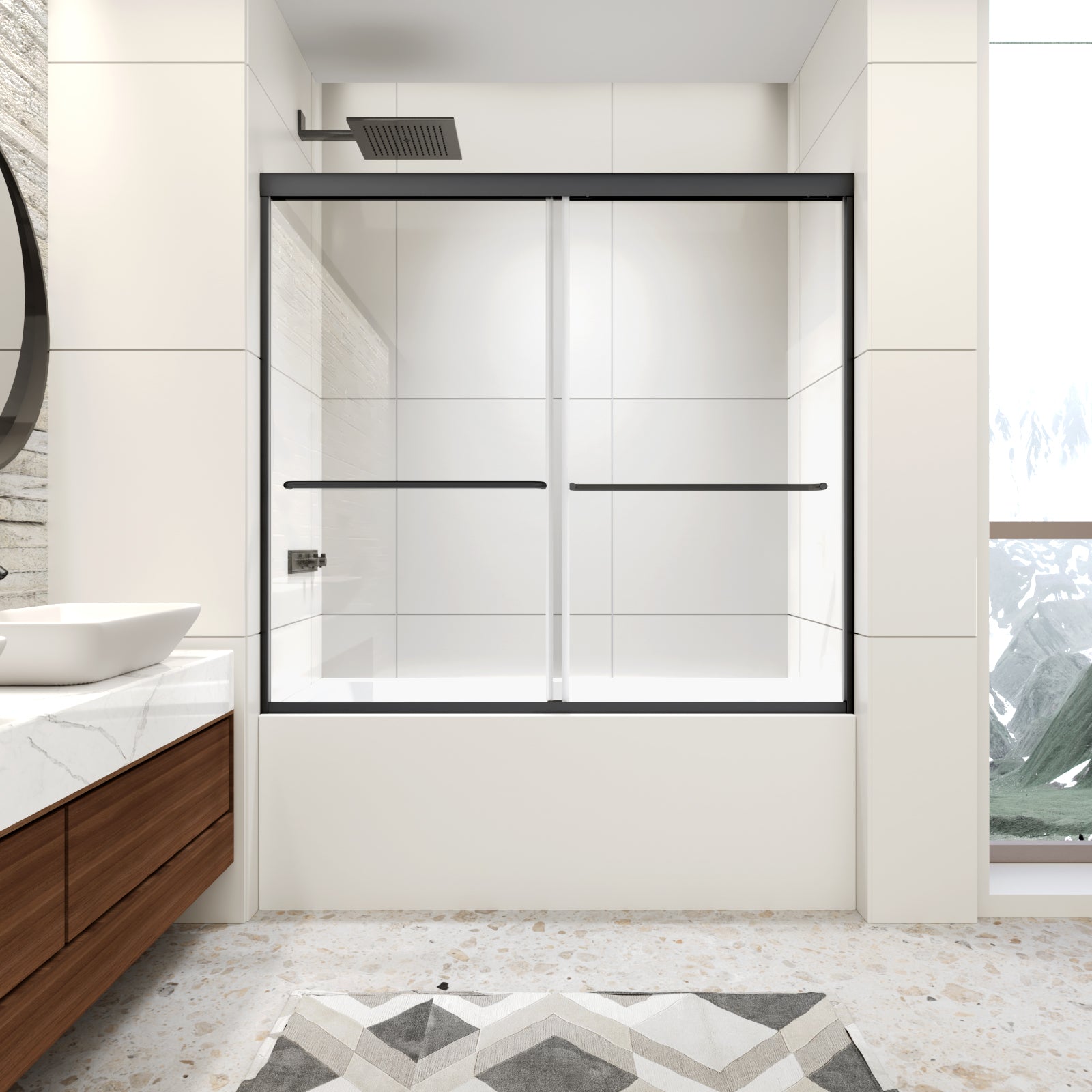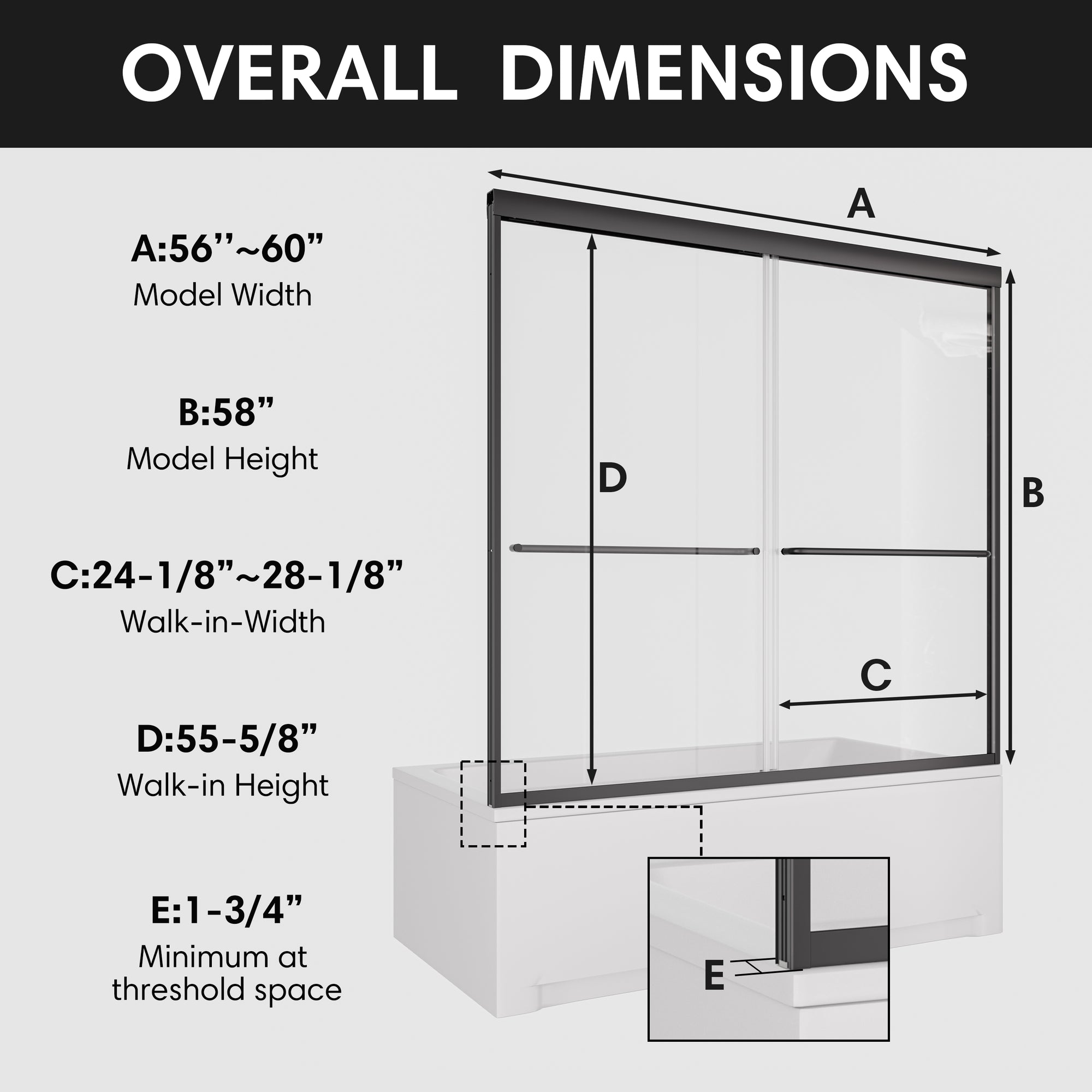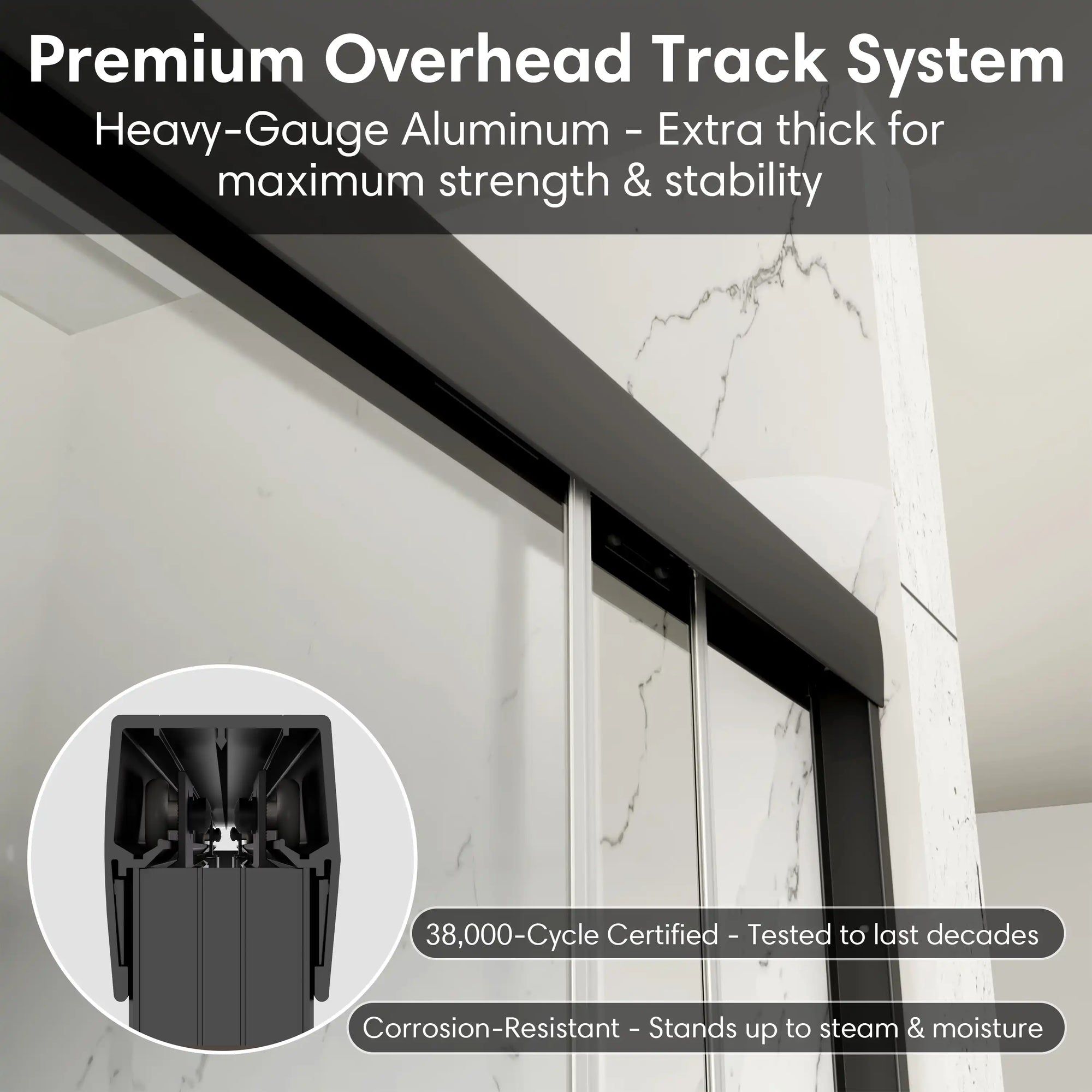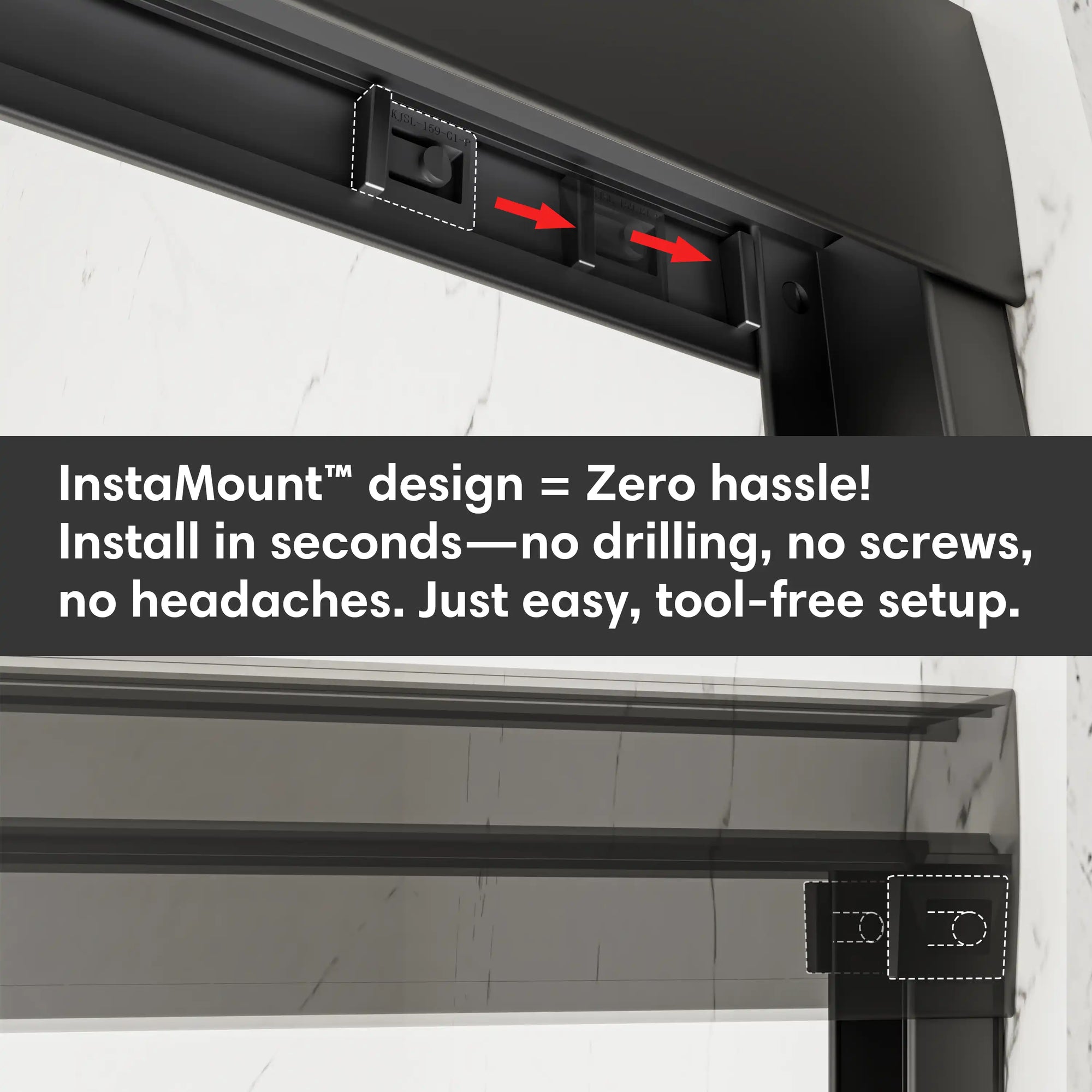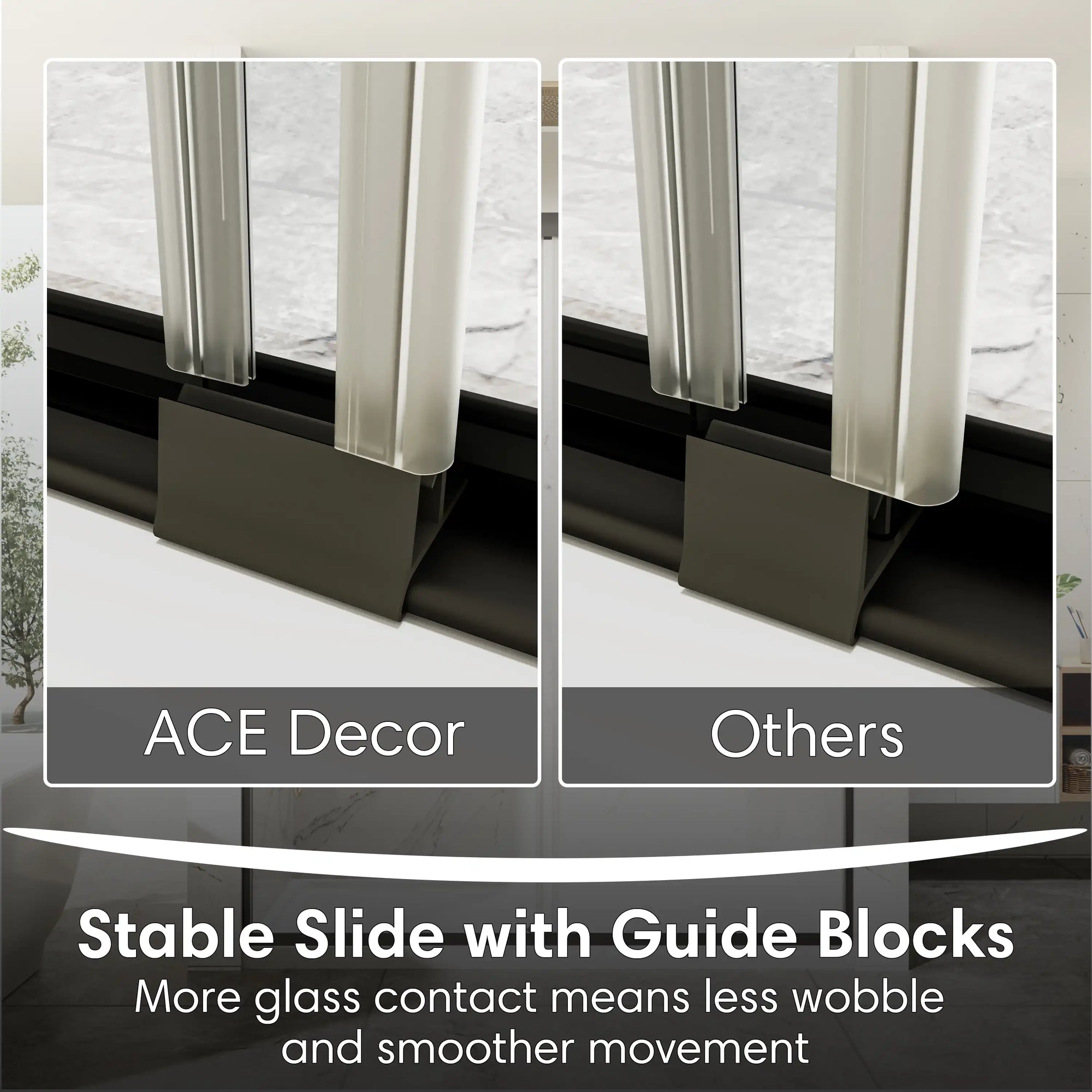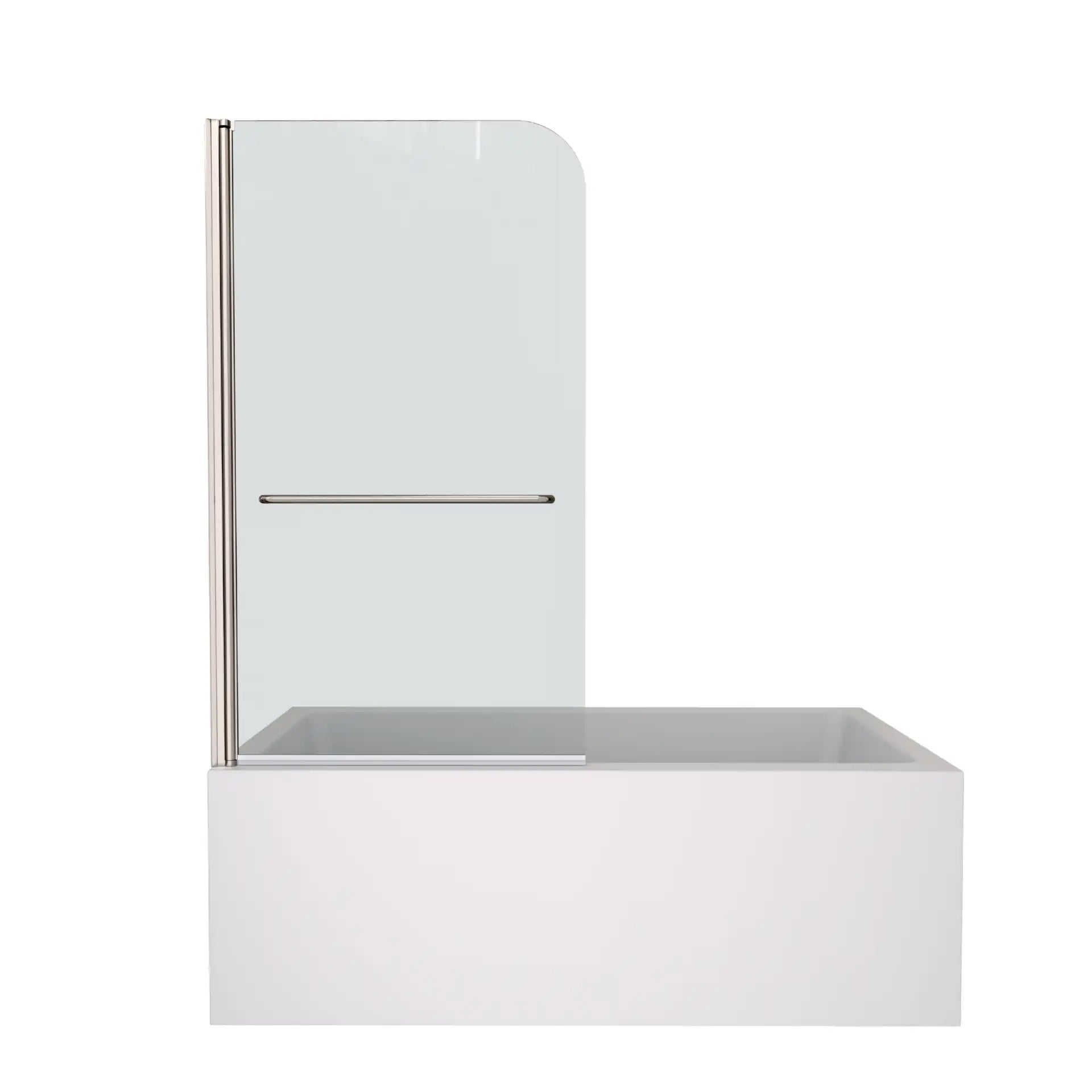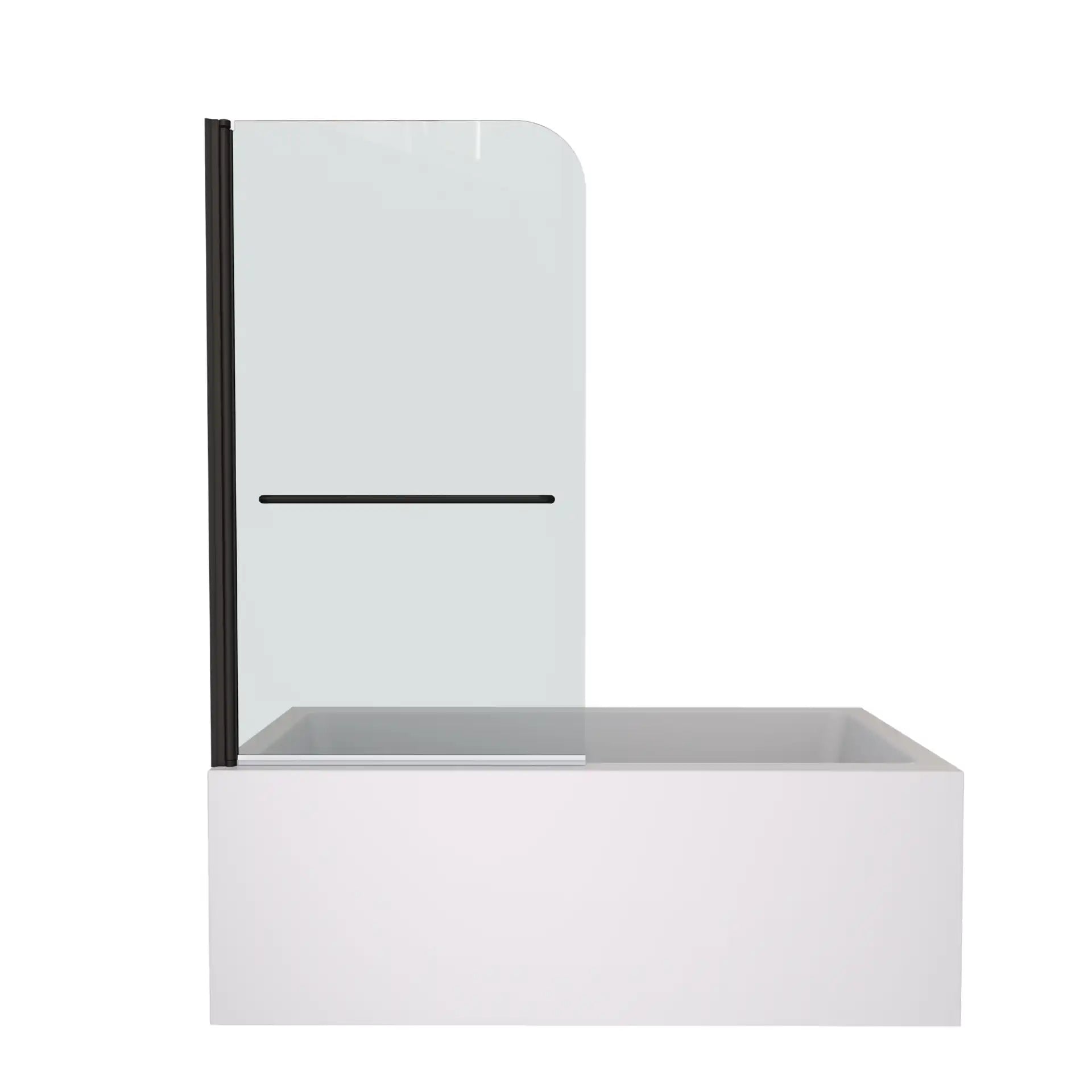Table of Contents
- Heavy: The Weight Behind the Beauty
- Glossy: The Shine That Never Fades
- Timeless: Why Porcelain Still Matters in 2025
- The Secret Comparisons: Porcelain vs Acrylic, Cast Iron, and Stone Resin
- Hidden Costs & Hidden Benefits
- FAQ: Porcelain Freestanding Tub Questions Answered
- Conclusion: Heavy, Glossy, Timeless
-
Related Articles
When you're upgrading your bathroom, the choice of a tub can make or break the entire space. Over the years, I've seen countless remodels where homeowners start with flooring, lighting, or vanities—but in the end, it's the bathtub that becomes the centerpiece. Among all the options out there, the porcelain freestanding tub holds a special place in my heart.
Why? Because it embodies three qualities that matter most in bathroom design: heavy, glossy, timeless. This article will take you inside the "secret life" of porcelain freestanding tubs—their strengths, their challenges, and why they continue to deserve a spot in American homes in 2025.
Heavy: The Weight Behind the Beauty
The first time many homeowners see a porcelain freestanding tub, their reaction is usually the same: "I didn't realize it would be this heavy.” And it's true—these tubs often weigh 350 pounds or more, sometimes even closer to 500 depending on the size. That heft isn't accidental; it comes from the solid cast-iron or steel base beneath the glossy porcelain enamel.
From an industry perspective, that weight is both the challenge and the reward. A porcelain freestanding tub isn't the kind of fixture you can simply slide into place. It usually requires a professional crew to move it, and for upstairs bathrooms, flooring reinforcement may be necessary. That can add cost to the project, but it ensures long-term safety and stability.
The benefit of all that weight, however, is undeniable. Unlike lighter acrylic tubs, a porcelain freestanding tub feels solid and permanent once installed. Many homeowners describe it as more like a piece of built-in architecture than a replaceable fixture. In fact, some contractors I've worked with in California told me that families who opted for floor reinforcement never regretted the decision. For them, the stability and durability outweighed the inconvenience of a heavier tub.
So while porcelain freestanding tubs may not be the easiest to install, their heaviness is exactly what gives them character and lasting value—qualities that continue to matter for homeowners investing in bathroom upgrades that stand the test of time.
Glossy: The Shine That Never Fades
When people talk about a porcelain freestanding tub, they almost always mention the shine. That glossy surface is more than cosmetic—it's a signal of cleanliness, durability, and timeless style. Unlike acrylic tubs, which can sometimes look "plastic" in bright light, porcelain has a depth to its finish that feels closer to glass or ceramic tile.
How the Gloss Transforms a Space

1. Minimalist homes
In a modern, pared-back bathroom, the reflective white surface becomes the natural focal point. Even in small suburban bathrooms, it helps bounce light and makes the space feel larger.

2. Traditional designs
Pair a porcelain freestanding tub with warm wood cabinetry or subway tile, and the contrast elevates the entire room. Homeowners often tell me it’s the “finishing touch” that ties the design together.
Why the Shine Lasts
That glass-like surface comes from porcelain enamel fired at extremely high temperatures. The result is a finish that resists stains, soap scum, and discoloration better than many alternatives. With simple upkeep, a porcelain freestanding tub will keep its brightness year after year.
From my own experience: I once visited a client's home nearly ten years after their remodel, and their porcelain freestanding tub looked almost new. The secret wasn't expensive cleaners—it was just their habit of rinsing the tub after use and giving it a gentle wipe-down once a week.
- Rinse after each soak to prevent buildup.
- Use a soft sponge and baking soda paste for the occasional stubborn mark.
- Avoid bleach or abrasive powders that can dull the finish.
A little care goes a long way. Most families are surprised when I tell them that preserving the shine of a porcelain freestanding tub takes less than five minutes a week.
Timeless: Why Porcelain Still Matters in 2025
Every year, new bathroom trends hit the market—sleek matte stone resin tubs, lightweight fiberglass models, or even "smart" bathtubs with built-in heating. With so many options, it's natural to wonder whether porcelain is falling behind. But in reality, the porcelain freestanding tub has held its ground for decades, and in 2025 it's still one of the most dependable choices for homeowners who want both beauty and practicality.
A Classic That Keeps Its Value
In the neighborhoods I often work with across the West Coast, families upgrading their homes aren't just remodeling for themselves. They're also thinking ahead: "What will this add to my home's value?” That's where porcelain stands out.
- Trusted by buyers: When a house listing mentions a porcelain freestanding tub, buyers know it's a durable, quality fixture.
- A safe bet: Unlike bold colors or unusual shapes that may look outdated in a few years, porcelain's glossy white finish is timeless.
- Generational durability: Many tubs last for decades. I've seen homes where the porcelain tub is older than the flooring or even the vanity, and yet it still looks fresh after a little polishing.
The Everyday Luxury Factor
Over the years, I've seen many families weighing the same trade-off: they want something that feels substantial and long-lasting, but they also want a solution that fits comfortably within their budget and lifestyle. The porcelain freestanding tub has long been known for delivering durability and a classic look at a cost lower than cast iron or stone resin.
That said, it does come with certain limitations. Porcelain tubs are heavier and less flexible in terms of shapes and colors, which is why many homeowners today also explore acrylic and stone resin alternatives. Acrylic, for instance, offers excellent heat retention and is far easier to install, while stone resin tubs bring modern textures and design versatility.
From my own follow-up with past projects, I've found that families who chose porcelain freestanding tubs often appreciate how well the enamel finish resists daily wear. Even after years of use, the surface stays bright with only minimal maintenance. Still, many others are equally satisfied with acrylic or stone resin, precisely because those materials better fit their goals for lightweight installation or a more contemporary design.
The Secret Comparisons: Porcelain vs Acrylic, Cast Iron, and Stone Resin
When homeowners ask me, "Which material is best for a freestanding tub?” my honest answer is: it depends on your priorities. I've worked with dozens of remodel projects where each material—porcelain, acrylic, cast iron, and stone resin—found its place. There isn't a one-size-fits-all winner, but there are clear differences that matter if you're planning a remodel.

1. Porcelain Freestanding Tubs
As we’ve discussed, the porcelain freestanding tub is all about stability, gloss, and timeless appeal. It resists scratches and stains, and with regular care, it can look nearly new even after a decade of daily use. The main drawback is weight. In suburban homes where upstairs bathrooms are common, this often means extra planning and installation costs. But for families who value long-term reliability at a reasonable price point, porcelain remains a dependable classic.

2. Acrylic Freestanding Tubs
Acrylic has become the most common choice I see in remodels, and for good reason. It’s lightweight, making it far easier to install—something many of my clients appreciate when they’re trying to keep renovation projects on schedule and budget. Acrylic also offers better heat retention, which is a small but noticeable comfort for anyone who enjoys longer soaks. The trade-off is that the surface is softer, so it can scratch more easily. The upside is that most scratches can be buffed out with simple repair kits. For homeowners who want flexibility in shapes, colors, and styles without the challenges of a heavy tub, acrylic is often the most practical option.

3. Cast Iron Freestanding Tubs
Cast iron is the “heritage” material. It’s unmatched in durability—some cast iron tubs last 50 years or more—but it comes with two big challenges: cost and weight. These tubs are extremely heavy, often heavier than porcelain, and require significant reinforcement. They also sit at the higher end of the price range. I generally recommend cast iron only for projects where historical authenticity or ultra-luxury is the goal. For most families, the weight and installation complexity are dealbreakers.

4. Stone Resin Freestanding Tubs
Stone resin is the modern contender. It offers a matte, contemporary finish that’s very popular in high-end remodels right now. It’s durable, retains heat fairly well, and is less heavy than cast iron but still solid. The main drawback is price: stone resin tubs often cost more than porcelain or acrylic. In my experience, homeowners who choose stone resin usually do so for aesthetic reasons—they want a distinctive, modern statement piece.
Side-by-Side Comparison
| Feature | Porcelain Freestanding Tub | Acrylic Freestanding Tub | Cast Iron Freestanding Tub | Stone Resin Freestanding Tub |
|---|---|---|---|---|
| Durability | Resists scratches/stains, can chip | Softer surface, scratches repairable | Extremely durable, lasts decades | Durable, resists wear |
| Weight | Heavy, needs reinforcement upstairs | Lightweight, easy to install | Very heavy, challenging to install | Medium-heavy |
| Heat Retention | Moderate, loses heat faster | Excellent, keeps water warmer longer | Good | Good |
| Design Options | Mostly classic white, limited shapes | Wide variety of styles and colors | Mostly traditional styles | Modern, matte finishes |
| Cost | Affordable to mid-range | Mid-range | High | Higher-end |
| Best For | Families wanting a classic, reliable option | Homeowners seeking flexible design and easy install | Luxury or heritage projects | Modern, design-driven remodels |
My Advice to Homeowners
For families I work with—35 to 65 years old, often upgrading a master or guest bath in a suburban home—the decision usually comes down to porcelain or acrylic. If you value a timeless, durable surface, the porcelain freestanding tub will serve you well. If you're more concerned about installation ease, modern design variety, and heat retention, acrylic often makes more sense.
Stone resin and cast iron both have their place, but they typically appeal to more specialized projects—either high-end design statements or historic restorations.
So the "best" freestanding tub isn't about a single winner. It's about what aligns with your home, your budget, and the way your family actually uses the bathroom every day.
Hidden Costs & Hidden Benefits
In my years of working with homeowners on bathroom upgrades, I've noticed that many people focus only on the price tag of the tub itself. But with a porcelain freestanding tub, the real story lies in what's less obvious—the hidden costs and the hidden benefits that come after the purchase.
Hidden Costs to Be Aware Of
- Installation Complexity —— A porcelain freestanding tub is heavy—often over 350 pounds. That means moving it into your home and setting it in place is not a simple DIY project. Professional installation is almost always required, and if you're remodeling a bathroom on the second floor, reinforcing the floor joists may add to the expense. I've seen families budget $1,200 for the tub, only to realize installation added another $400–$800 to the project.
- Delivery Logistics —— Because of the weight, delivery often requires more than one person, special equipment, or even a temporary removal of doors or windows. These small logistical details can create extra costs if they're not planned in advance.
- Repair Challenges —— Porcelain enamel is strong, but if it chips, the repair process is more delicate than with acrylic. Small repair kits can help, but larger chips may require professional refinishing, which can be more costly than expected.
Hidden Benefits Many Homeowners Overlook
From what I've observed in remodel projects, the advantages of a porcelain freestanding tub often show themselves quietly over time:
- Lasts for Decades: Once installed, porcelain tubs hold their finish far longer than many alternatives. I've seen units still looking bright after ten years of daily use, with only routine rinsing and mild cleaners.
- Signals Quality in the Home: Realtors often tell me that buyers view a porcelain tub as a mark of reliability. It may not add thousands to a sale price, but it does make a bathroom feel more complete and valuable.
- Simple Upkeep, Low Cost: Unlike some modern finishes that need special products, porcelain cleans easily with basic supplies. That saves families both time and money on long-term maintenance.
FAQ: Porcelain Freestanding Tub Questions Answered
1. Is a porcelain freestanding tub too heavy for my home?
From my experience, weight is the number-one concern homeowners raise. A typical porcelain freestanding tub can weigh 350–500 pounds before adding water. For first-floor bathrooms, that's rarely an issue. For upstairs remodels, flooring reinforcement may be required. I always advise families to budget for a professional installer—once set in place, the tub becomes a stable, long-term fixture.
2. How does porcelain compare to acrylic when it comes to everyday use?
Acrylic tubs are lighter and hold heat better, while porcelain freestanding tubs stand out for their durability and classic glossy finish. I've seen porcelain hold up against scratches and discoloration far better than acrylic. If your priority is longevity and low maintenance, porcelain is the stronger choice. If you want easy installation and design flexibility, acrylic may be worth considering.
3. Does a porcelain freestanding tub require special cleaning products?
No. That's one of the advantages. In my projects, I recommend simple, non-abrasive cleaners—baking soda paste, mild bathroom cleaners, or even warm water with dish soap. Harsh powders or steel wool should be avoided, but routine care is quick and inexpensive.
4. Will a porcelain freestanding tub increase my home’s resale value?
While it may not change the appraised number dramatically, real estate agents I've spoken with confirm that buyers consistently view porcelain tubs as a sign of quality. A bathroom with a porcelain freestanding tub often makes a stronger impression during showings, which can help your home stand out in competitive markets.
5. How long can I expect a porcelain freestanding tub to last?
With proper care, decades. I've seen porcelain tubs in family homes that are 15–20 years old and still in excellent condition. Chips can happen if heavy objects are dropped, but if those are repaired promptly, the tub's lifespan is impressively long.
Conclusion: Heavy, Glossy, Timeless
After years of working with homeowners across the West Coast, one thing has become clear to me: bathroom upgrades aren't just about style, they're about smart decisions that last. The porcelain freestanding tub remains a classic choice because it delivers on what families value most—durability, low maintenance, and a finish that stays beautiful for decades.
Yes, the weight means more planning at the start, and installation can cost more than with lighter materials. But once it's in place, a porcelain freestanding tub doesn't ask much from you. It resists stains, cleans easily, and keeps its glossy look with minimal effort. For many suburban families balancing cost and quality, that combination makes it one of the most reliable long-term investments in a bathroom remodel.
So if you're considering an upgrade, ask yourself what matters most: easy installation and design flexibility, or stability and proven longevity. From my experience, when homeowners choose porcelain, they do so because they want a fixture that feels permanent—something heavy, glossy, and timeless that will serve their household for years to come.
Related Articles
Looking to explore more insights before your next bathroom upgrade? Here are a few resources that go deeper into materials, design choices, and care tips beyond the porcelain freestanding tub.
- "Can't Fit a Full-Sized Tub? Small Bathtubs Are the Answer to Your Design Dilemma"
- "The Role of Freestanding Bathtubs in a Parisian-Inspired Apartment"
- "How to Remove Bathtub Drain Like a Pro Without Calling a Plumber?"
- "Is a Freestanding Bathtub the Perfect Match for Your Bathroom Style?"
- "7 Reasons You Need a Jetted Bathtub in Your Bathroom"
- "Is Fiberglass Composite Bathtub Good for High Traffic Families?"
- "Deep Alcove vs. Freestanding Tubs: Which One Suits Your Bathroom Best?"


